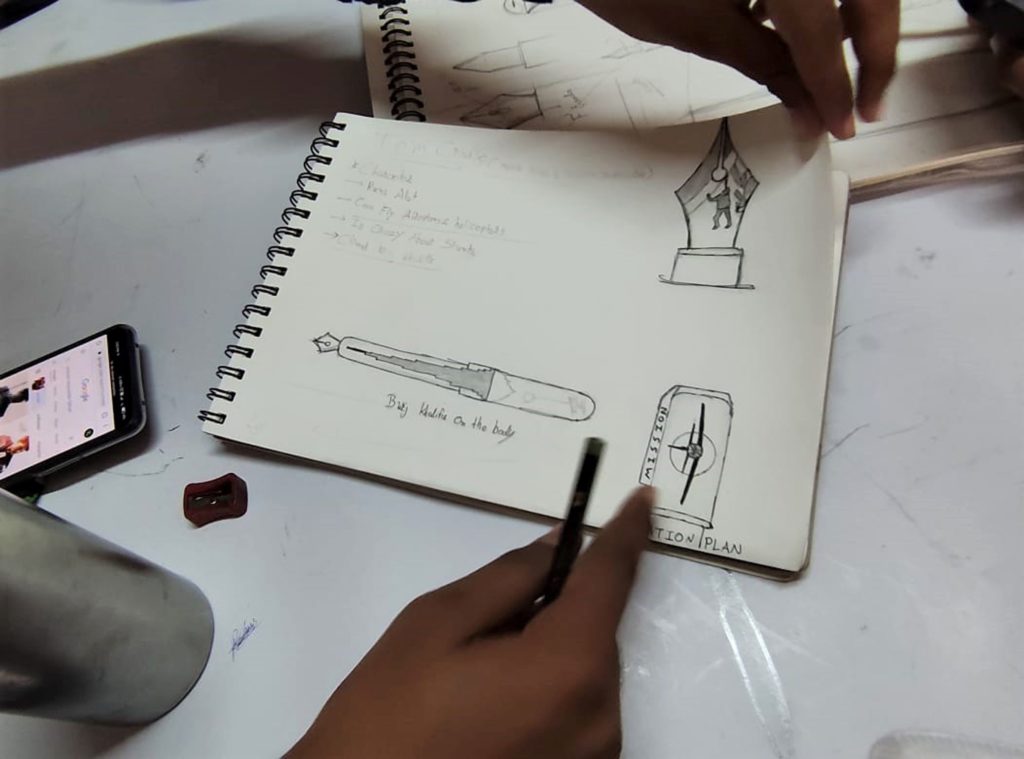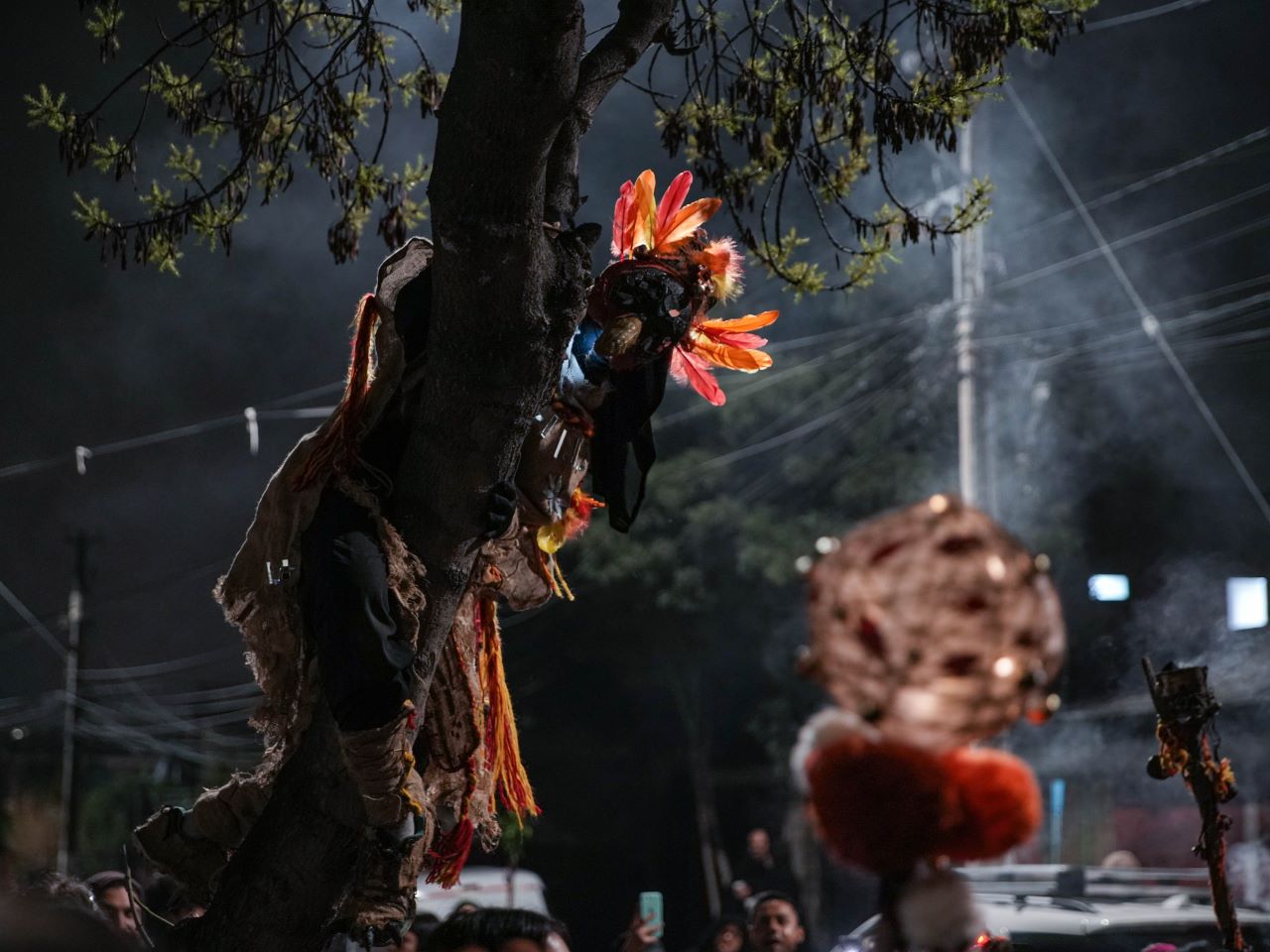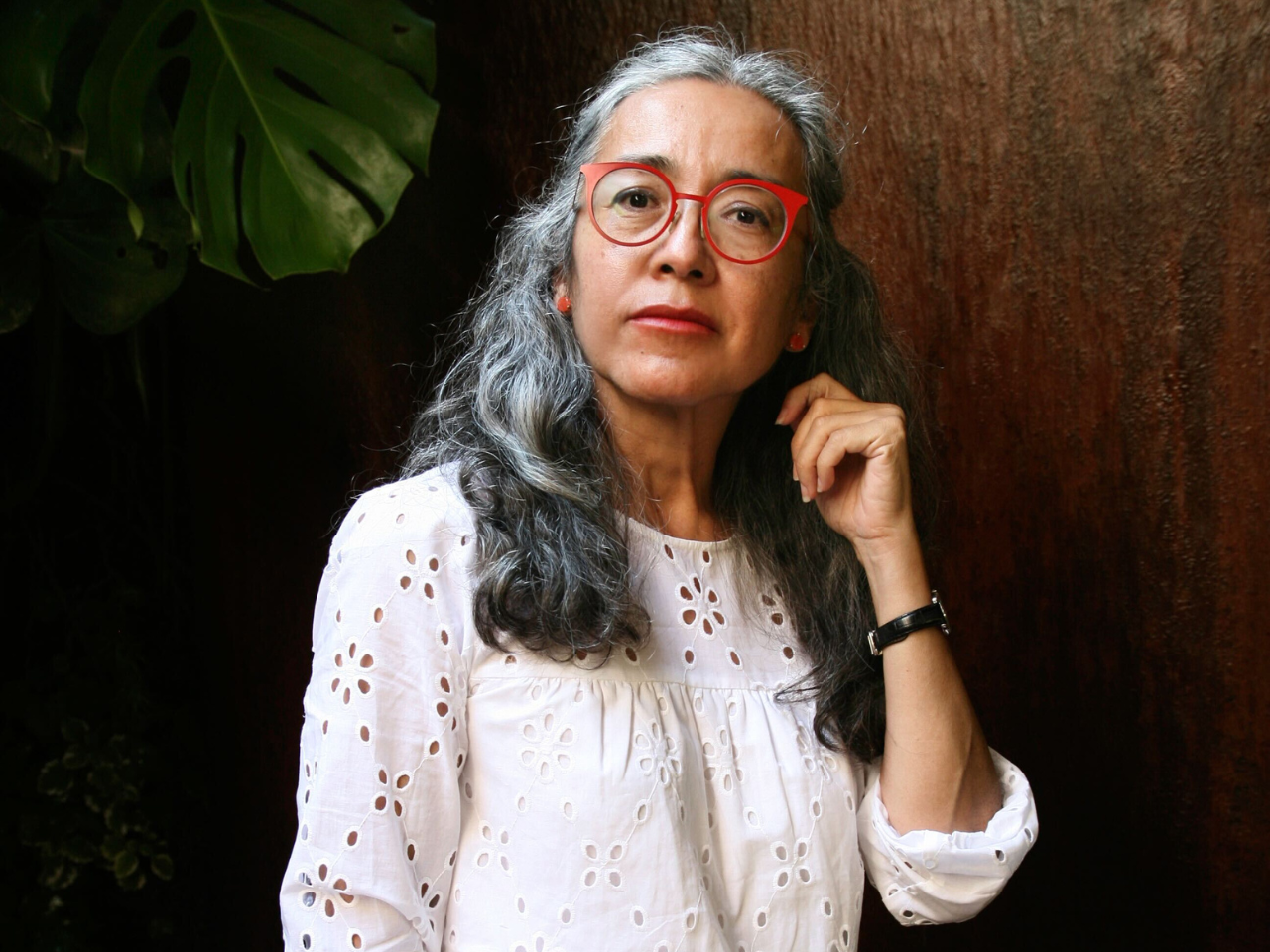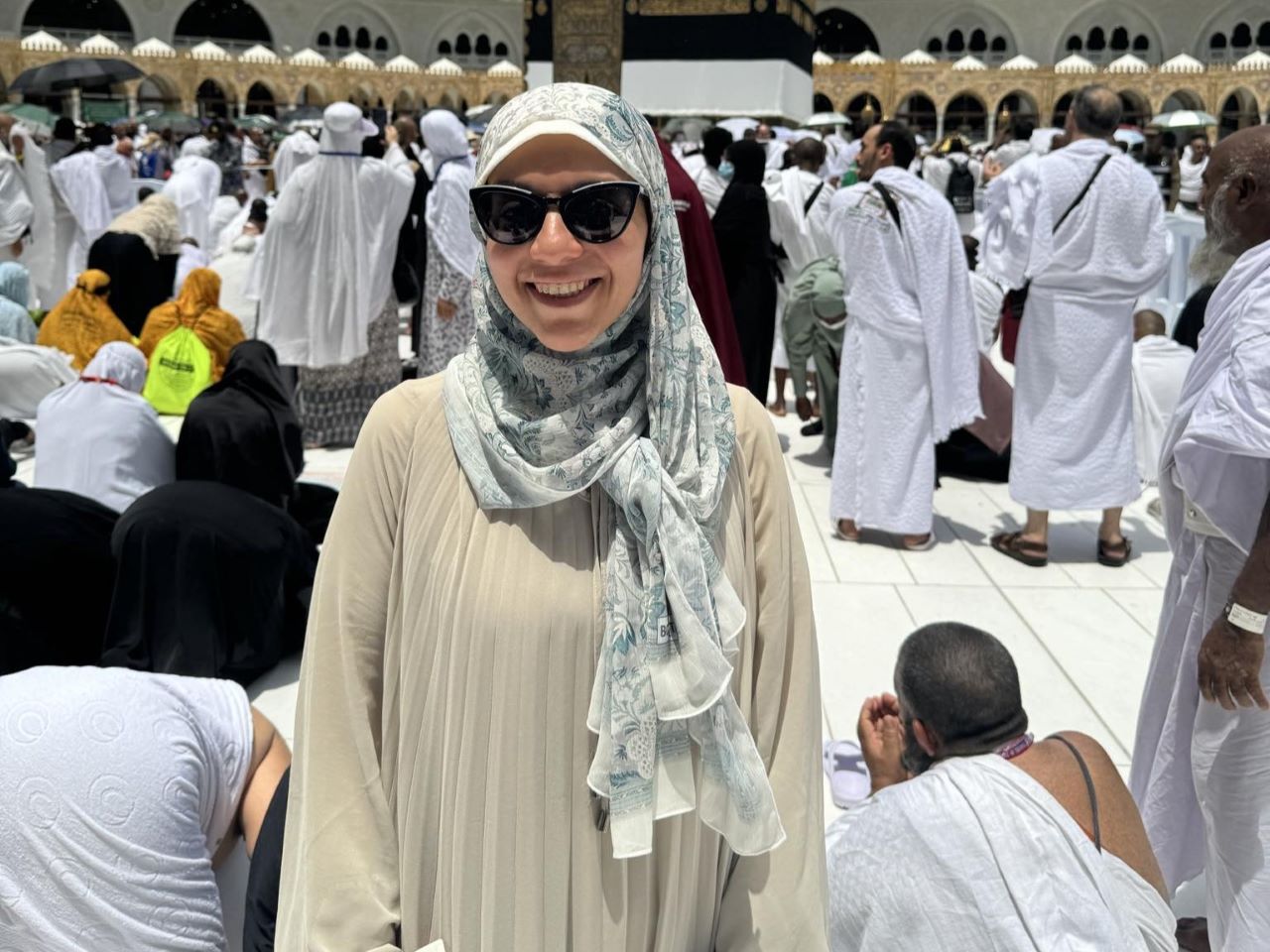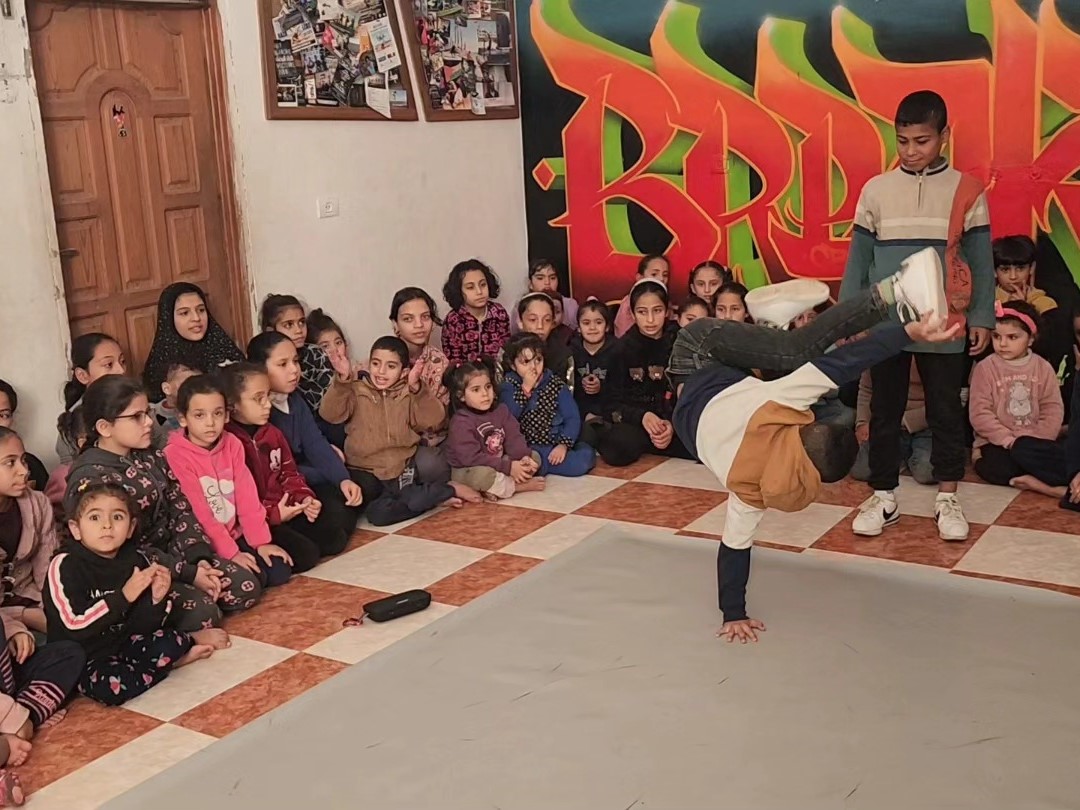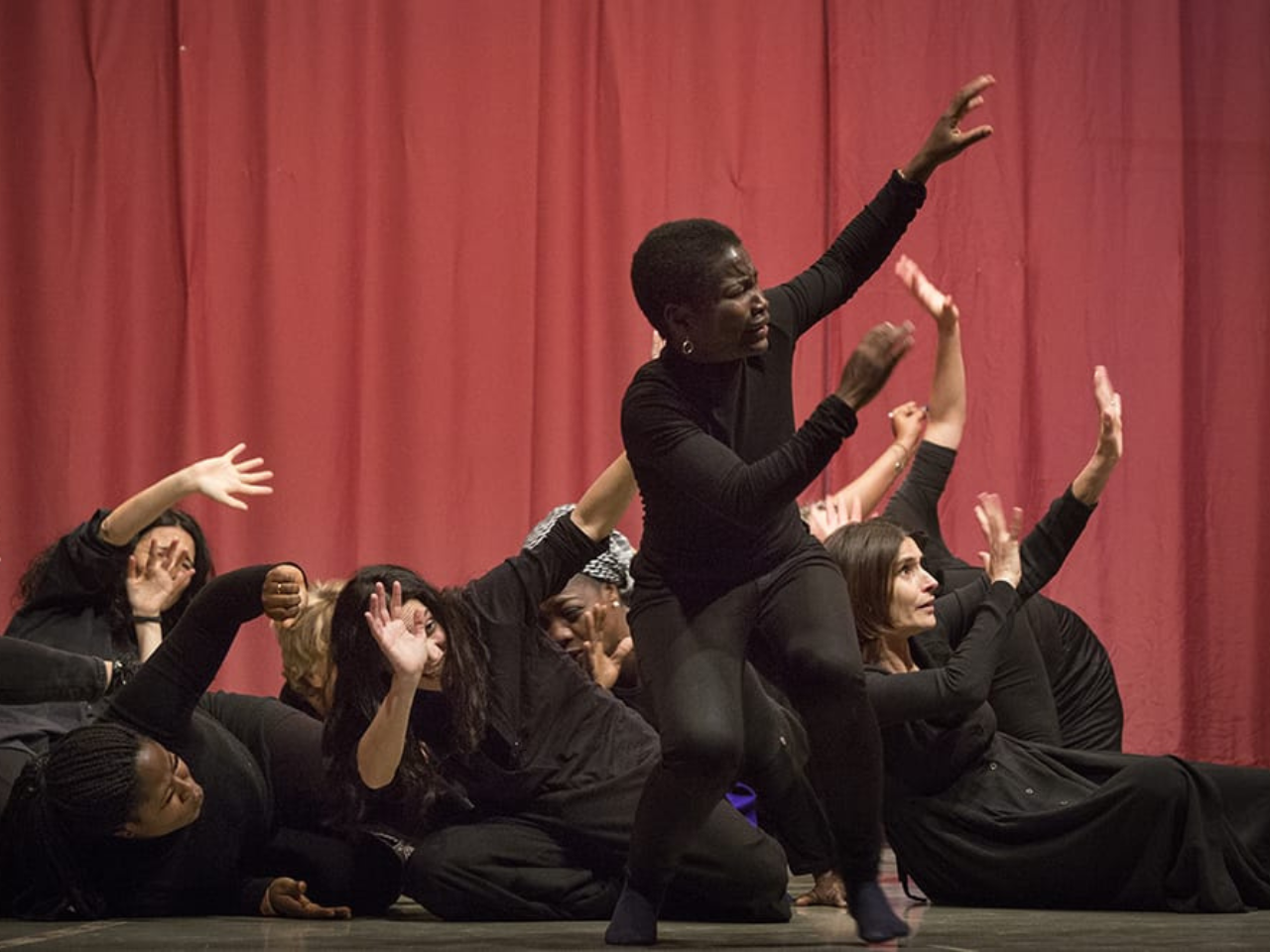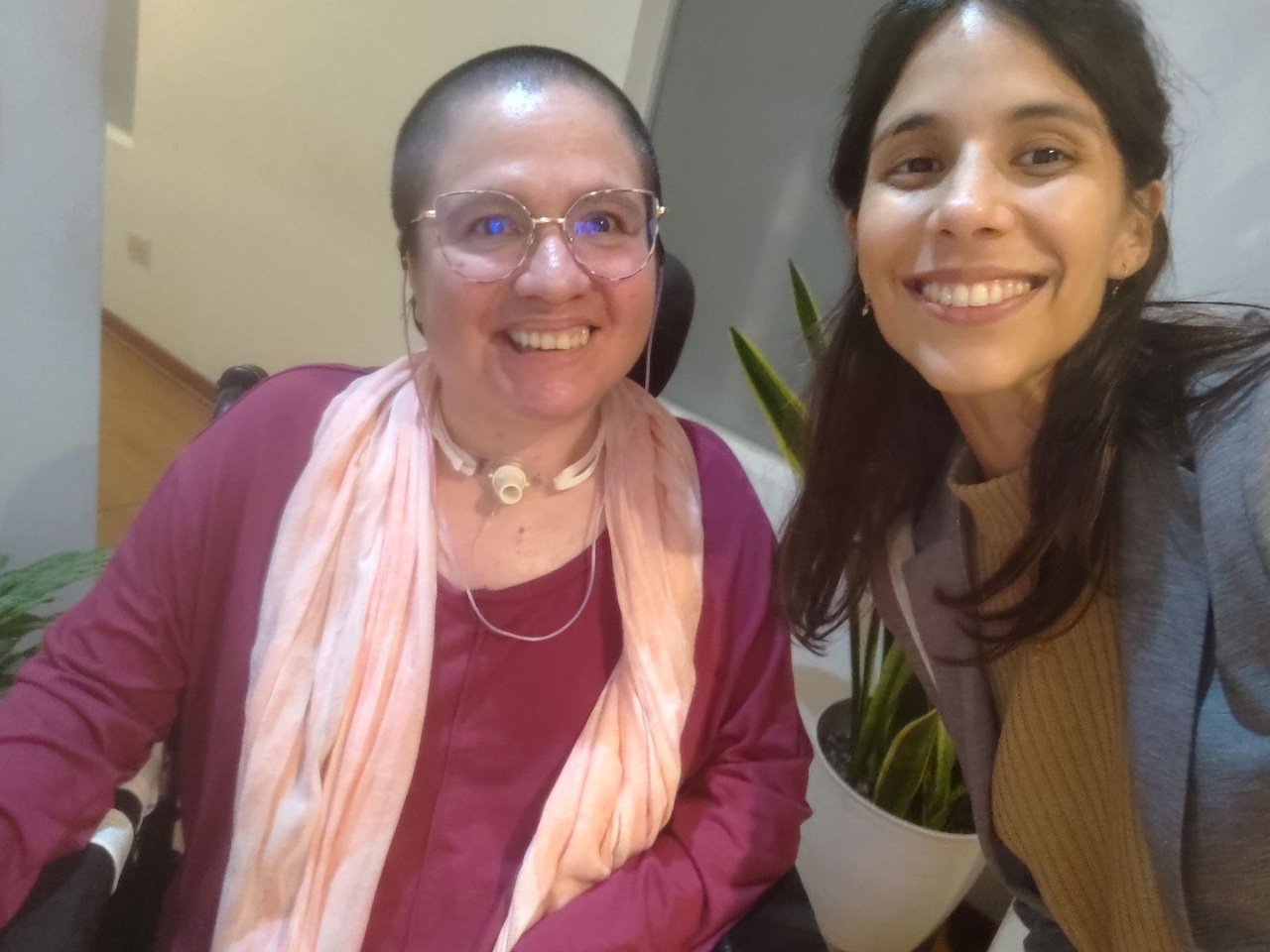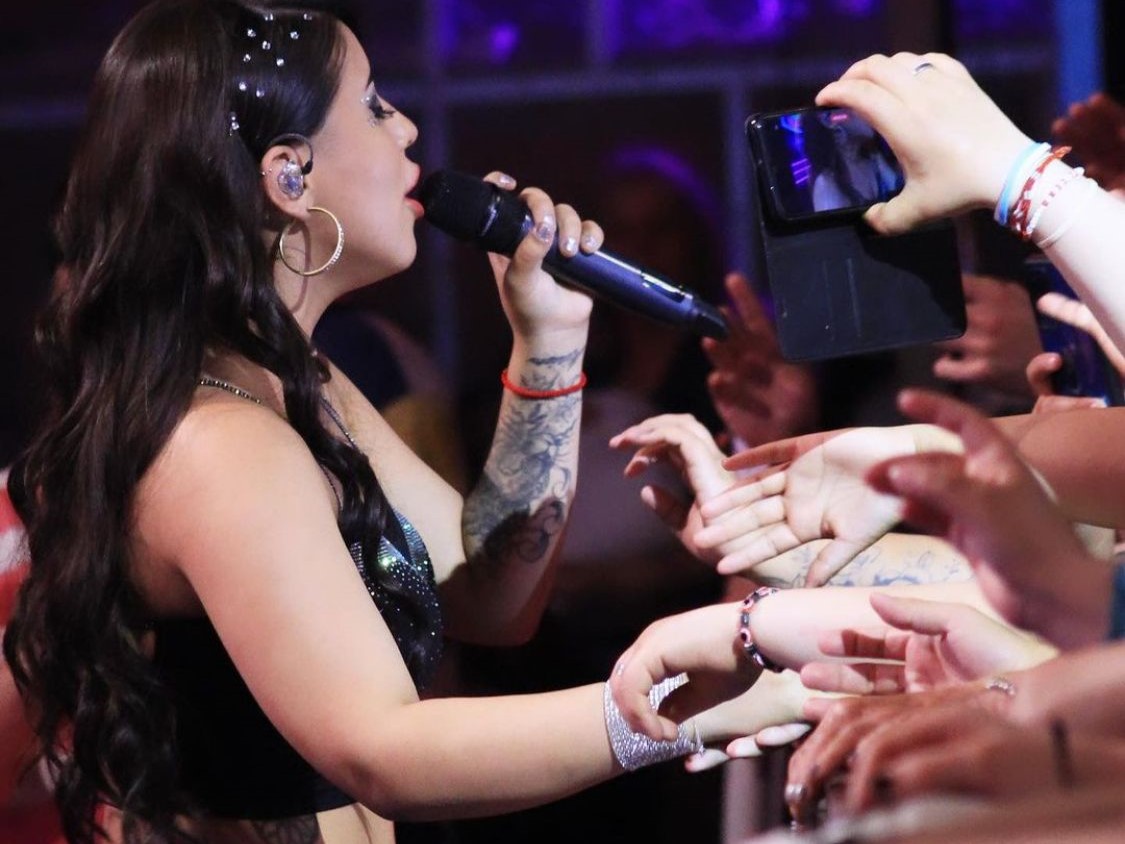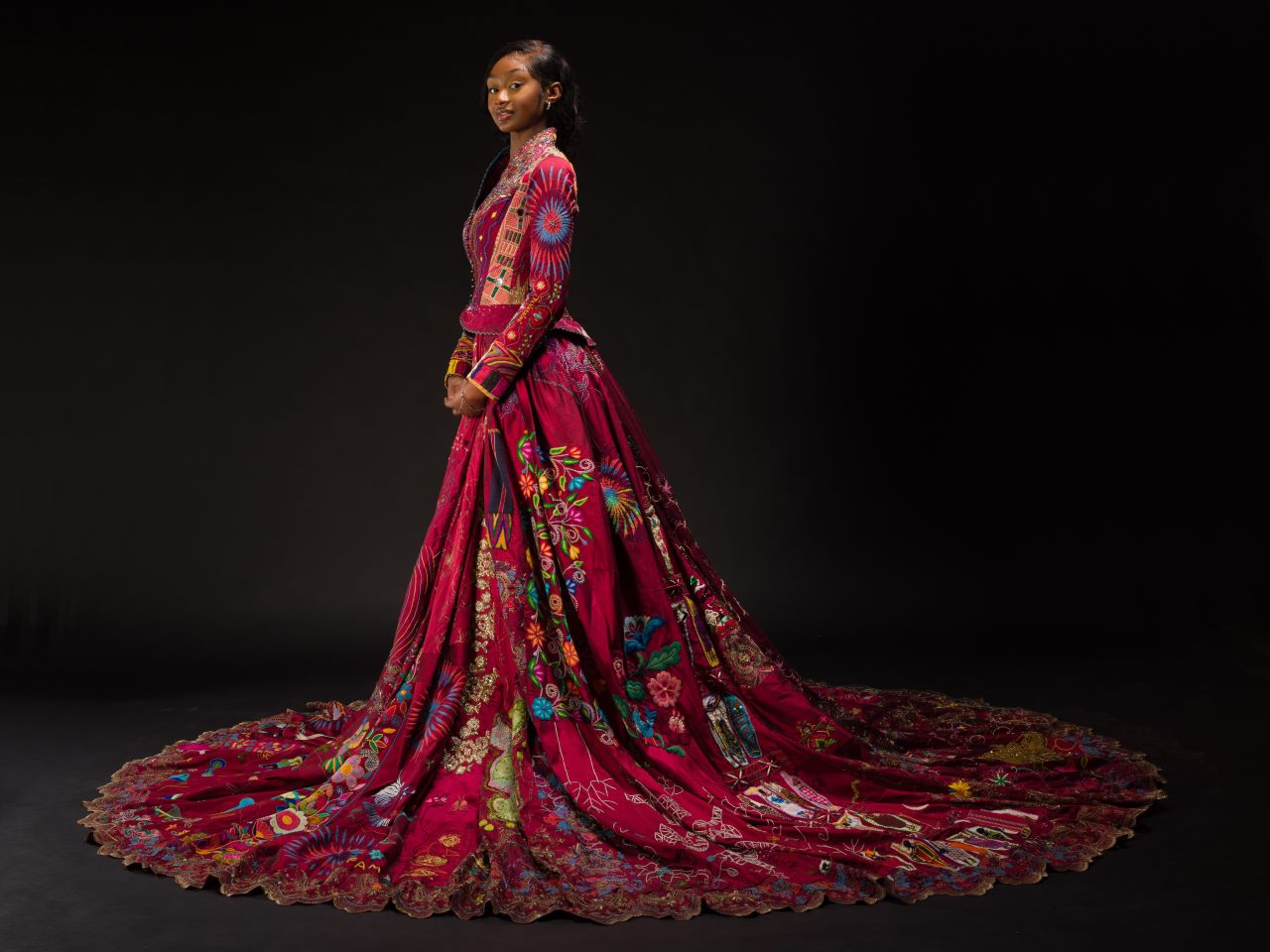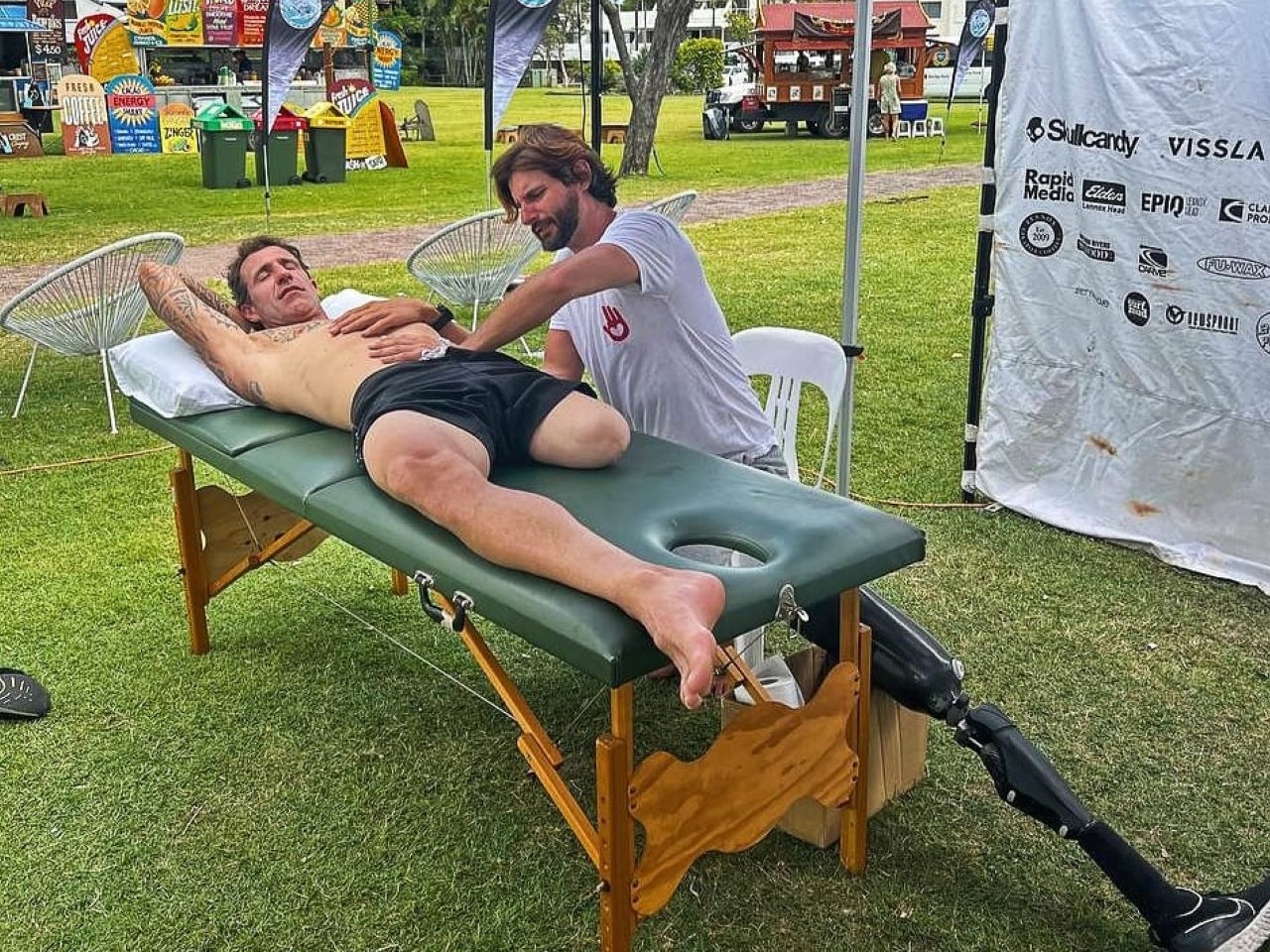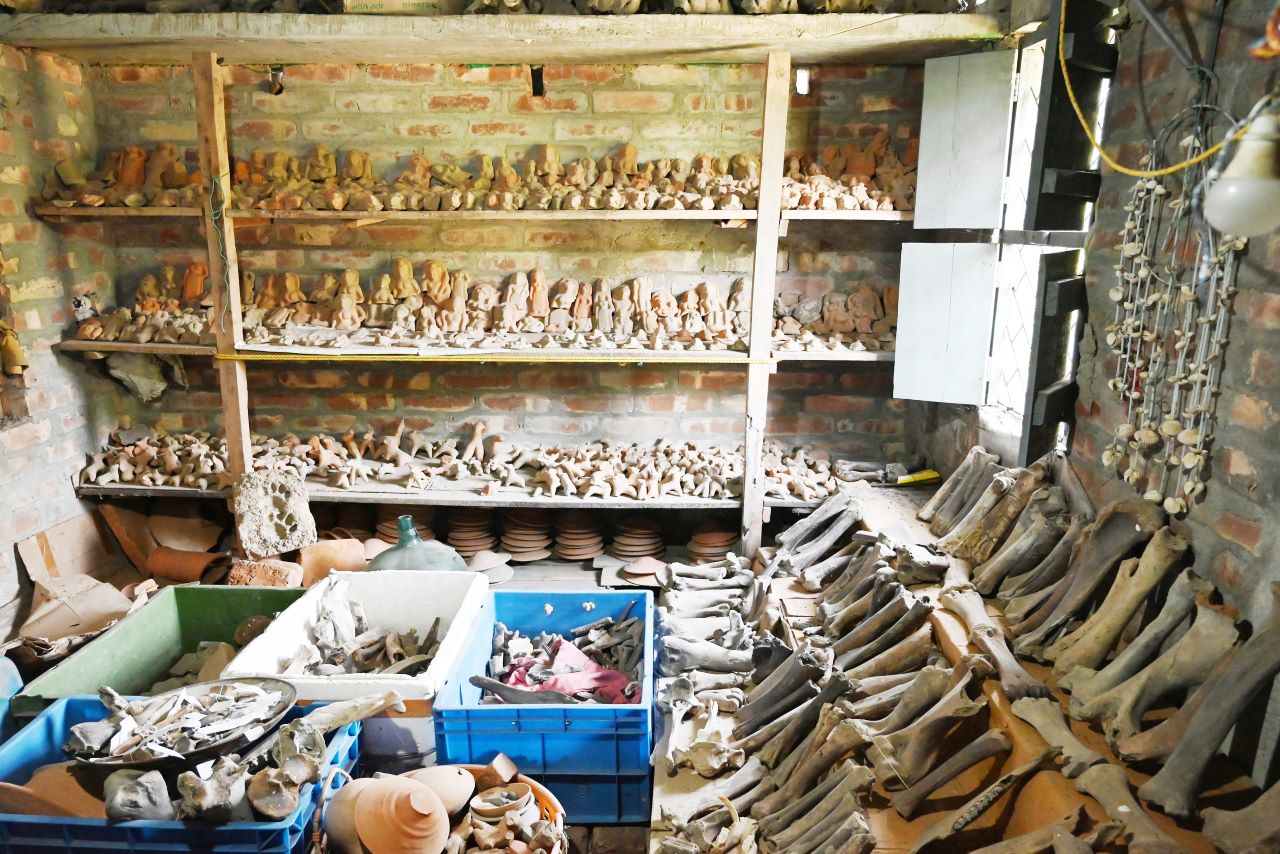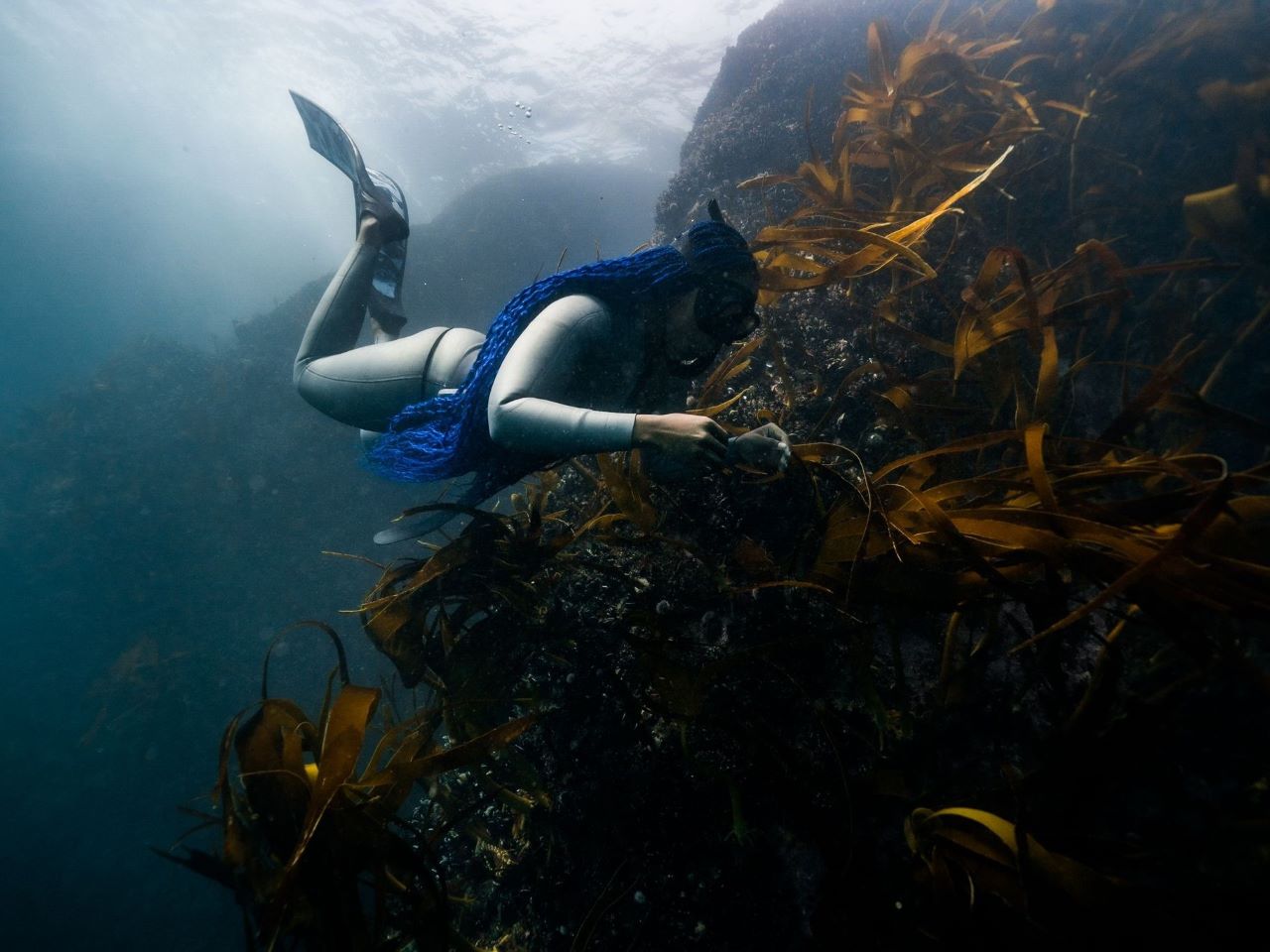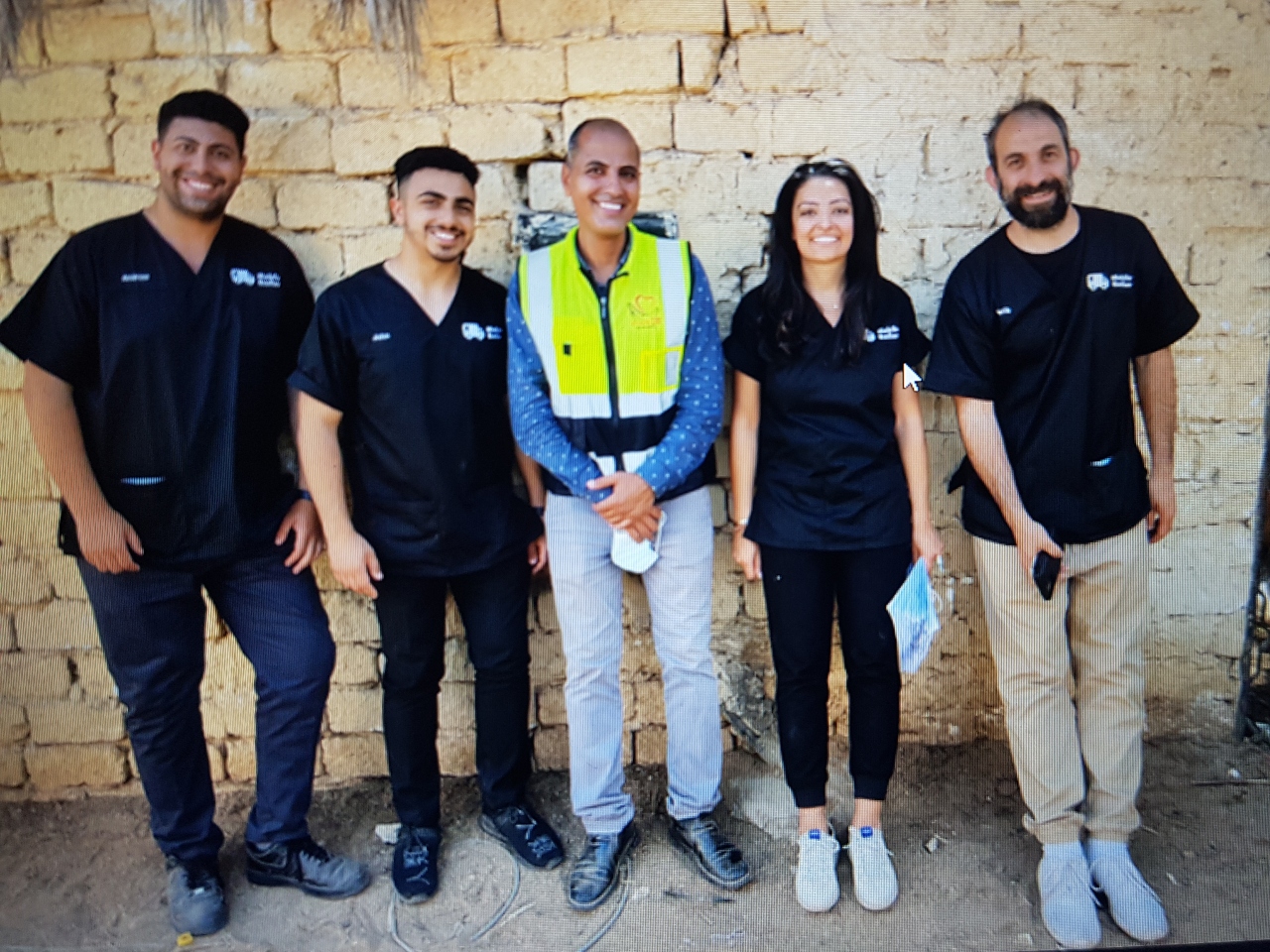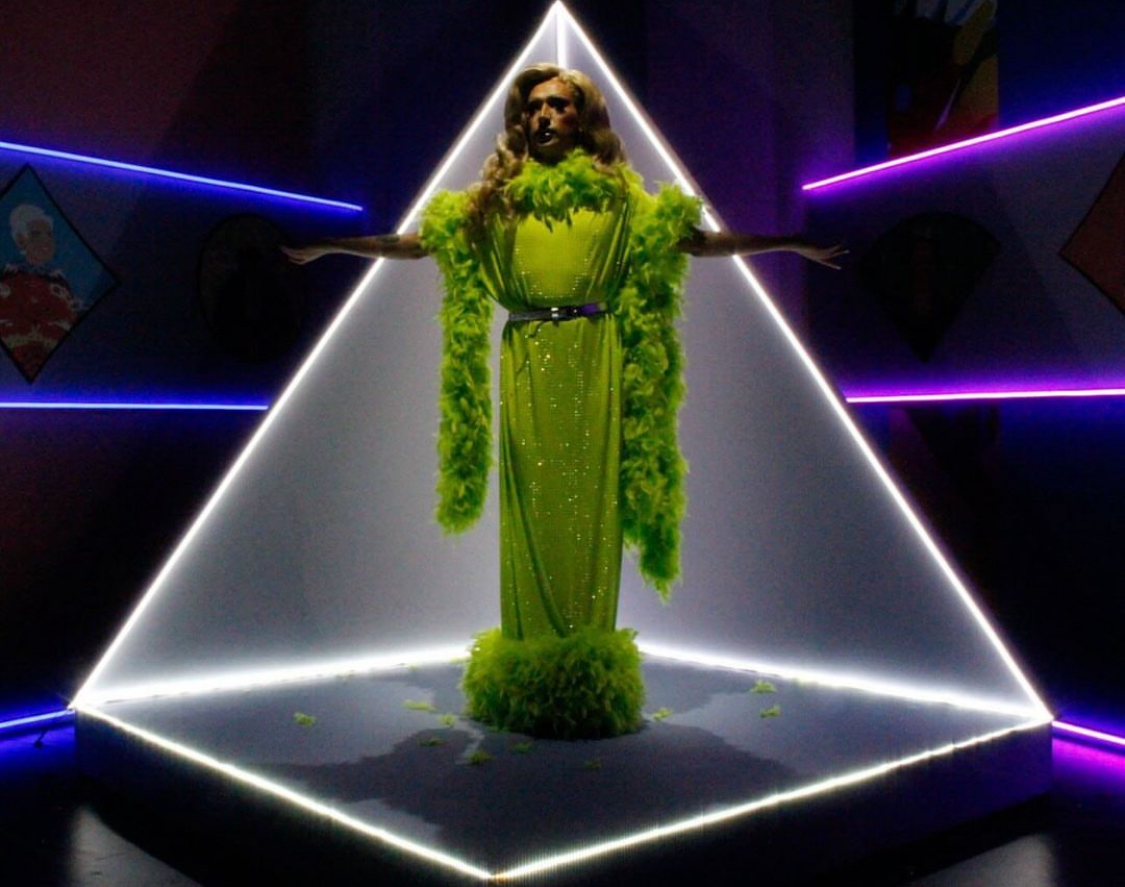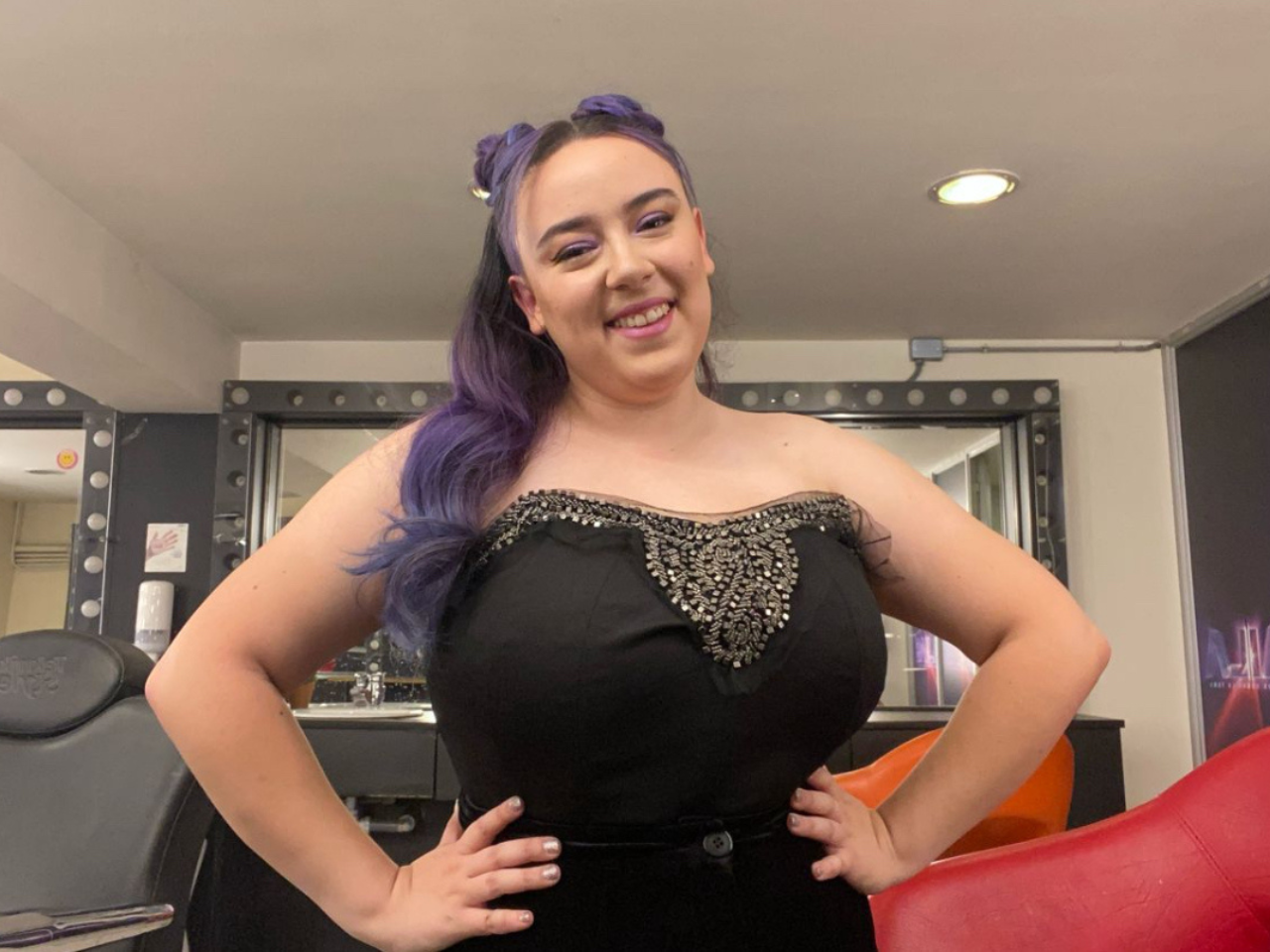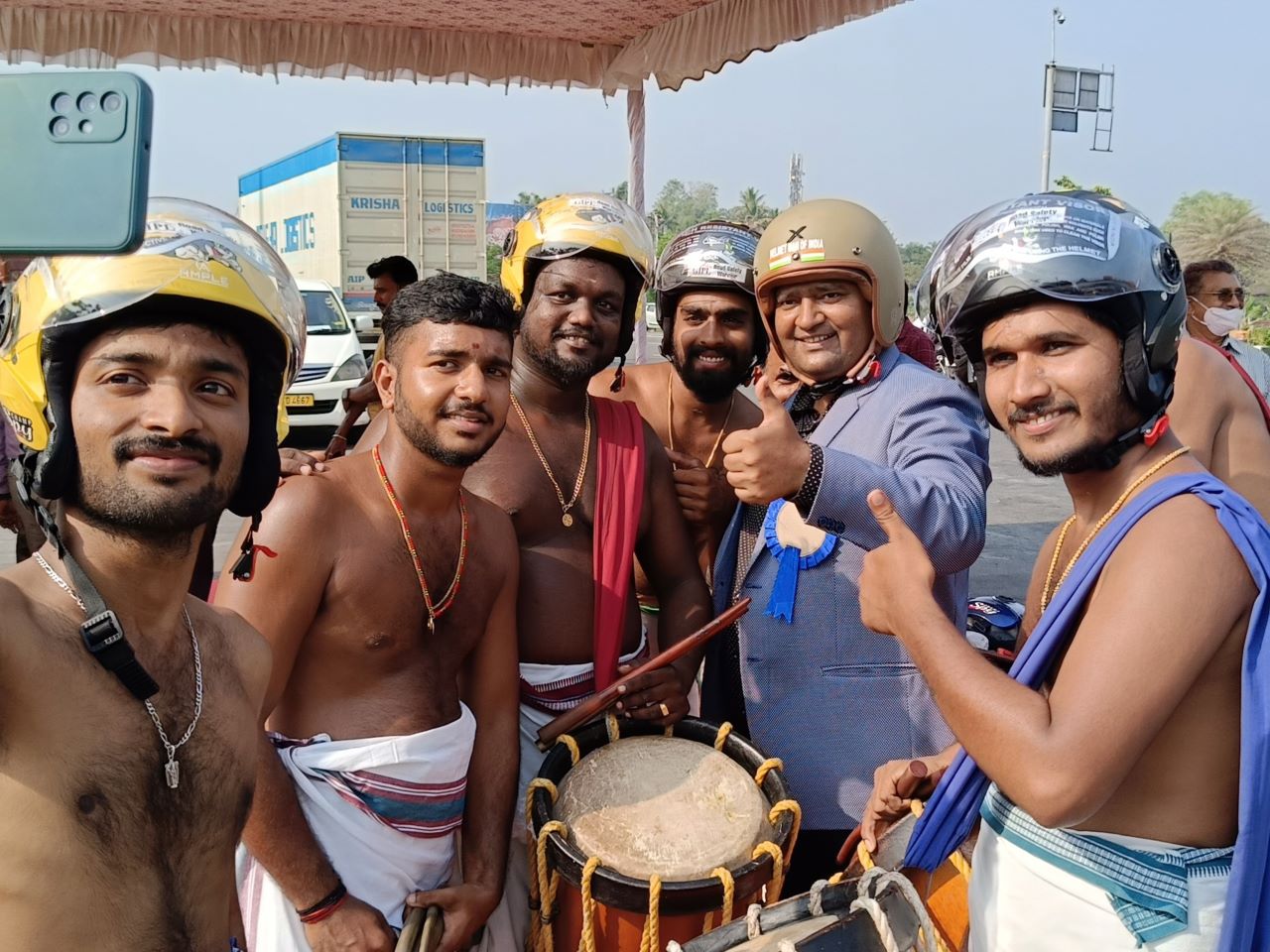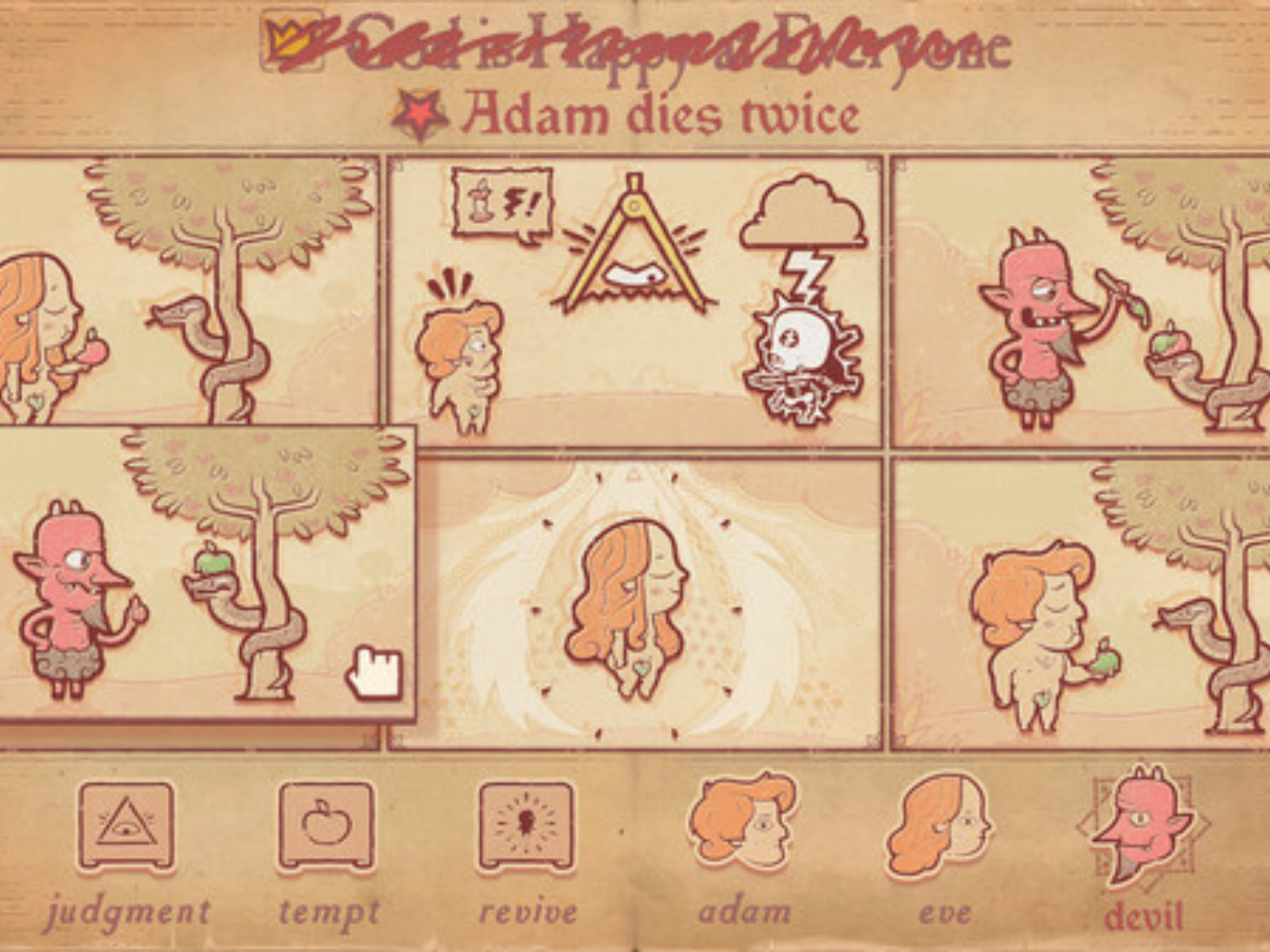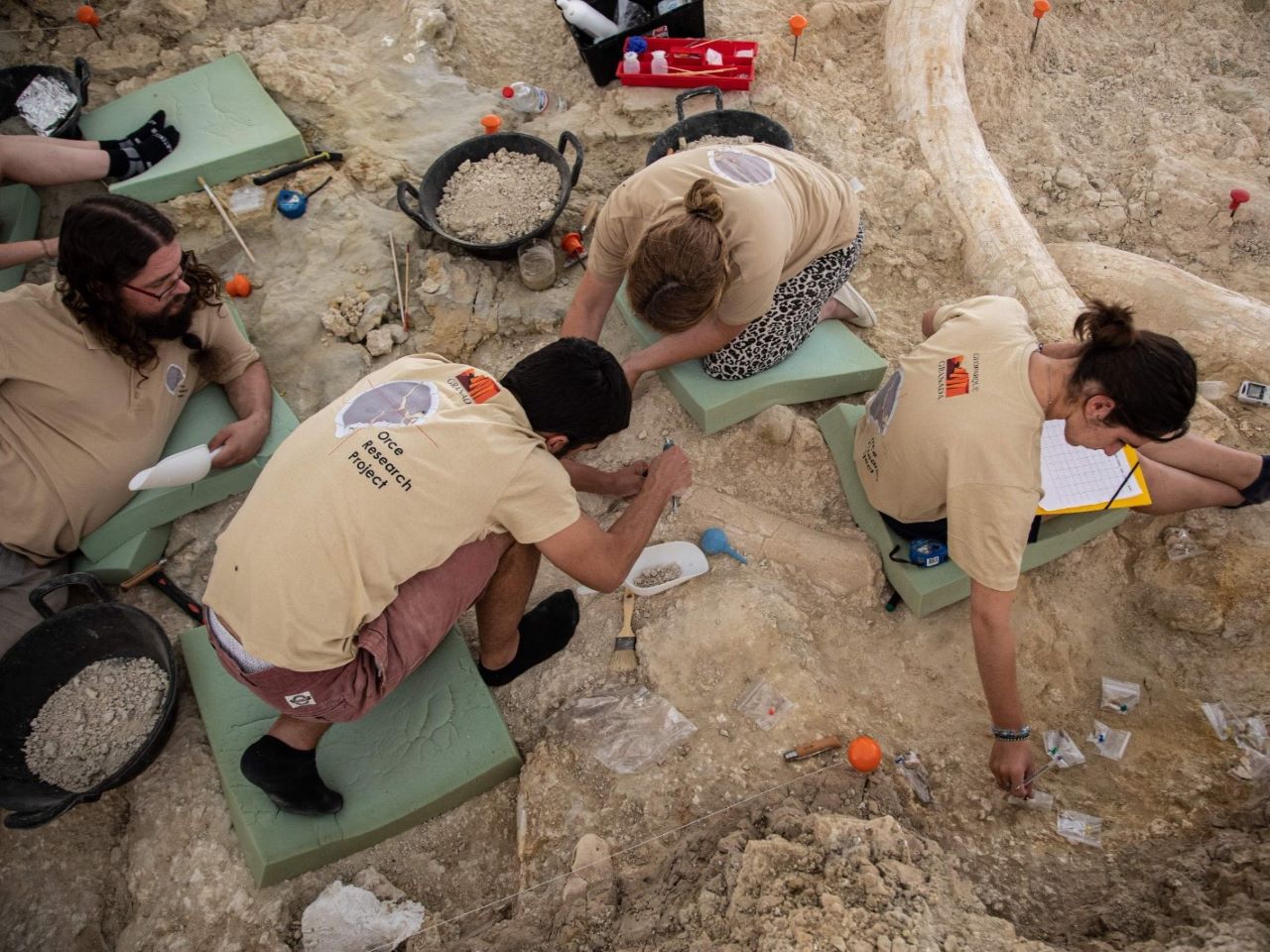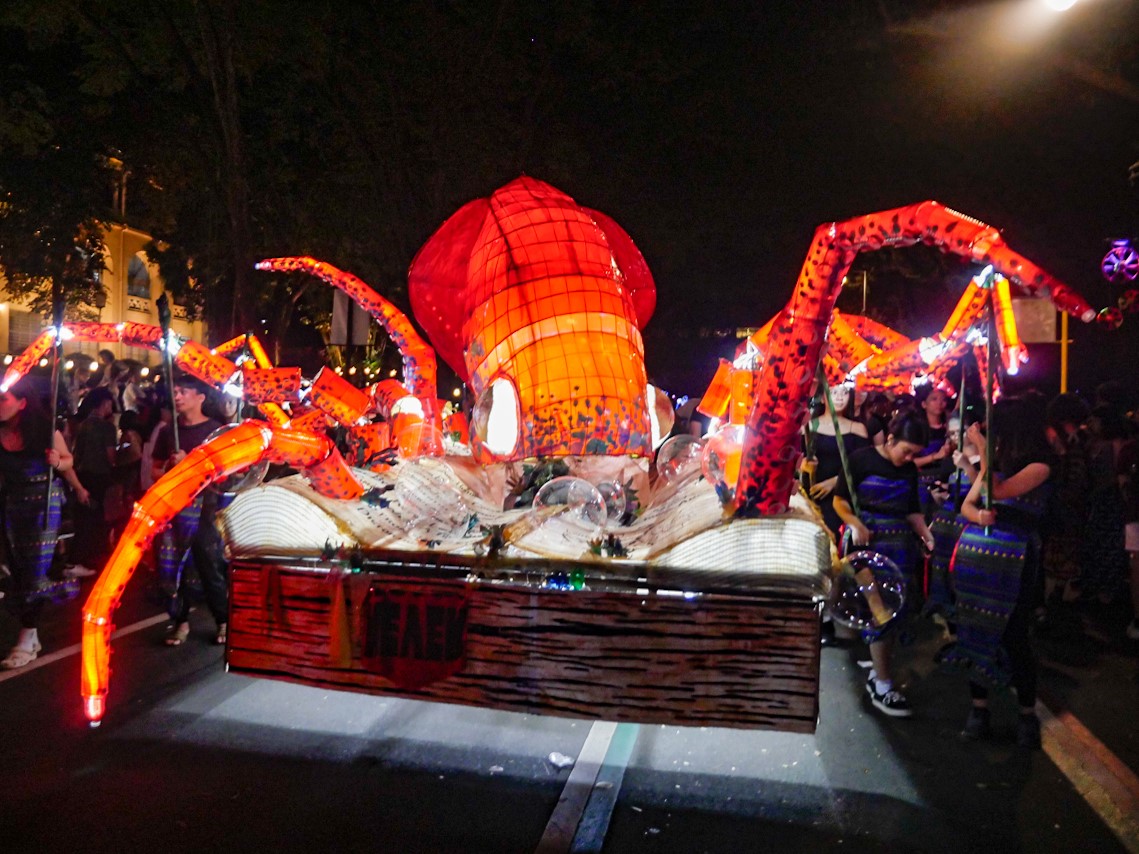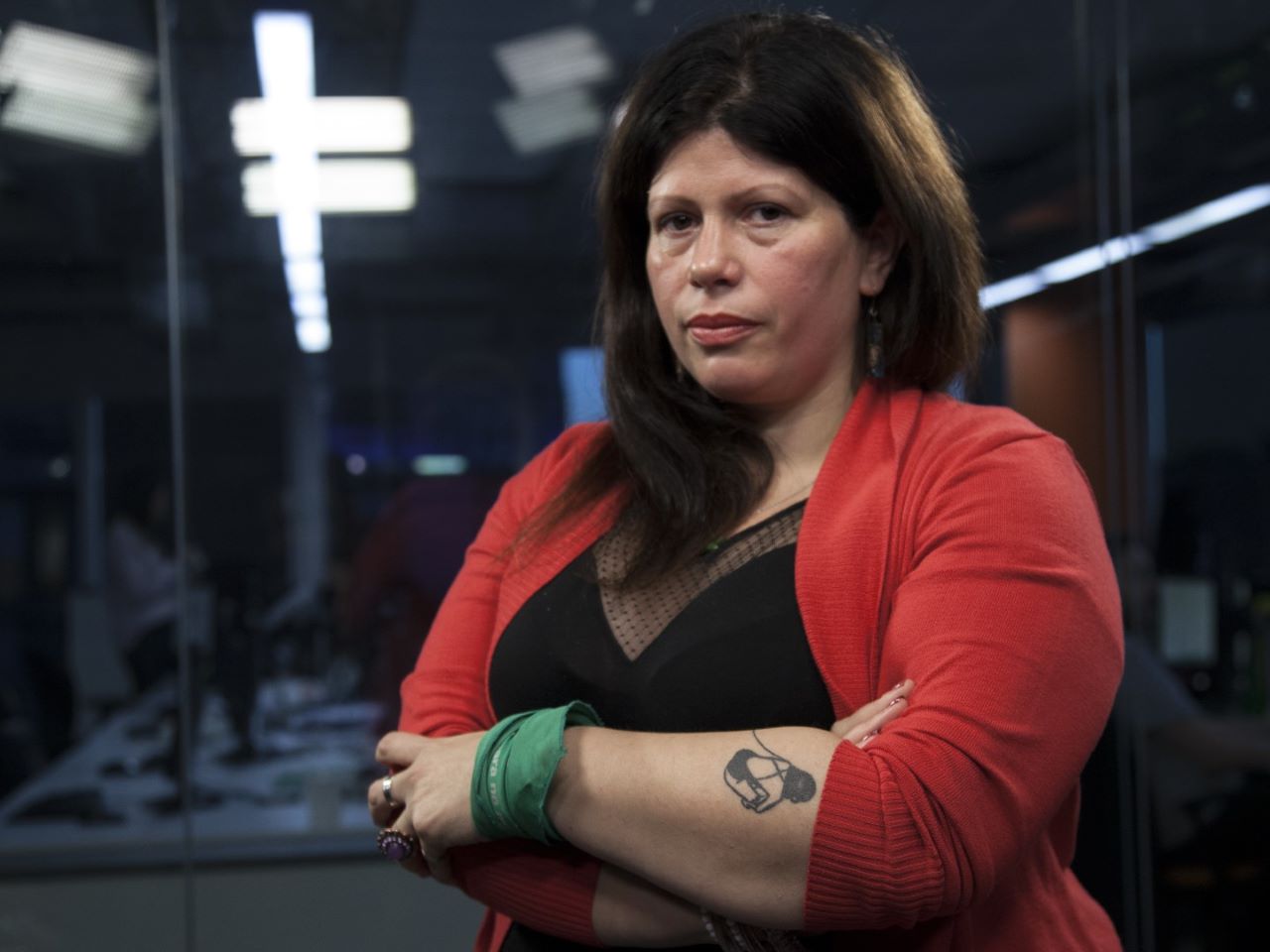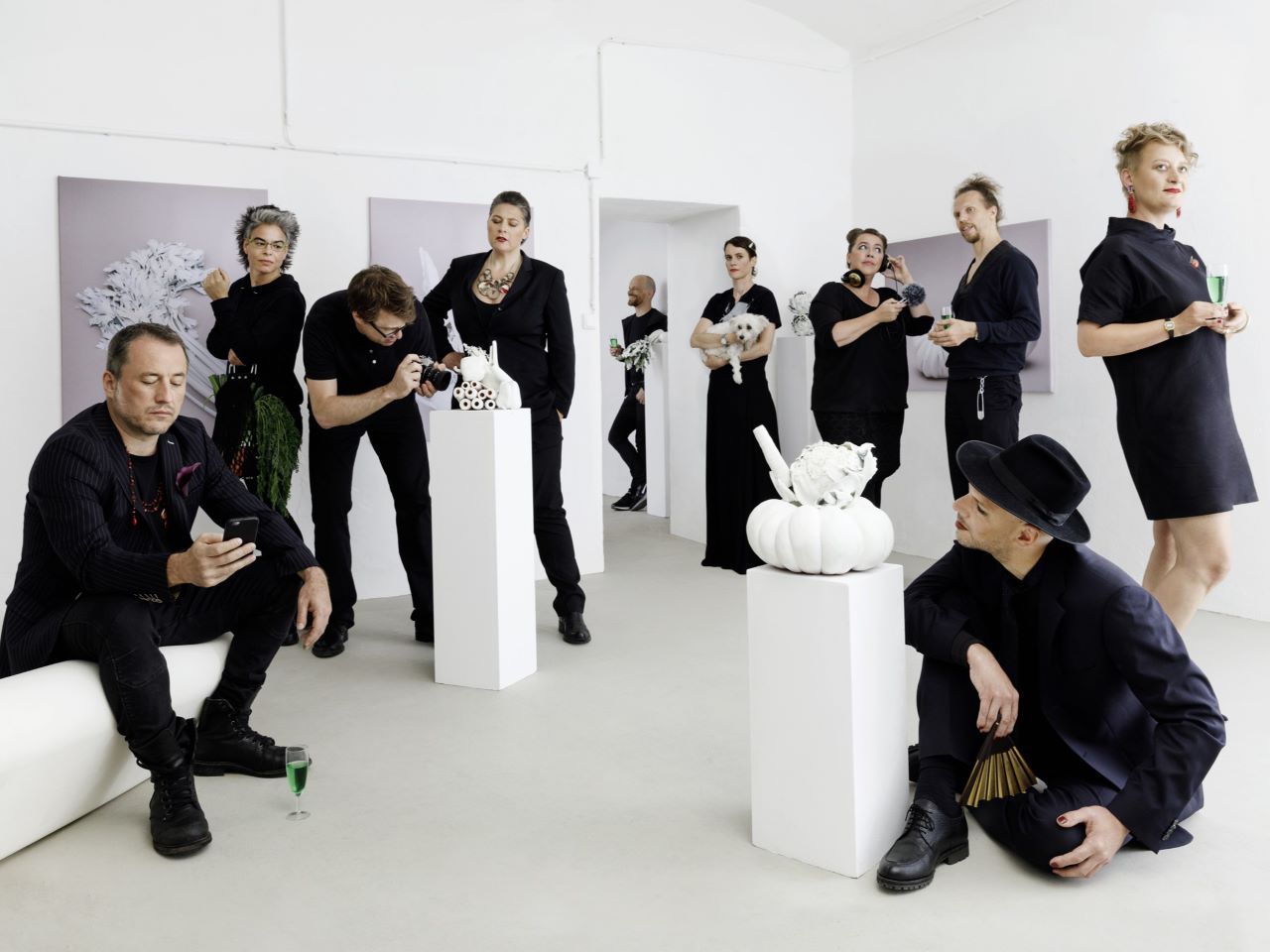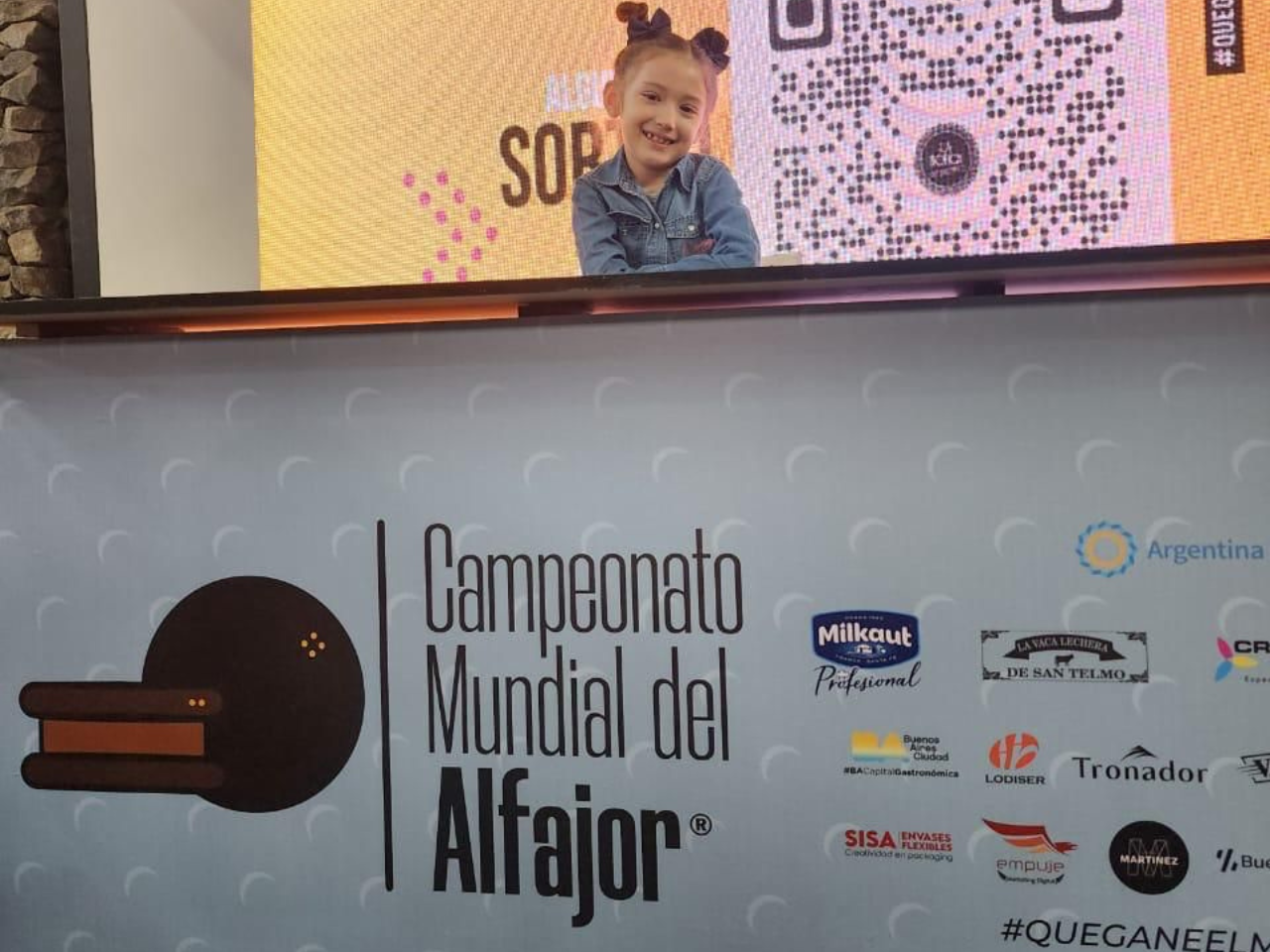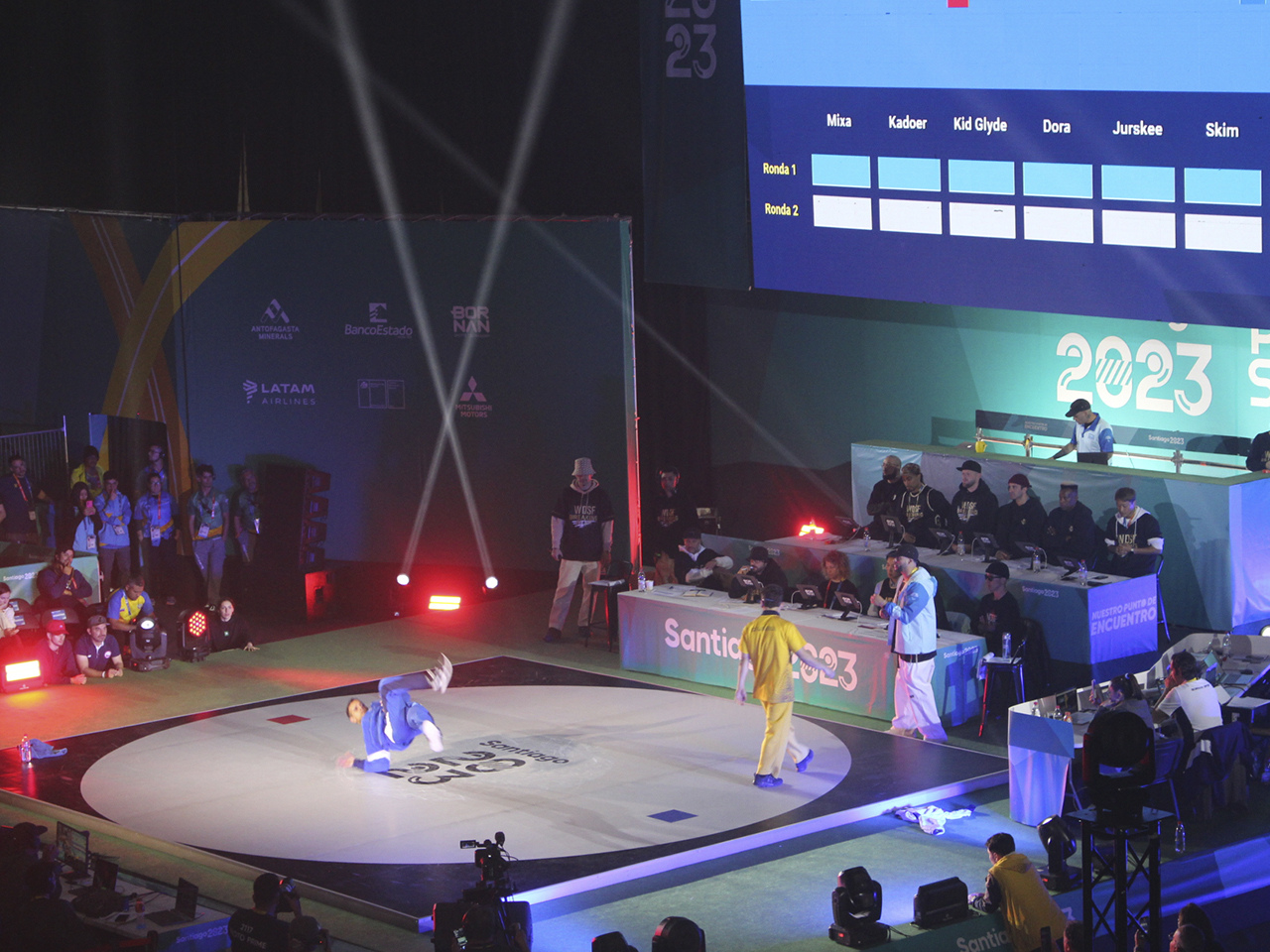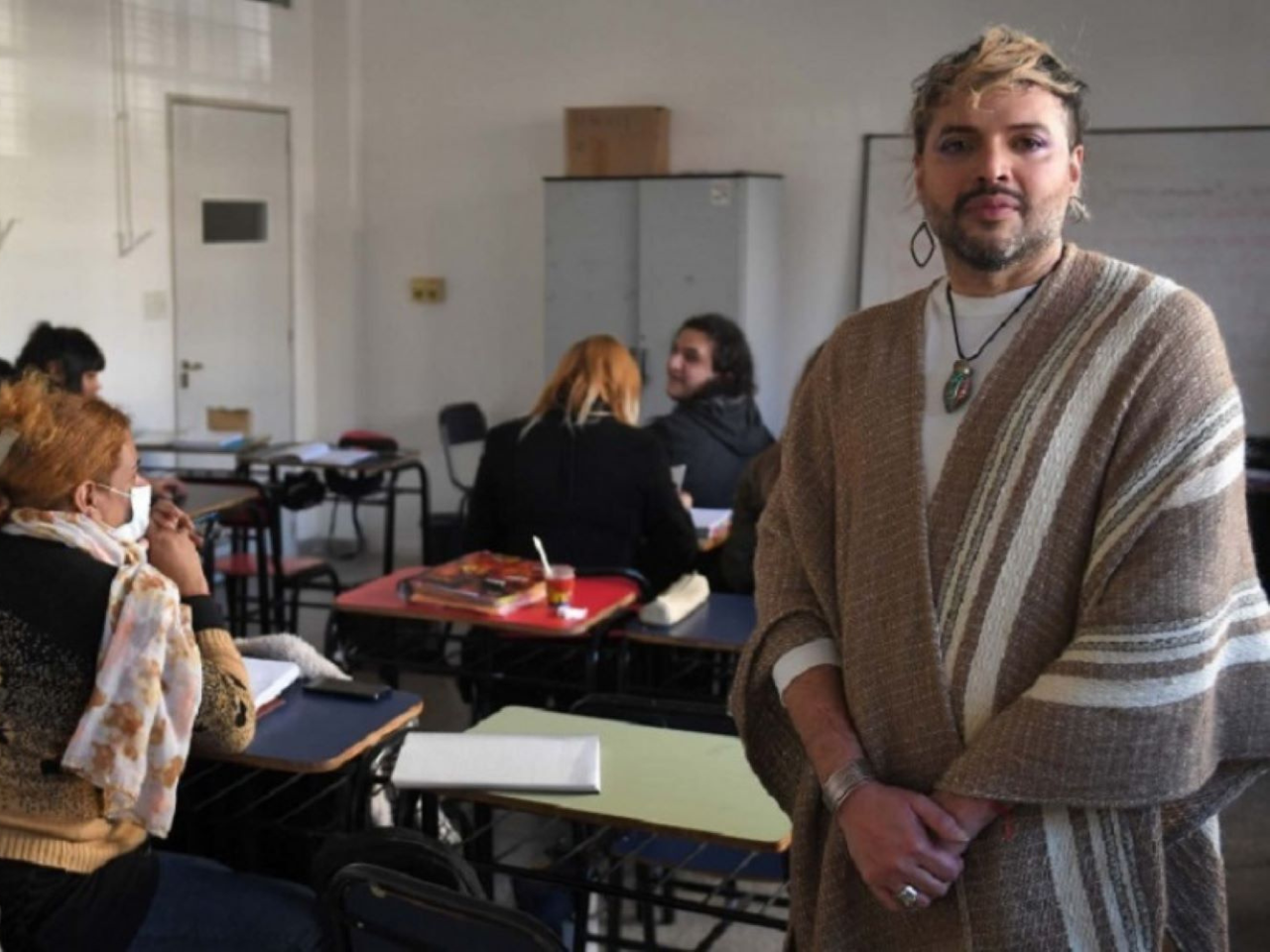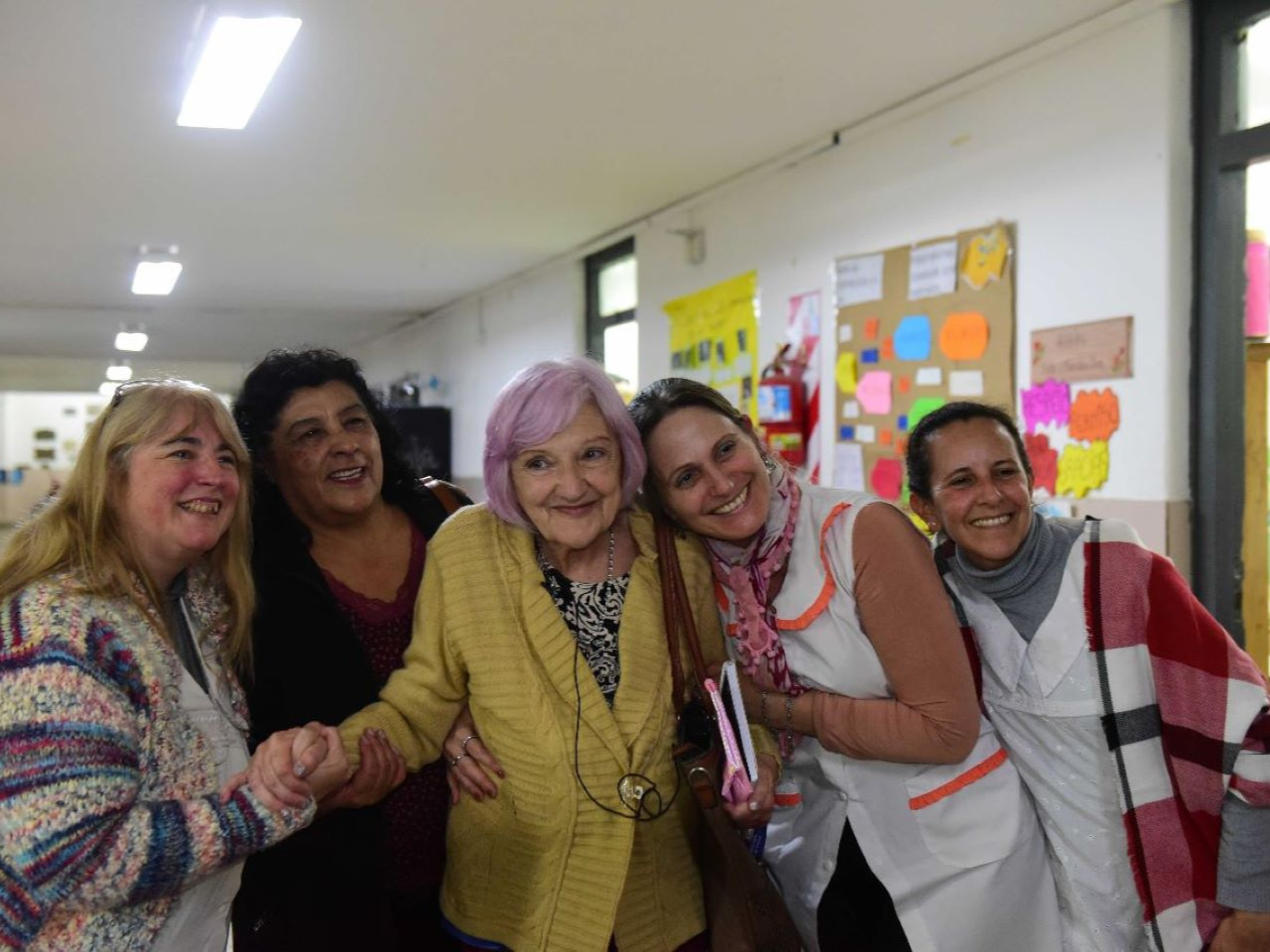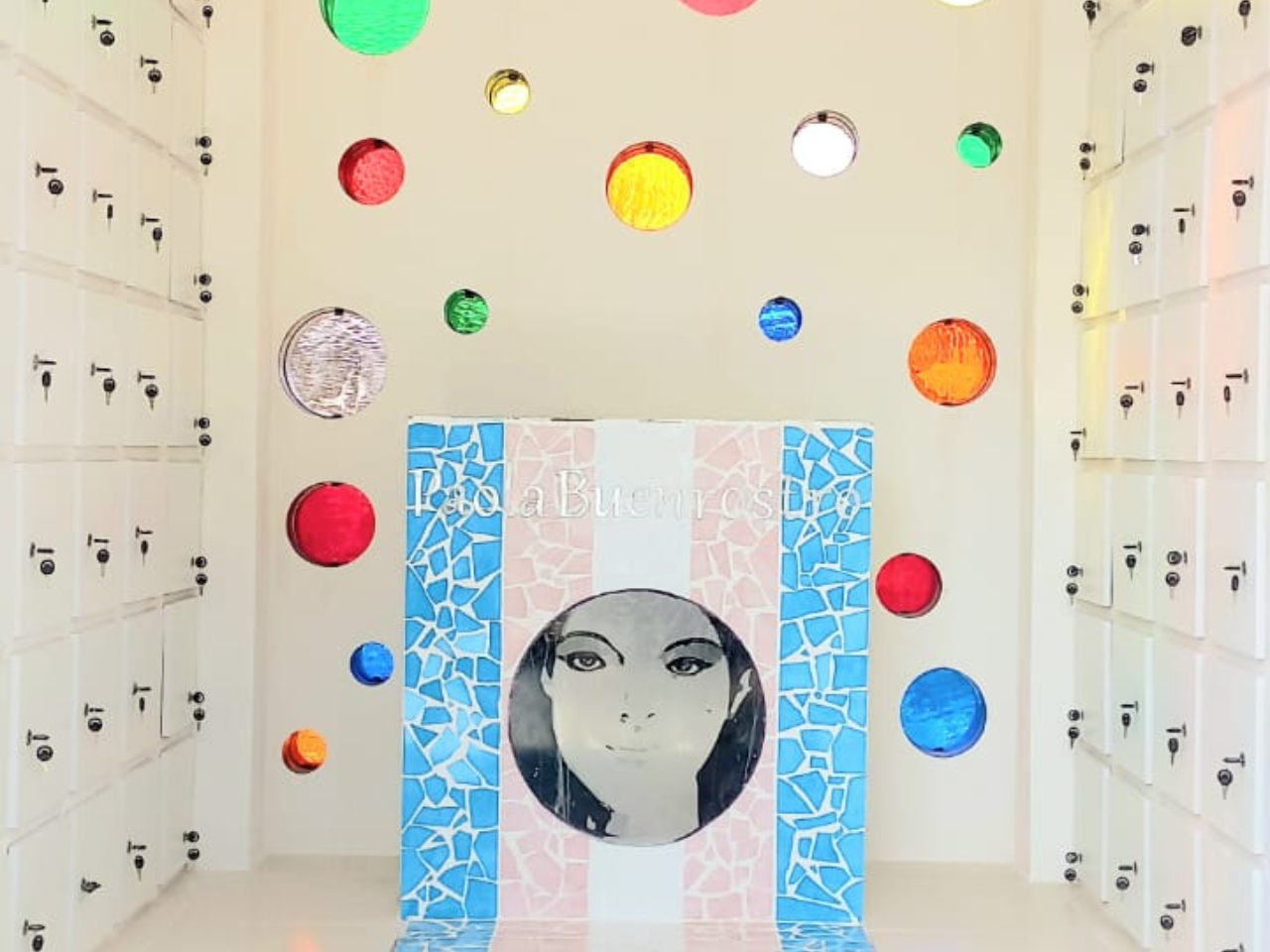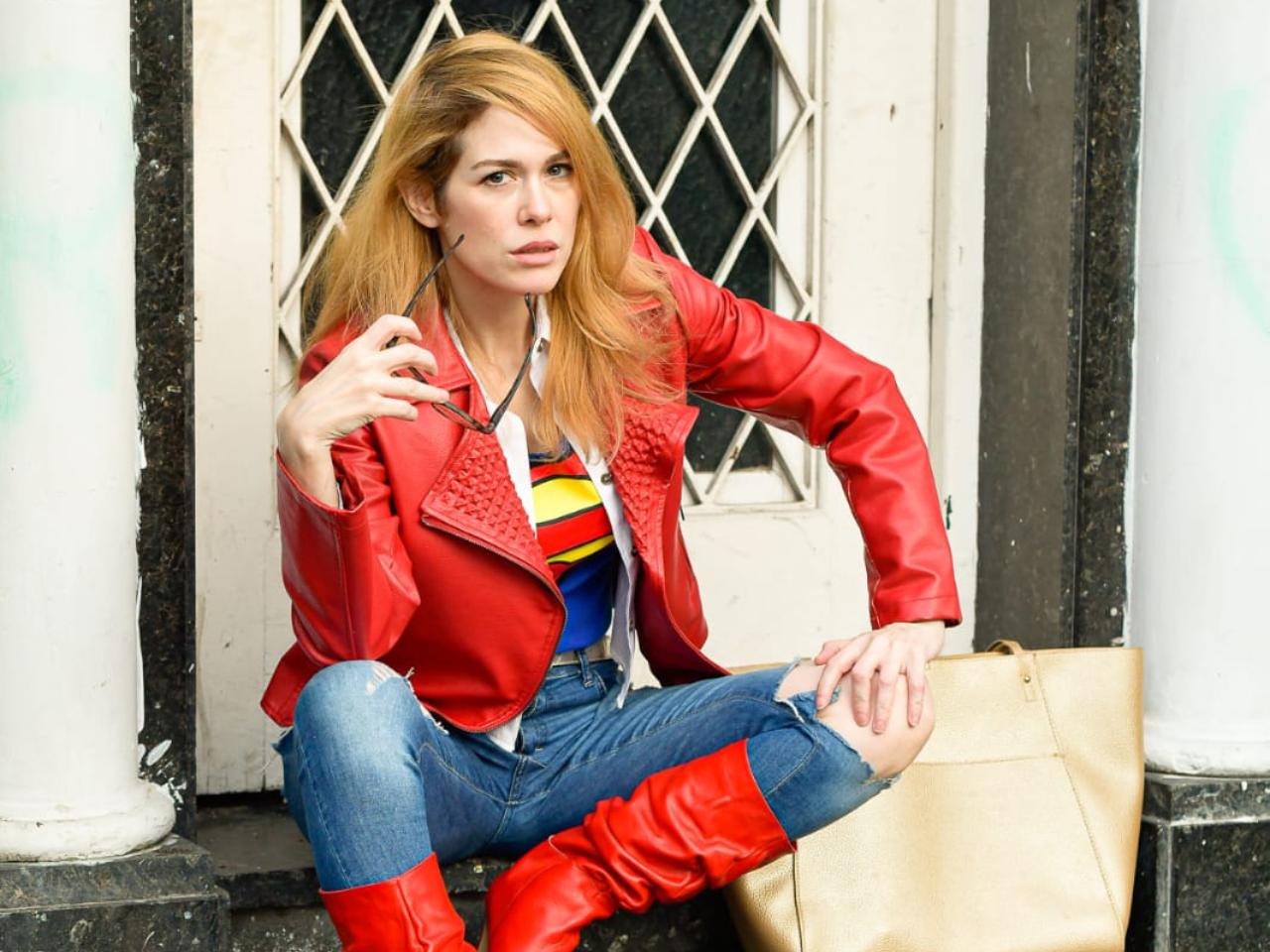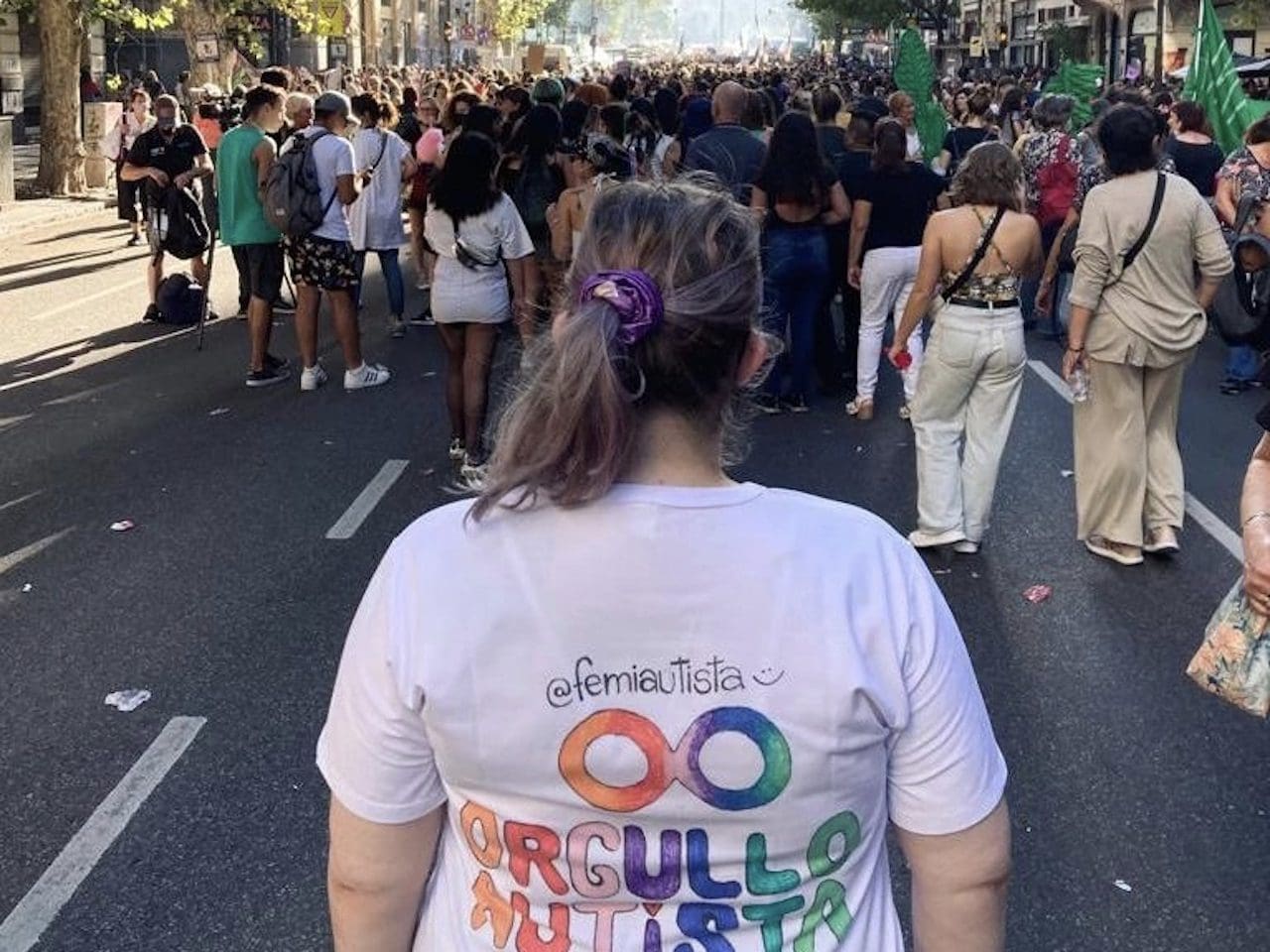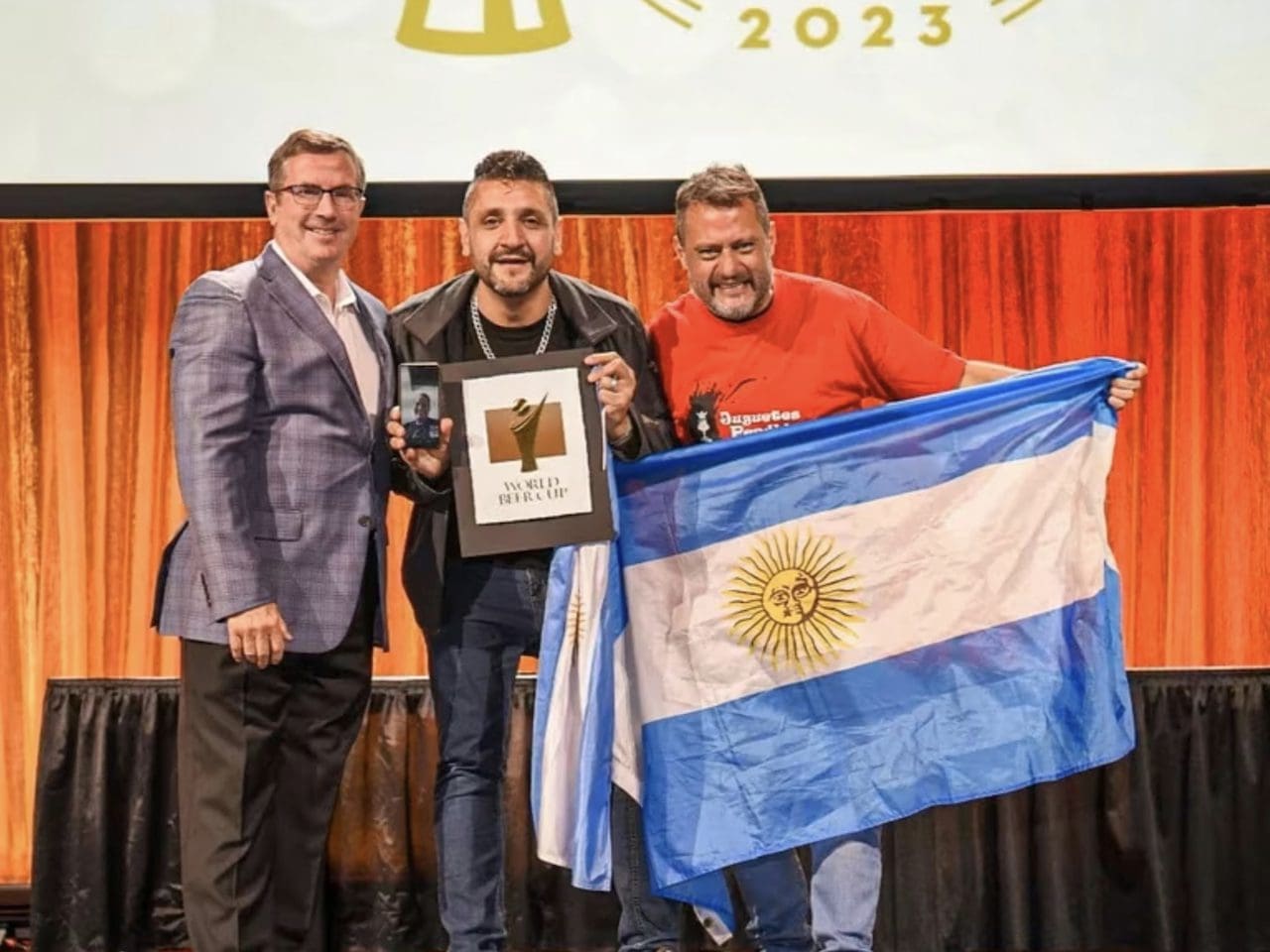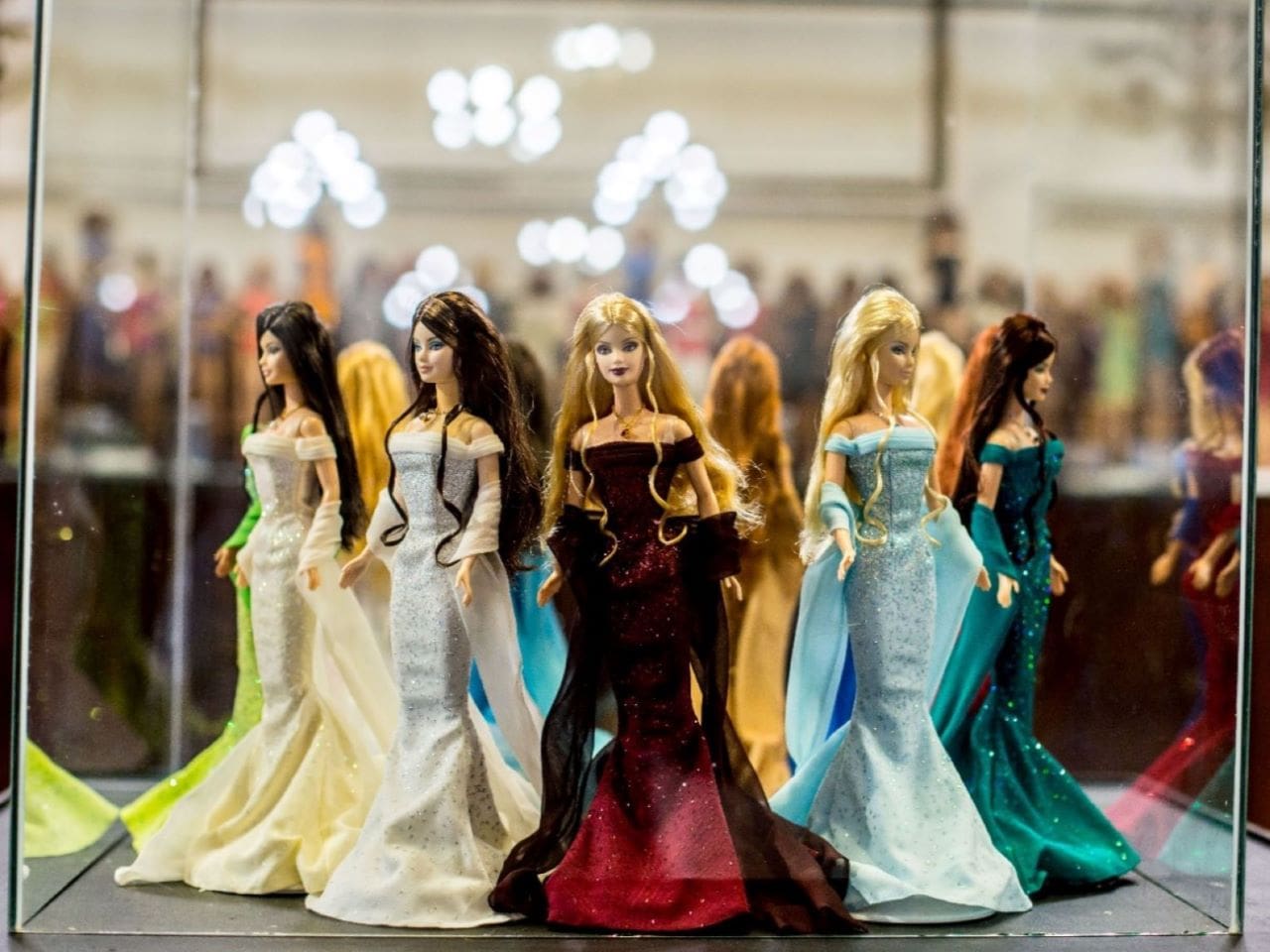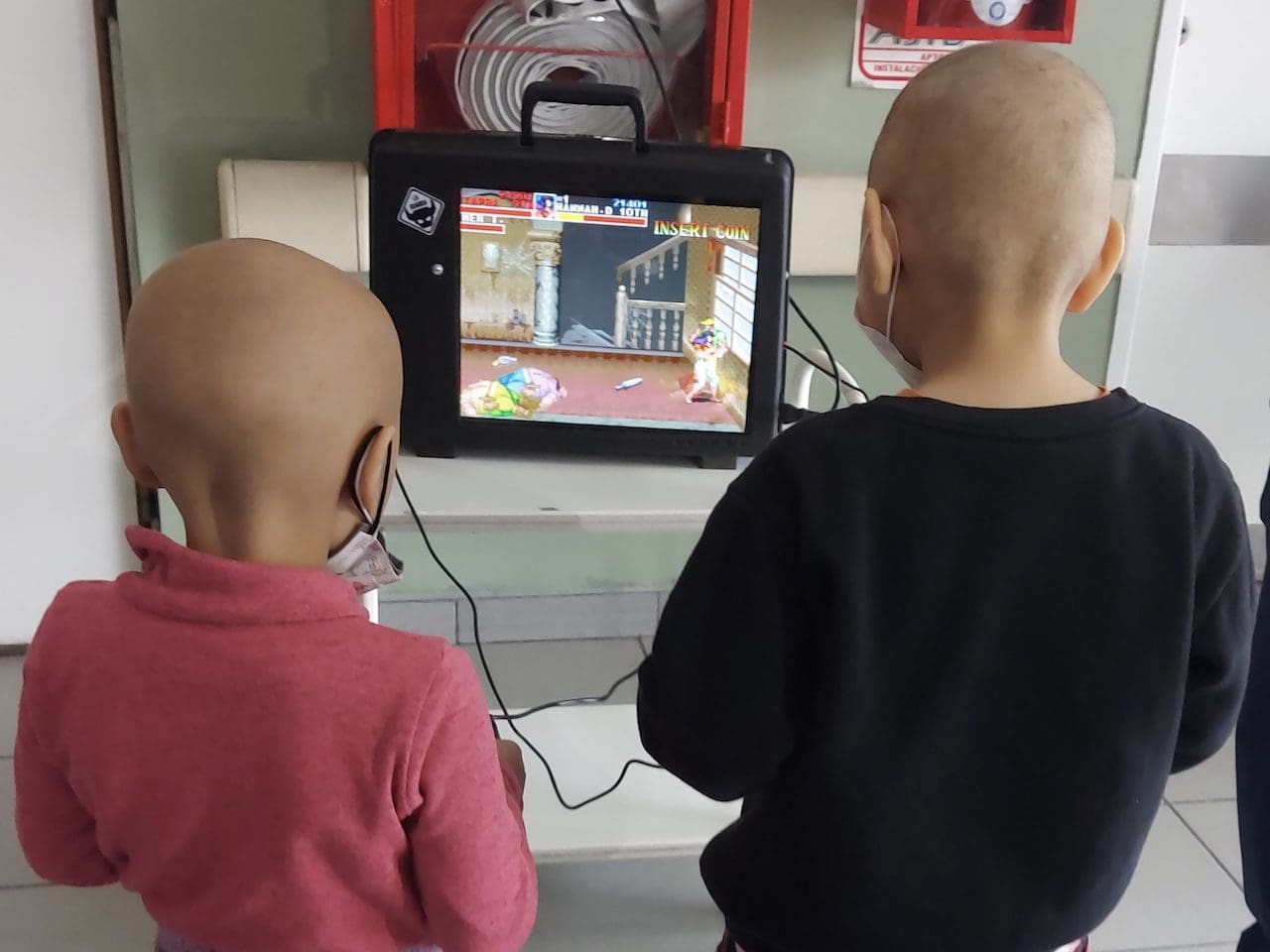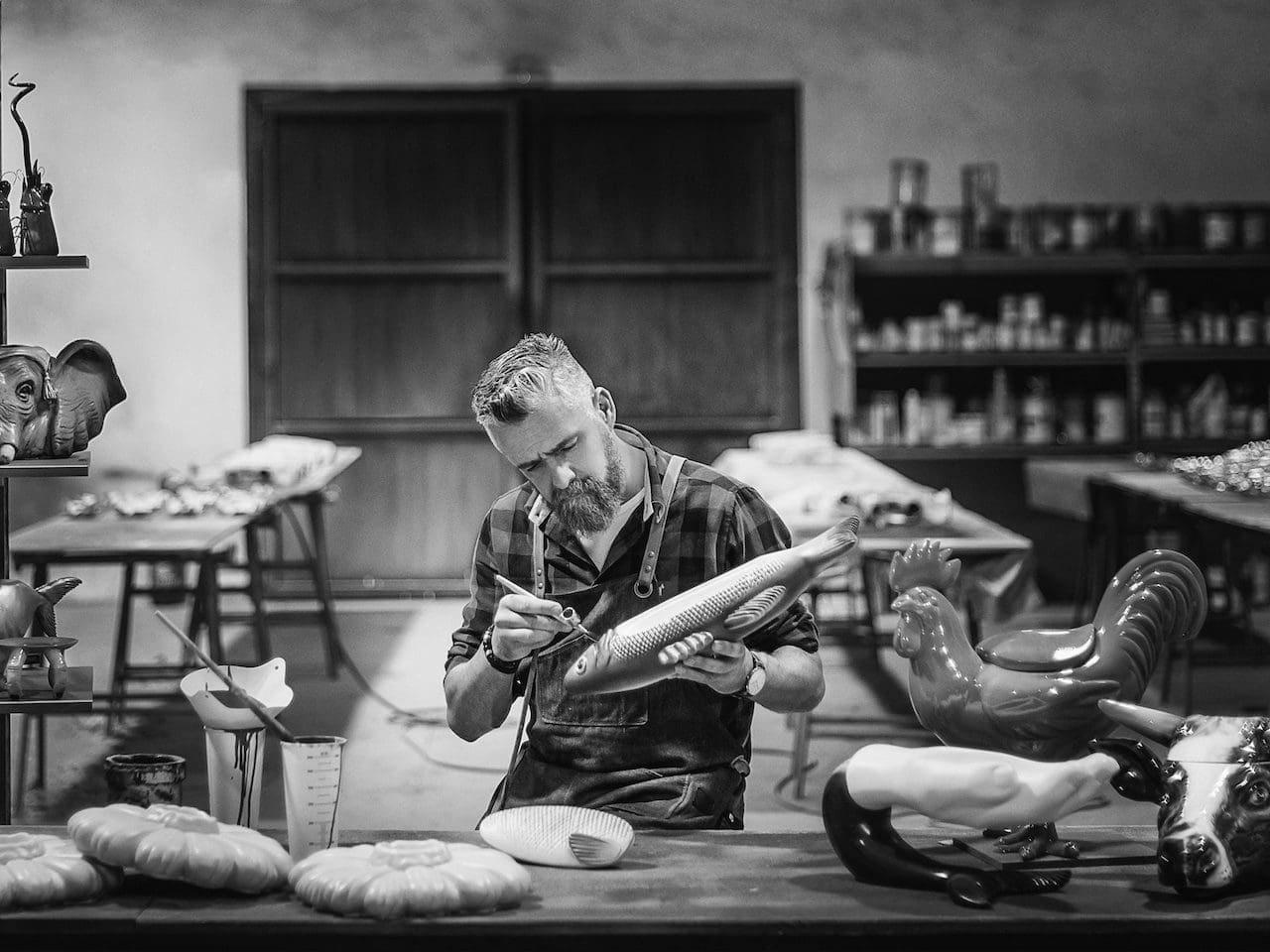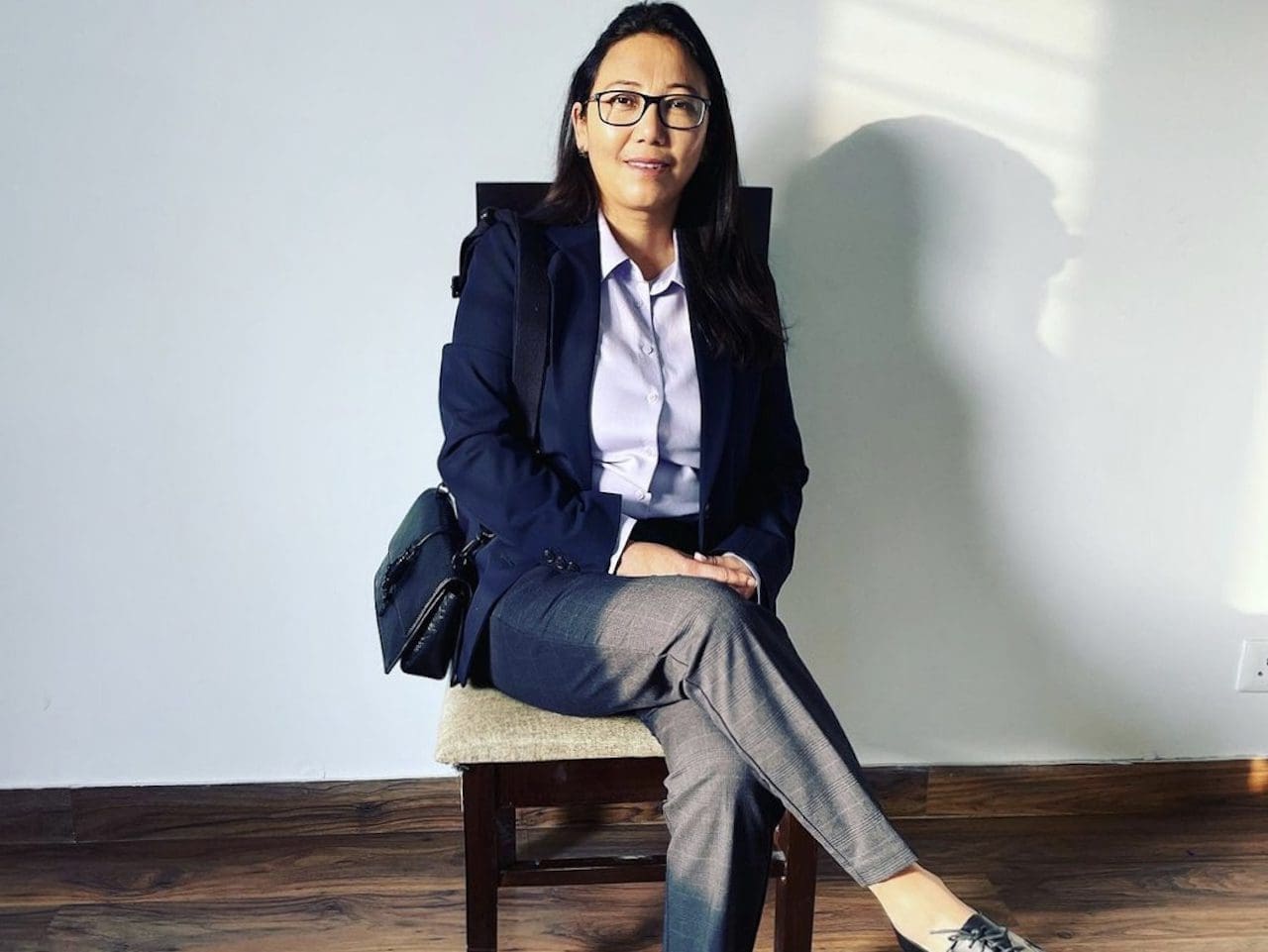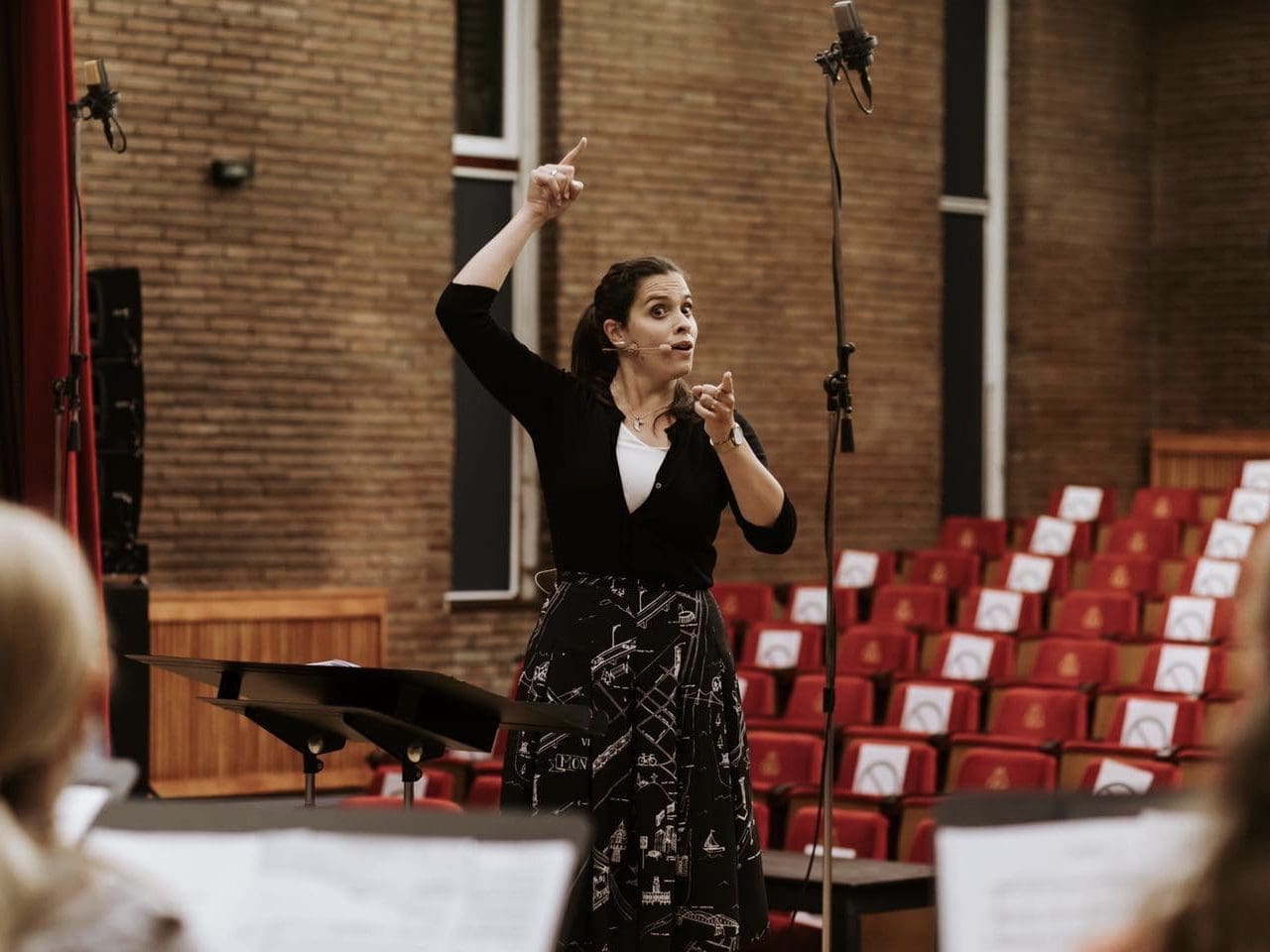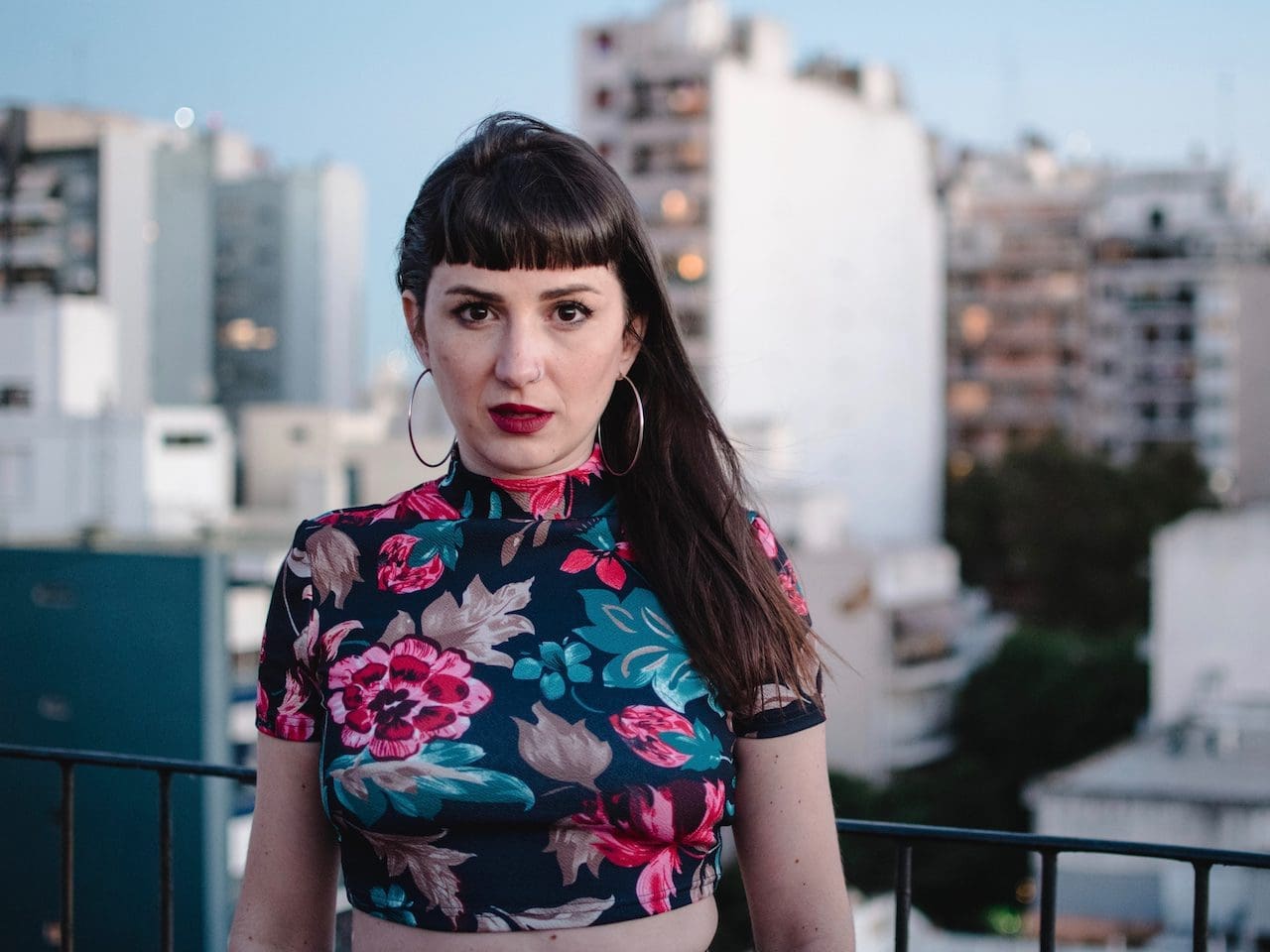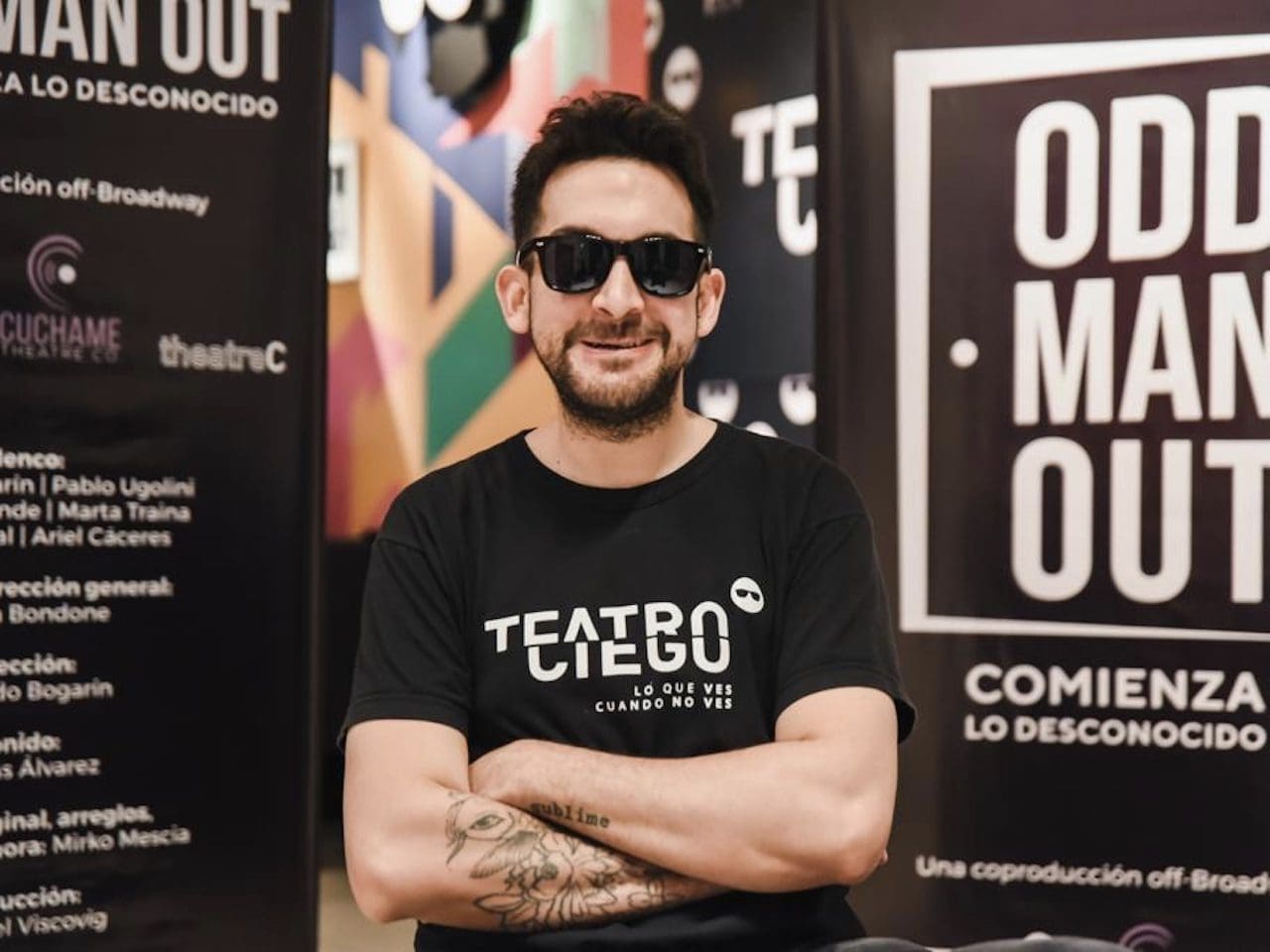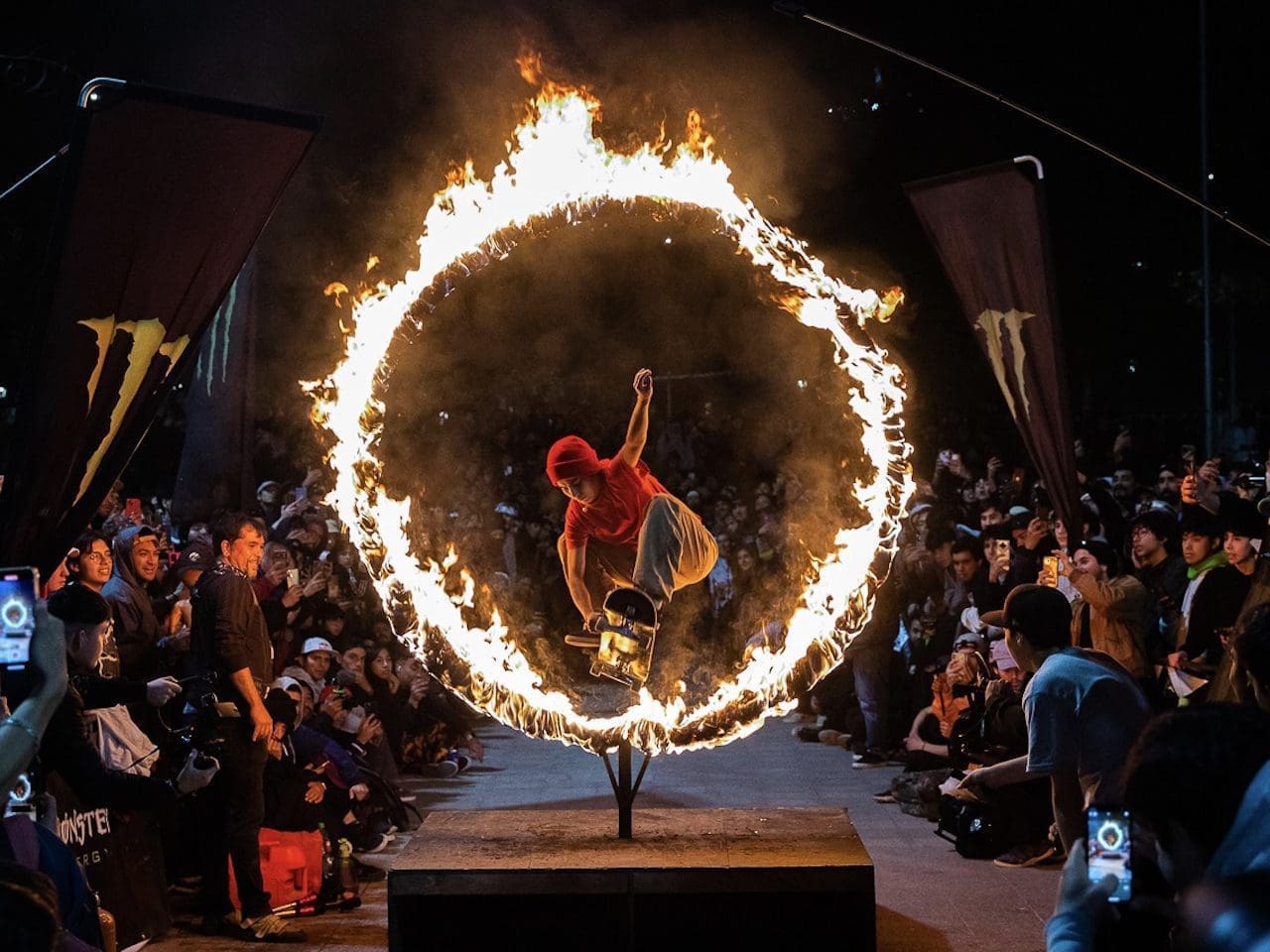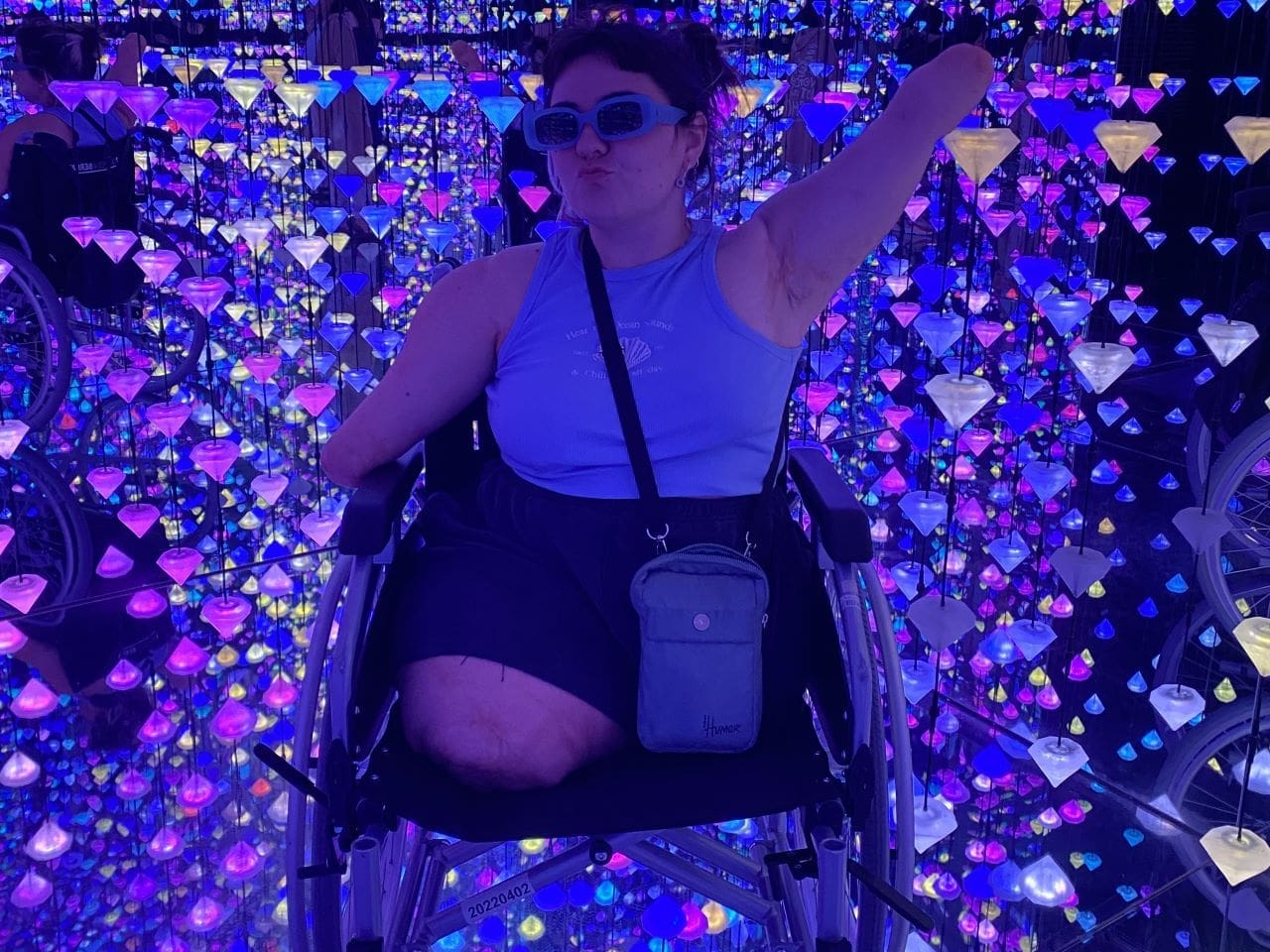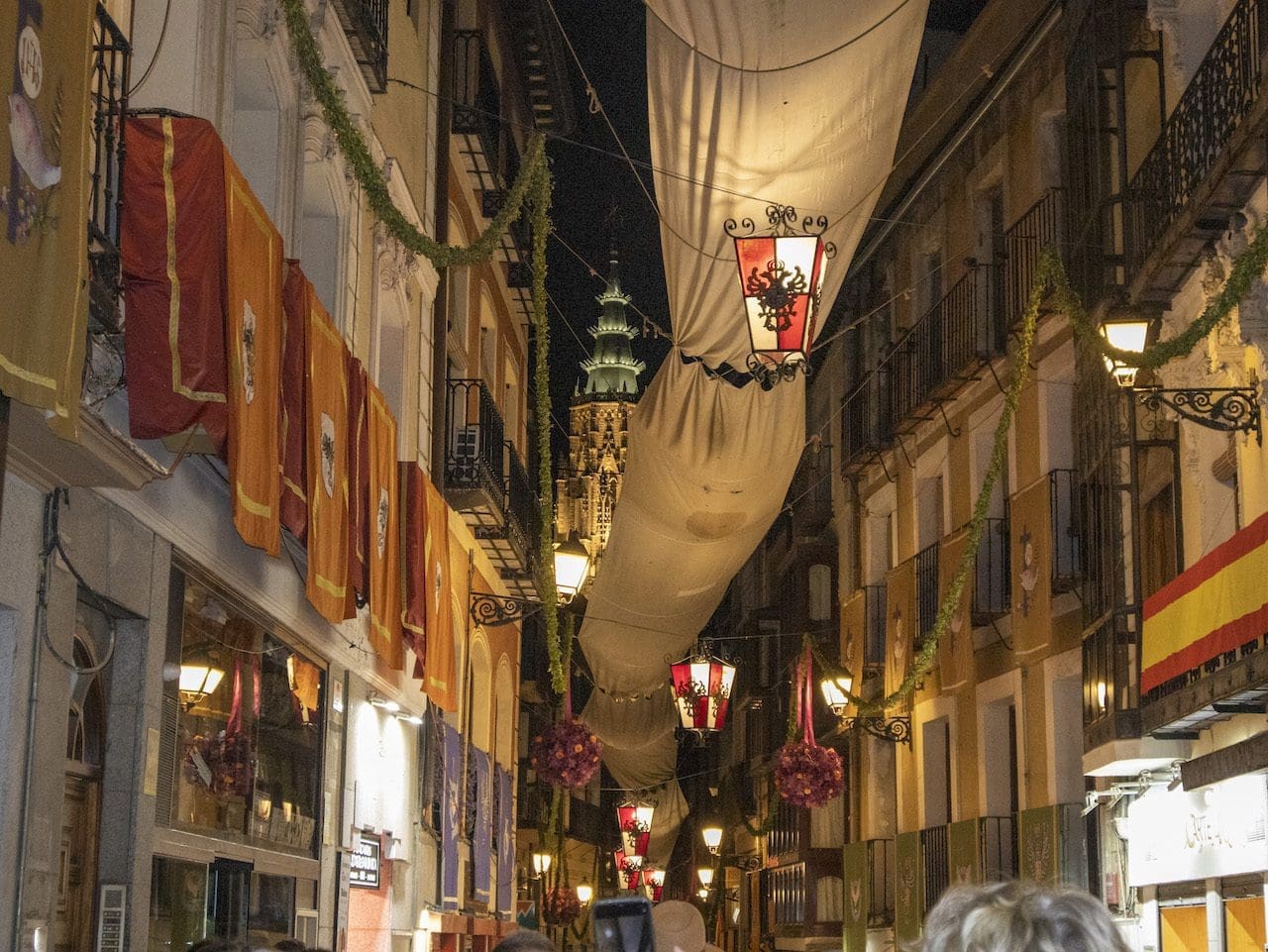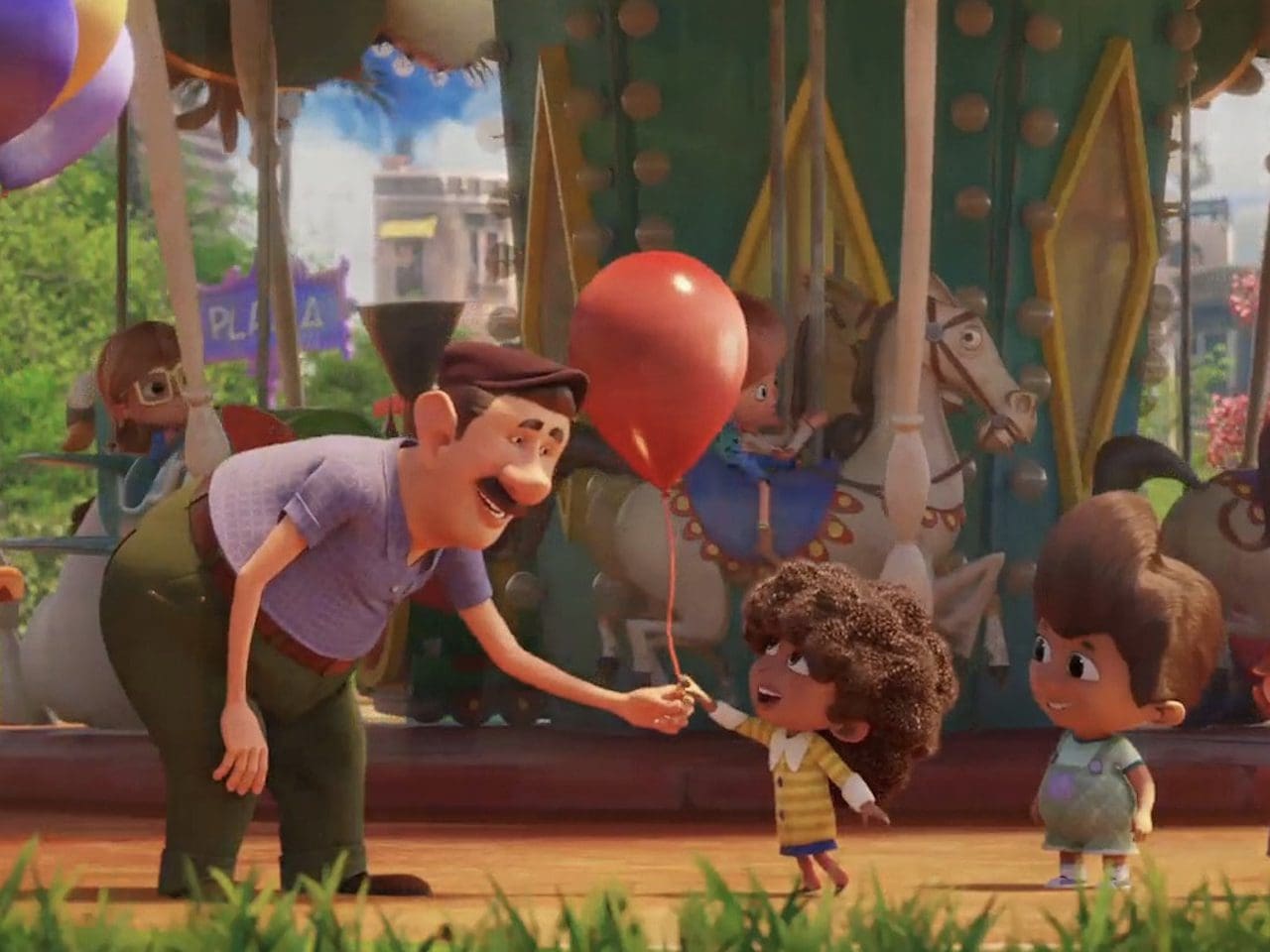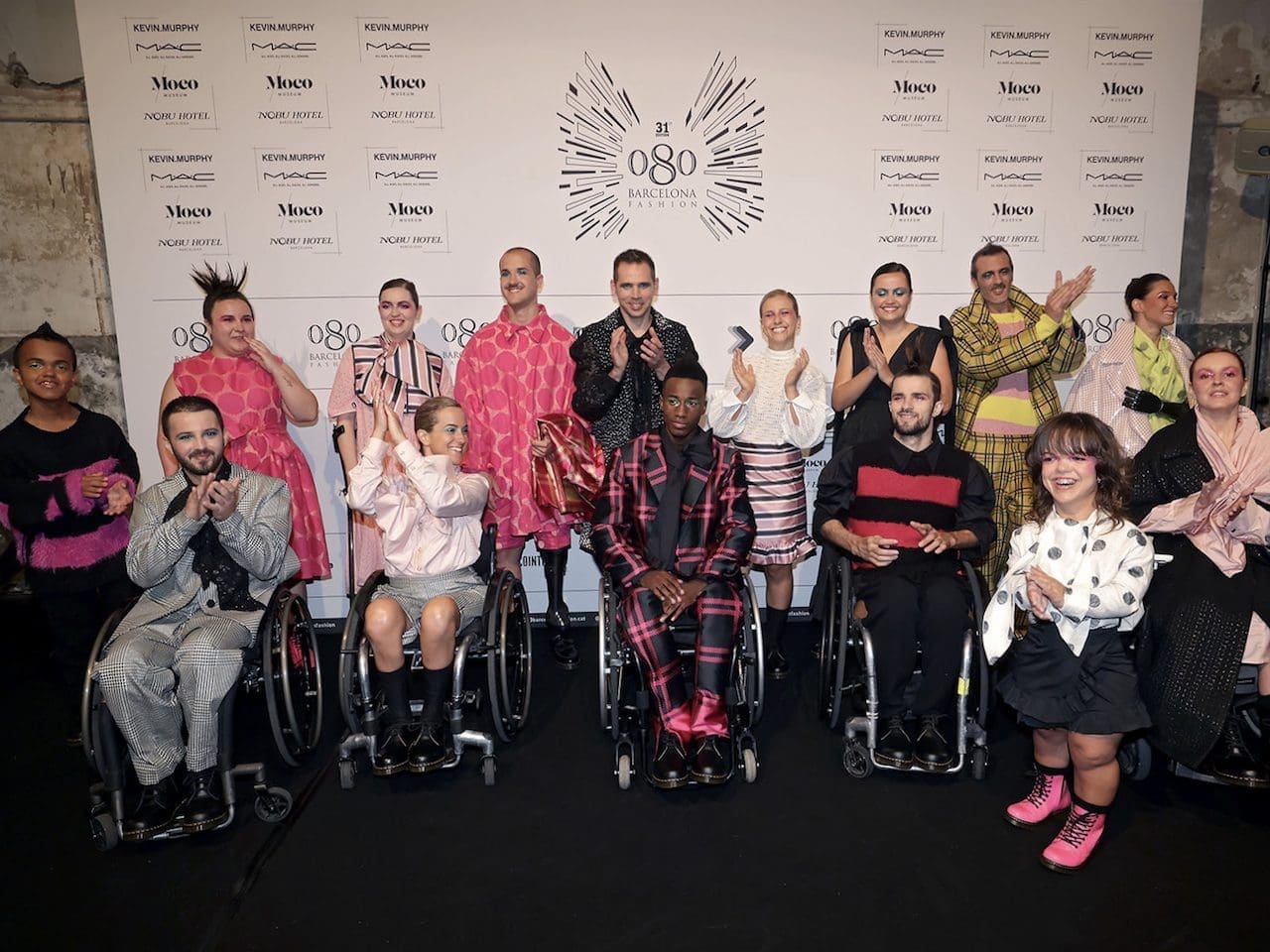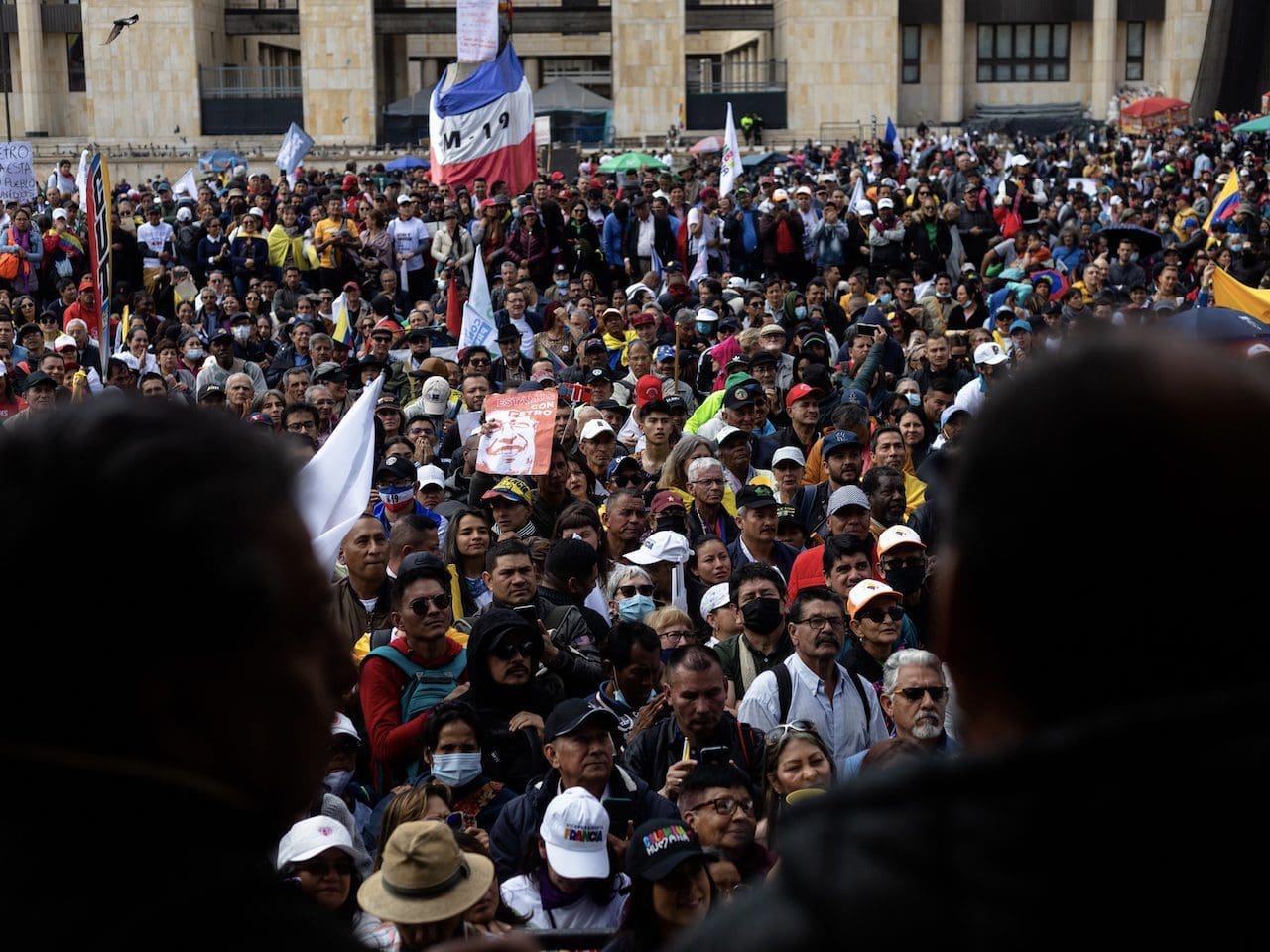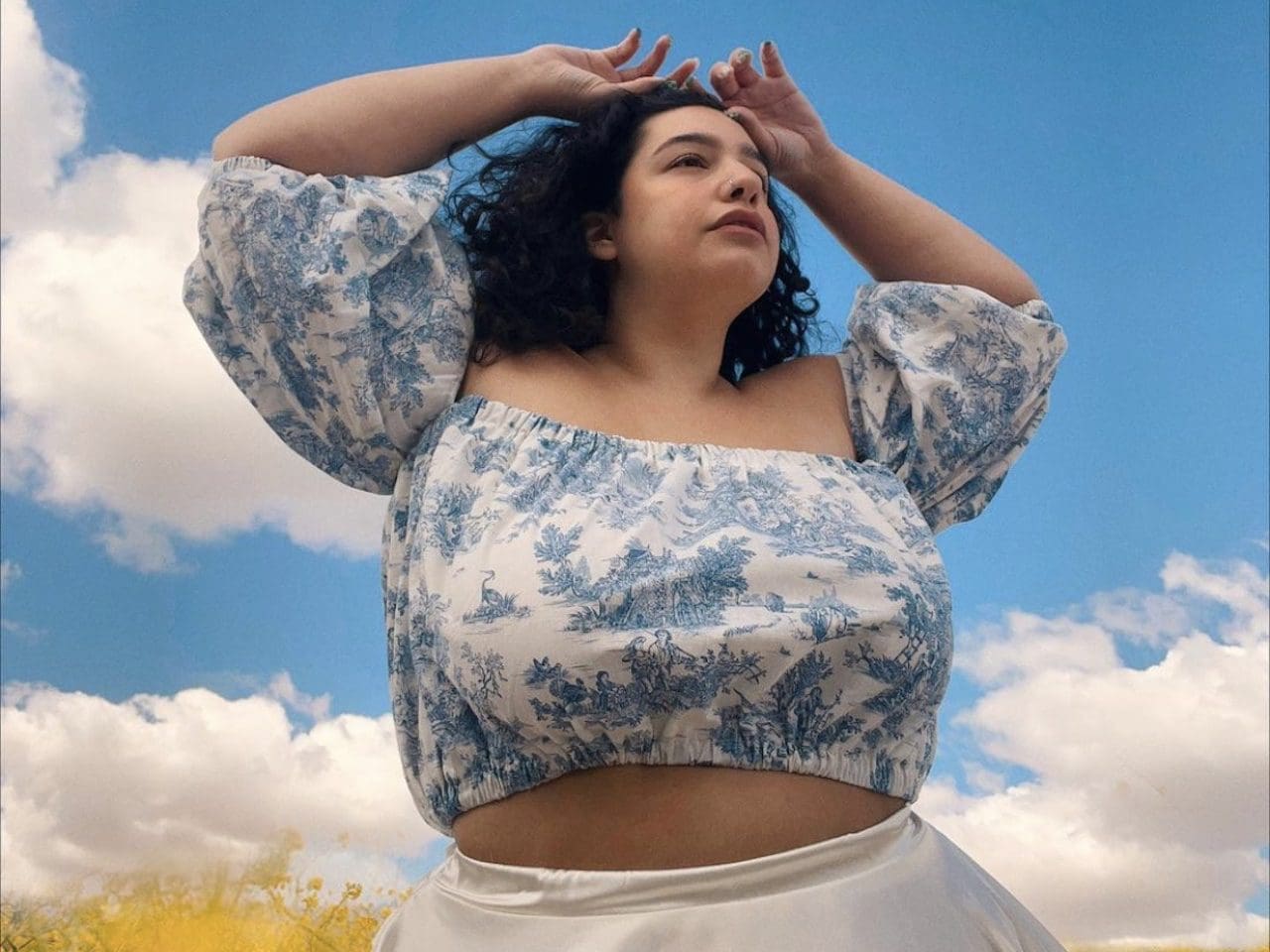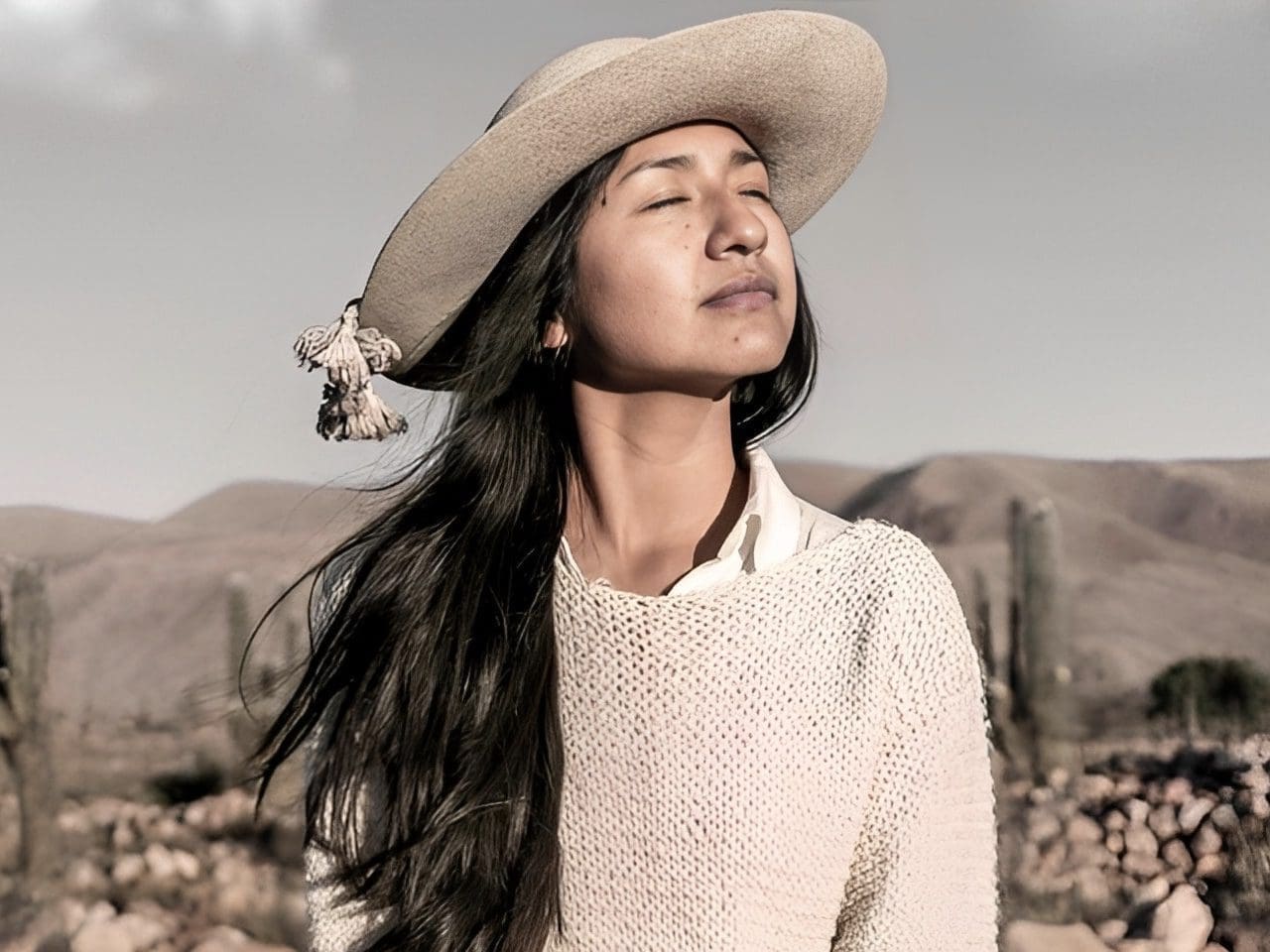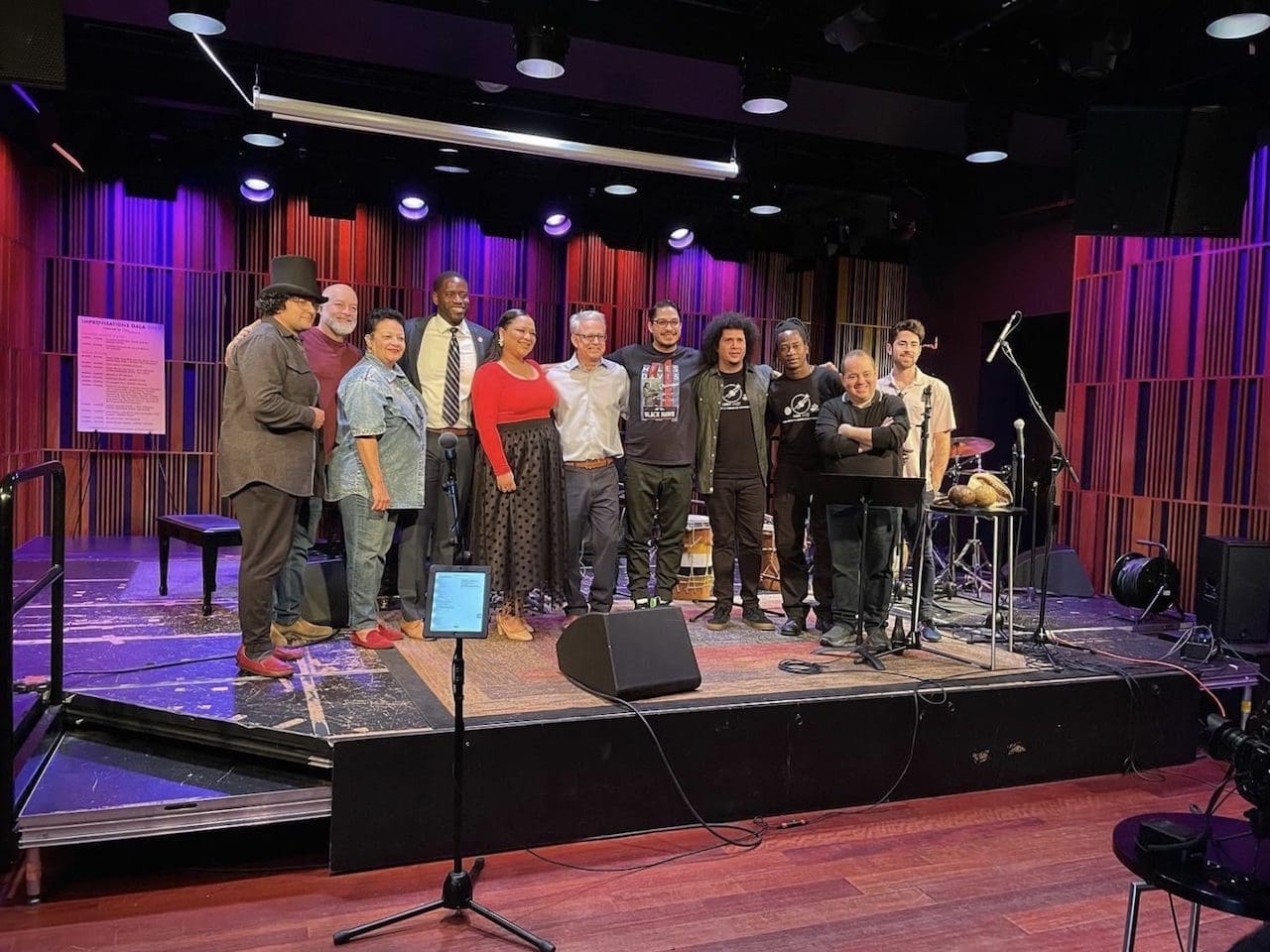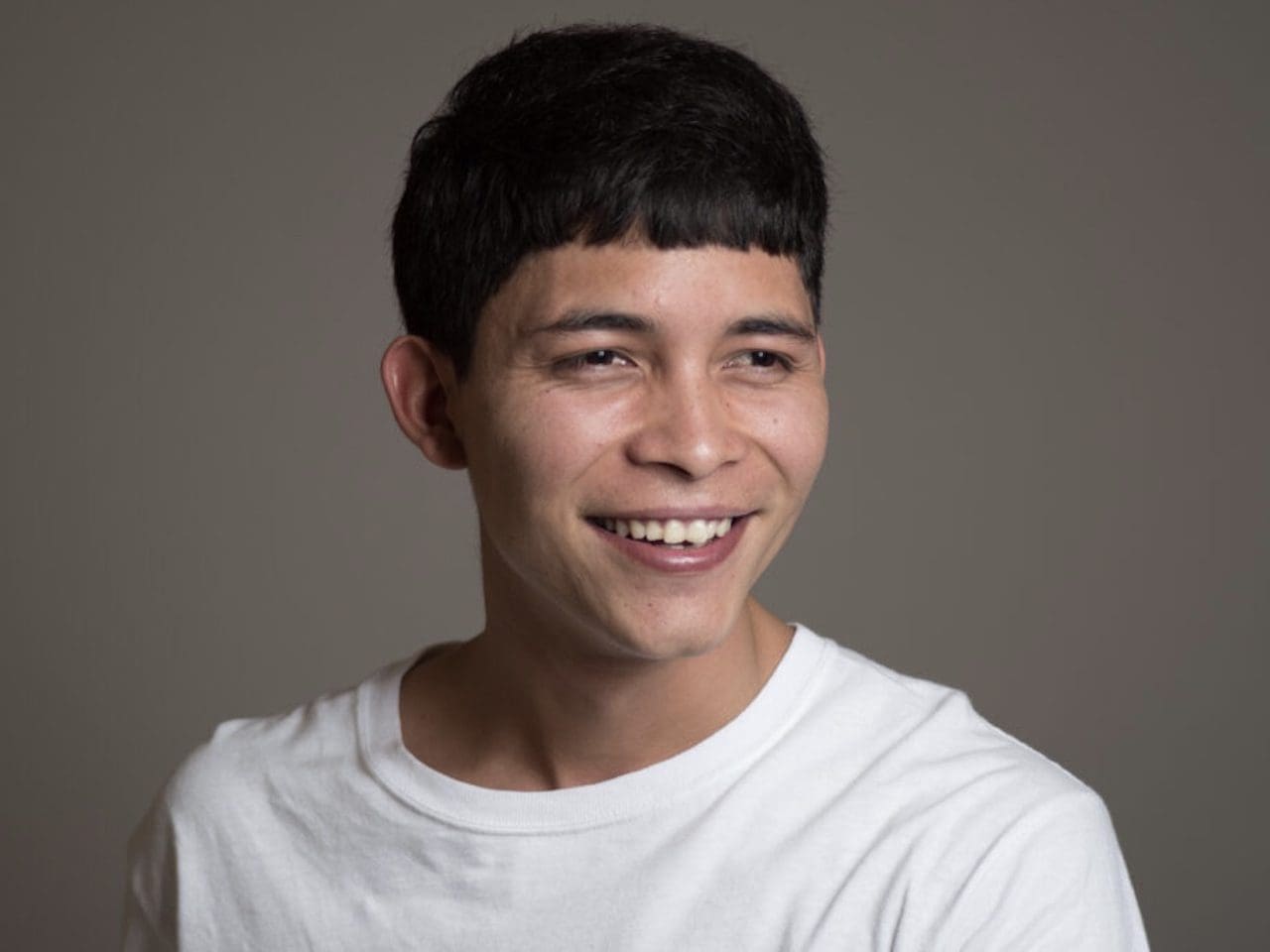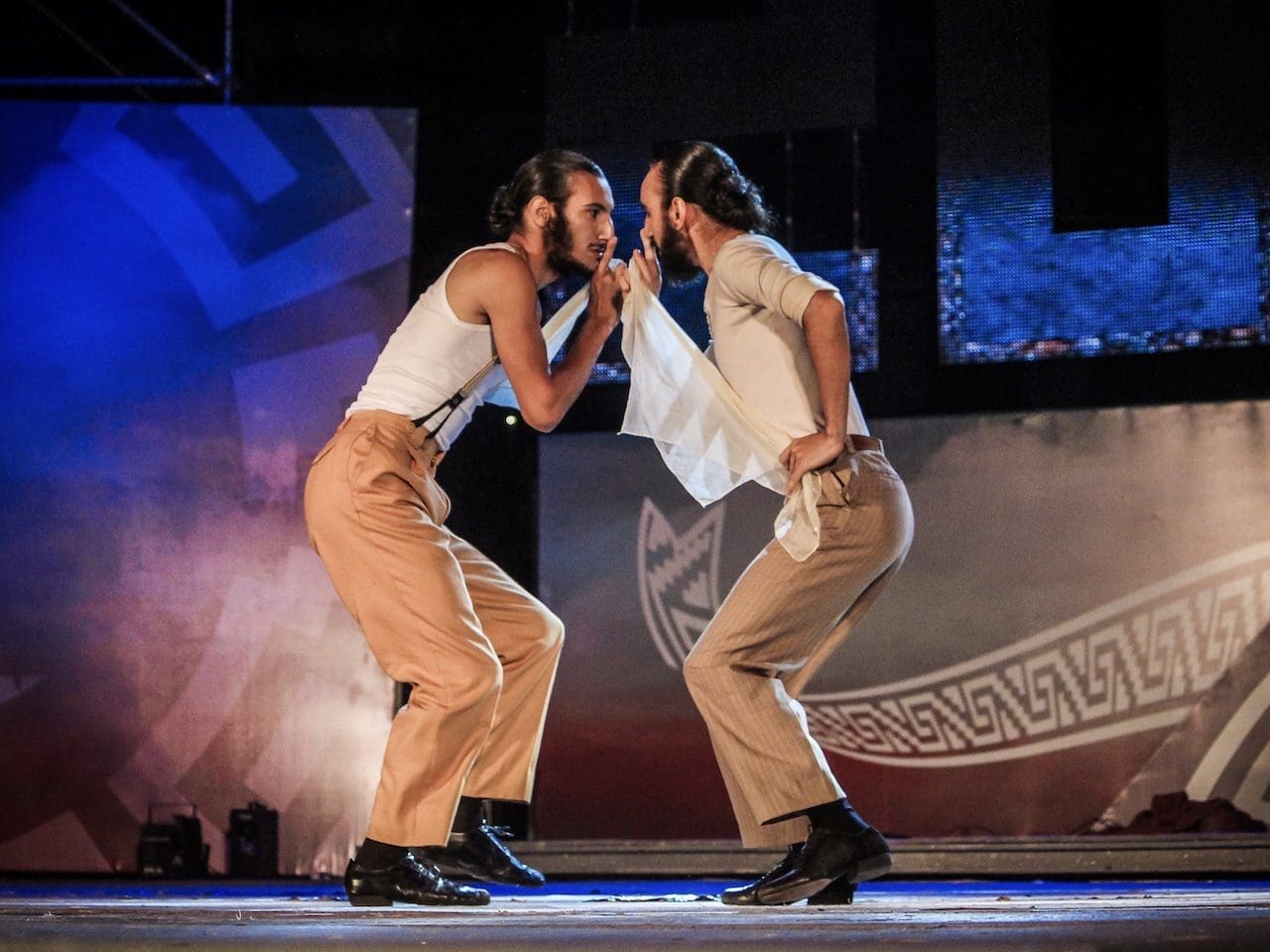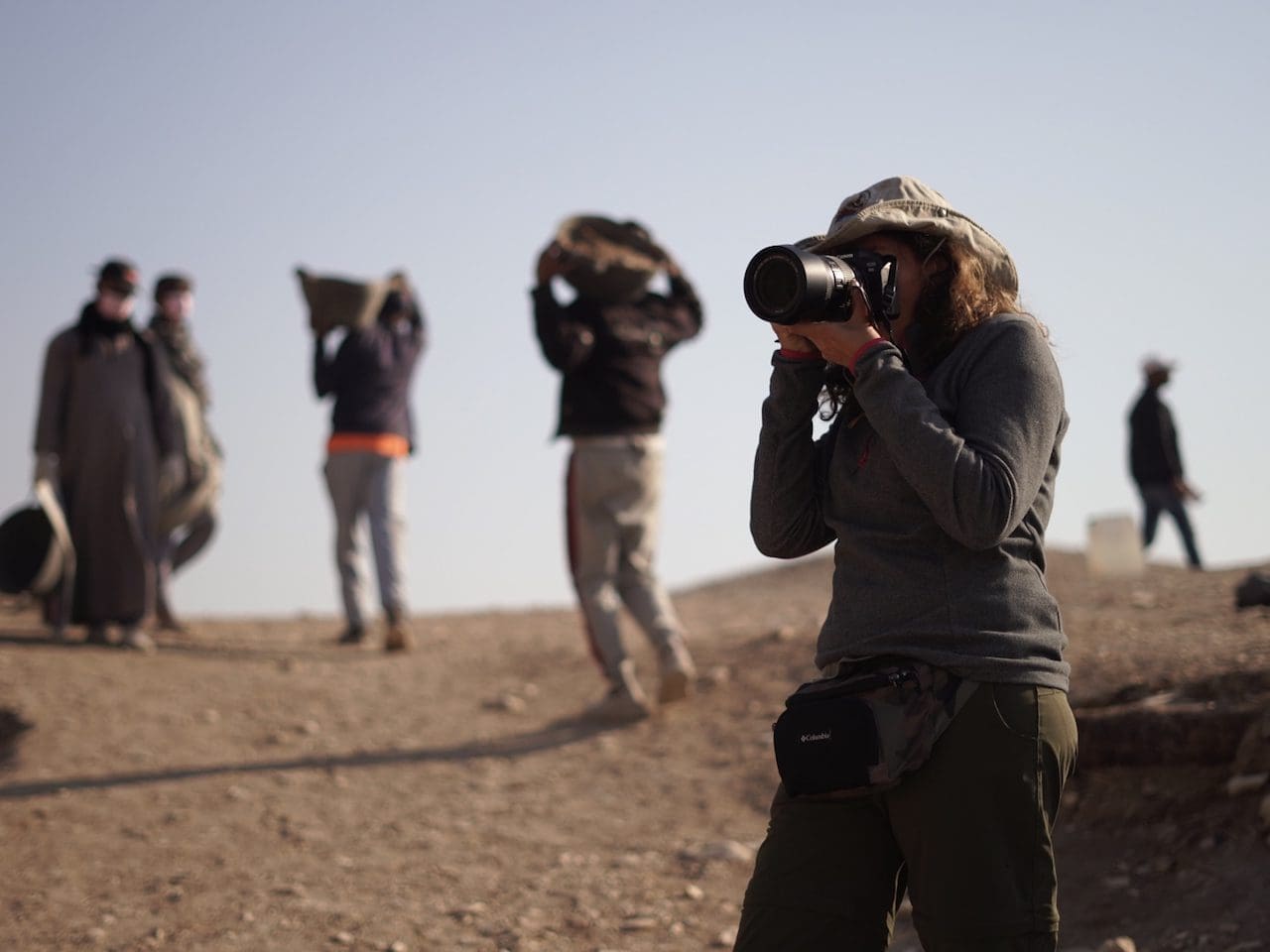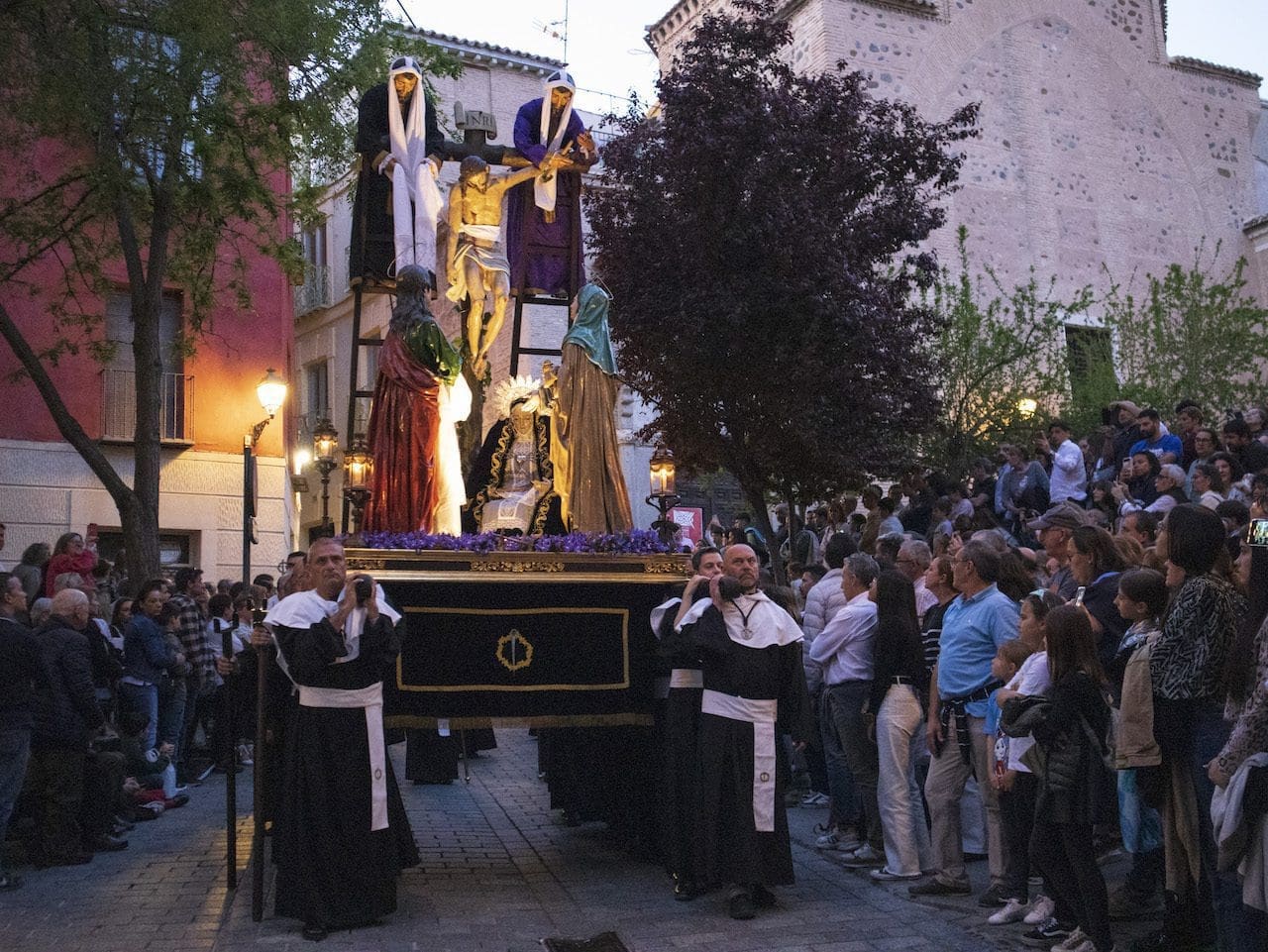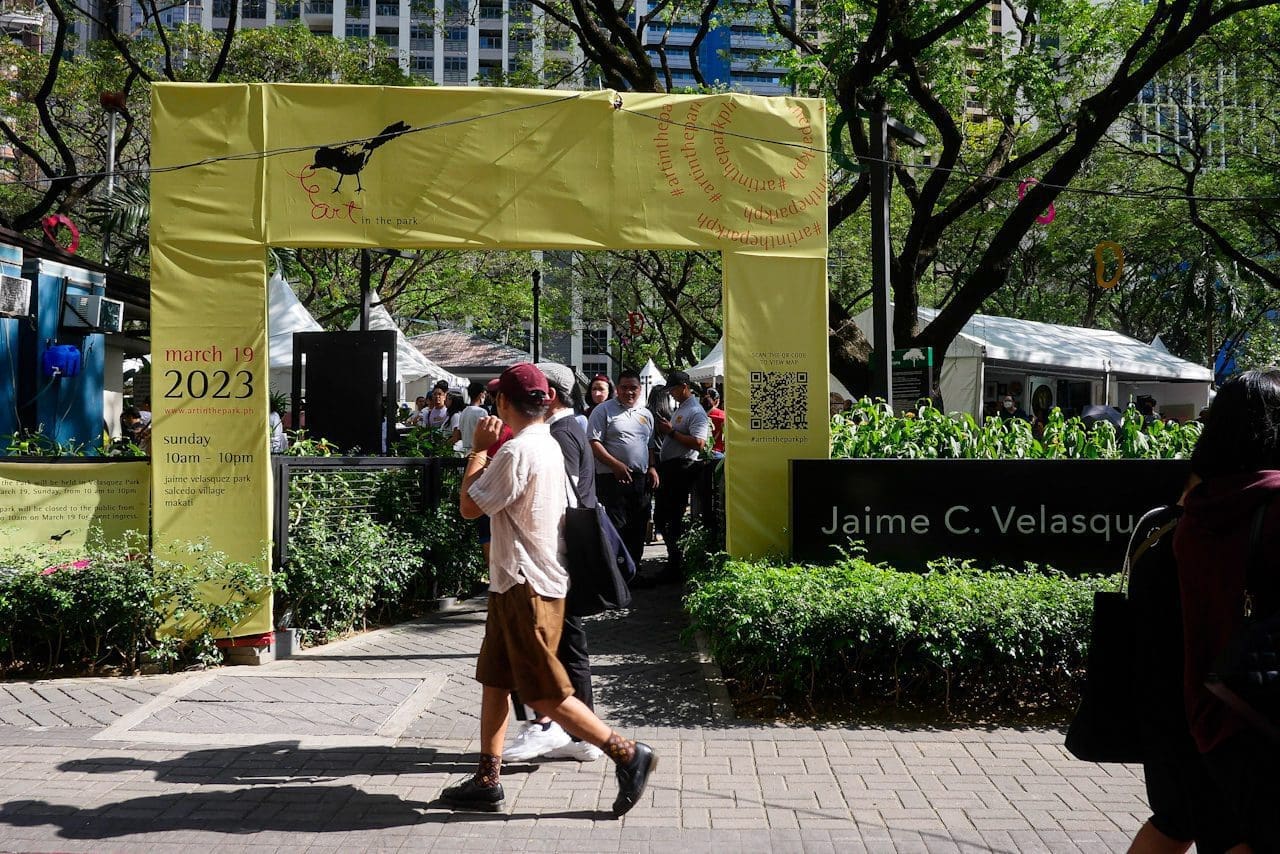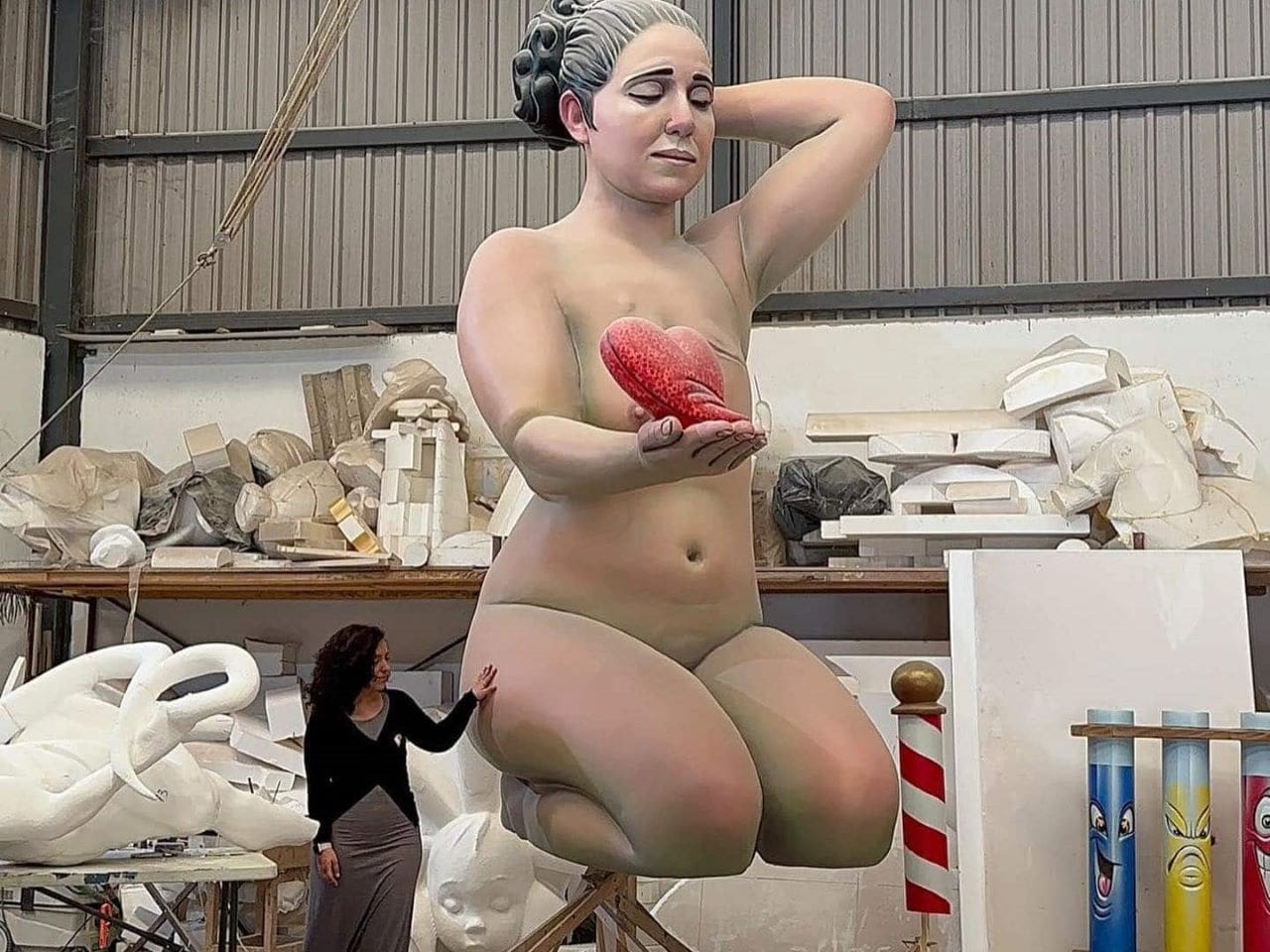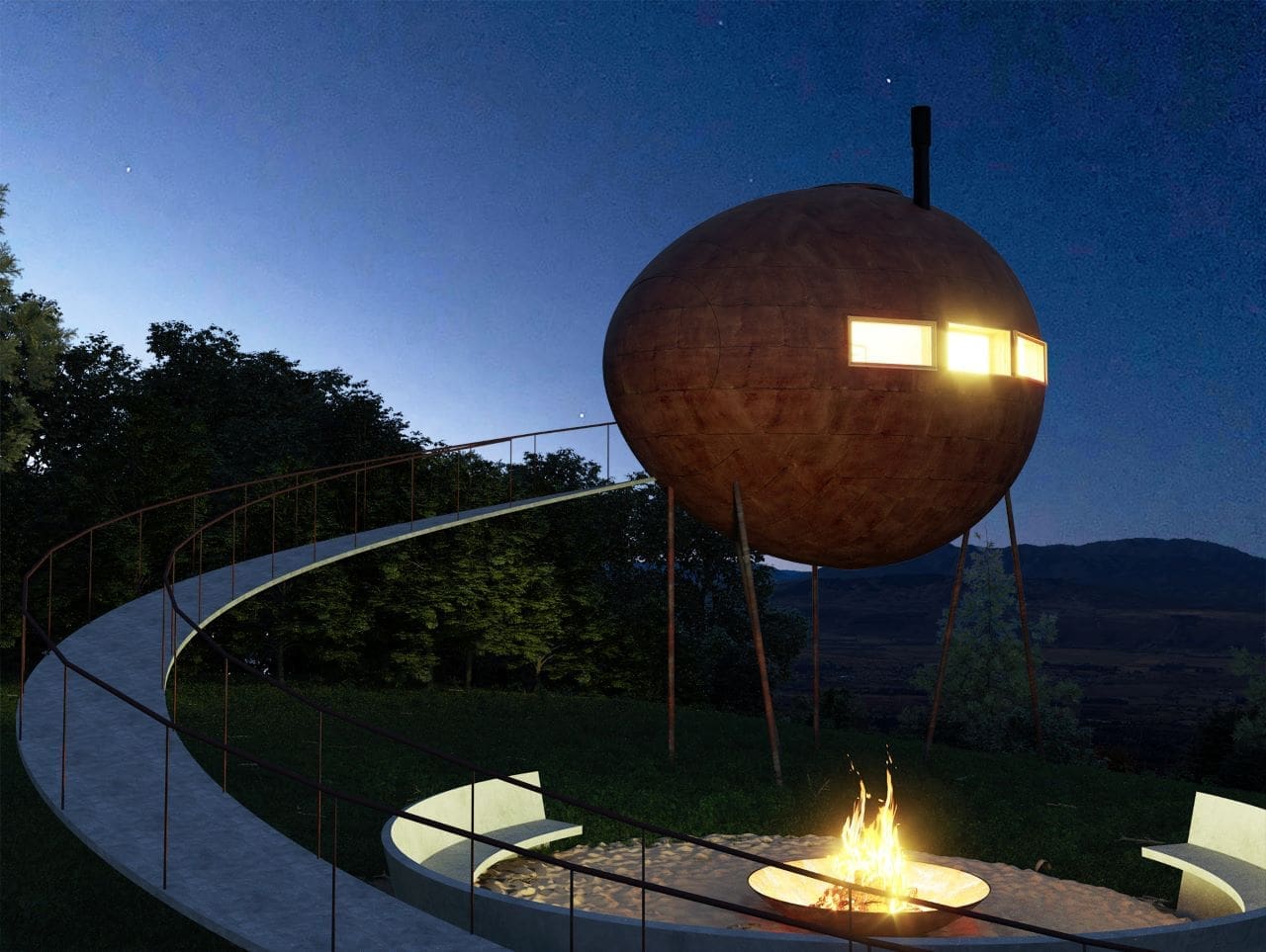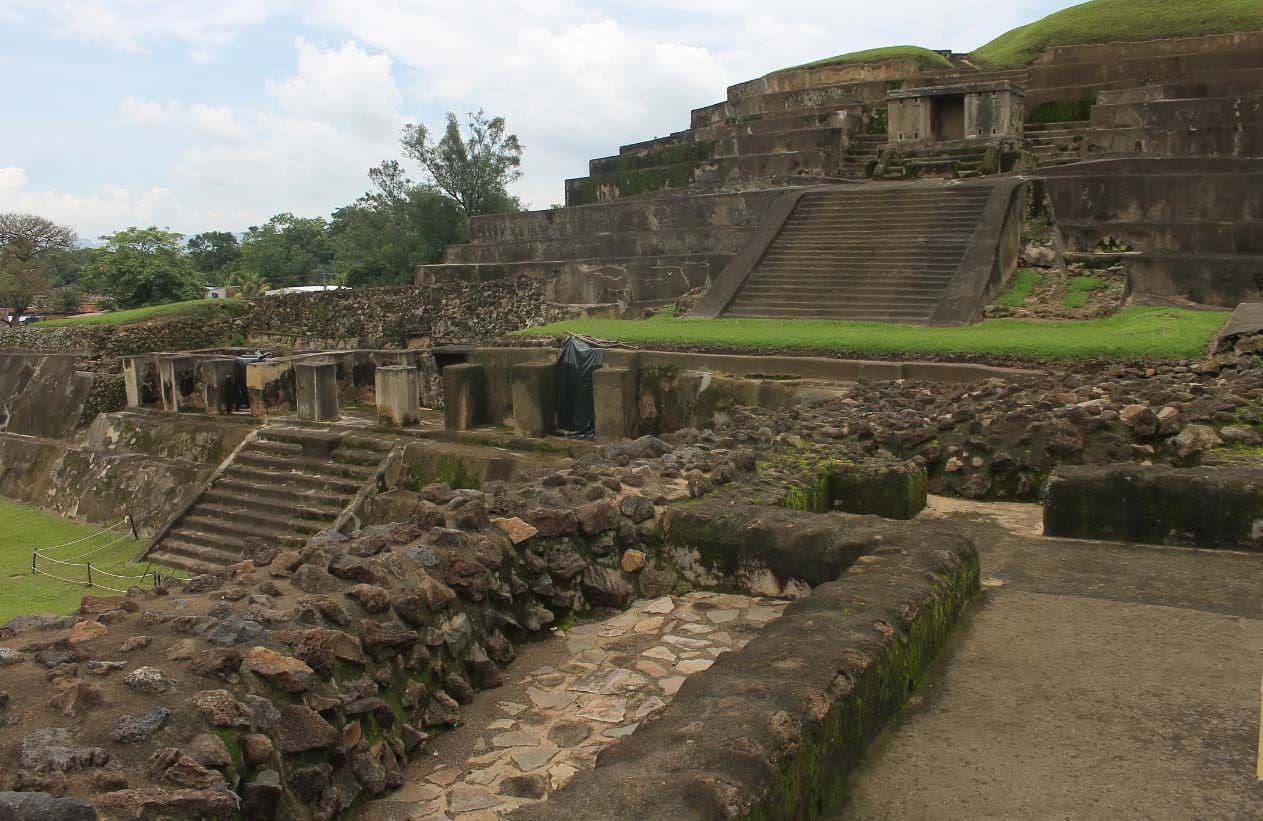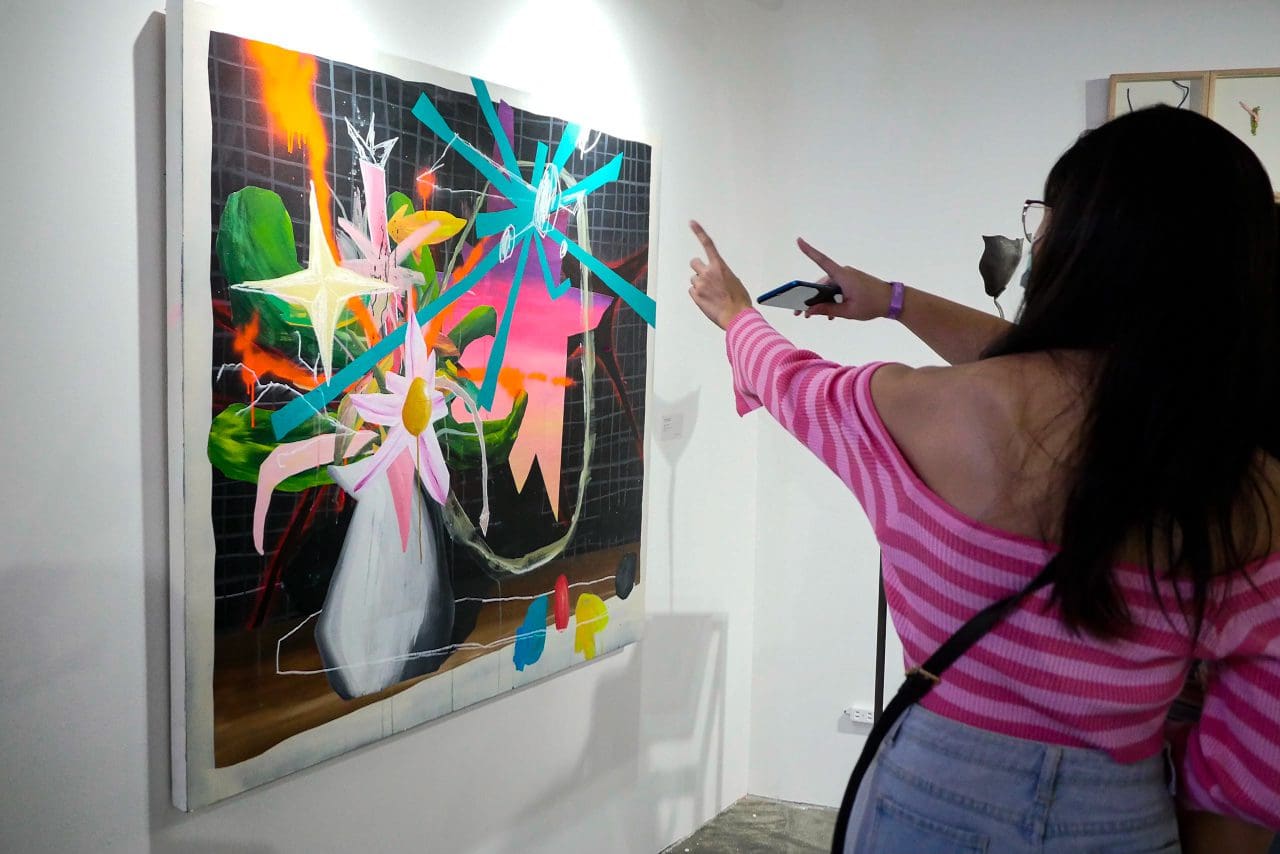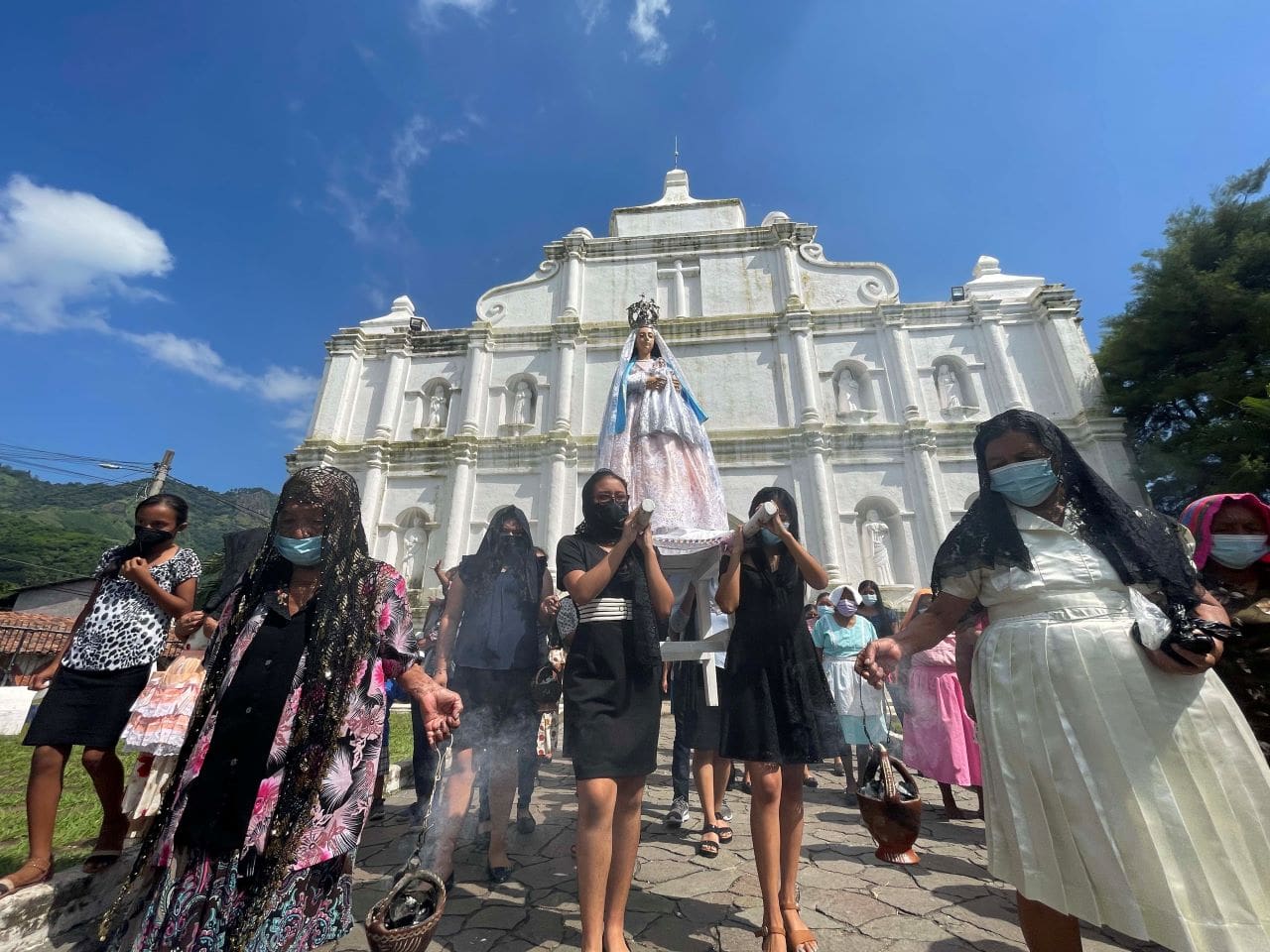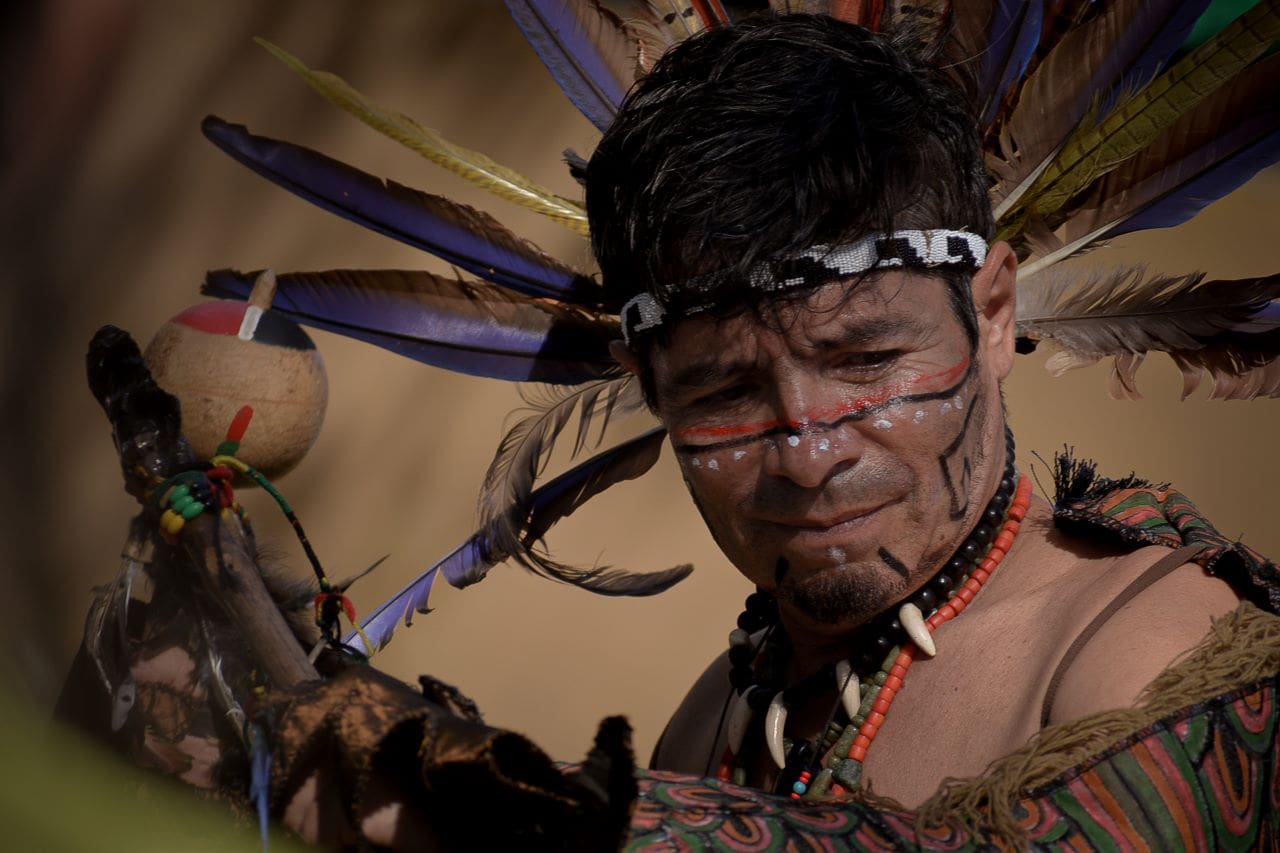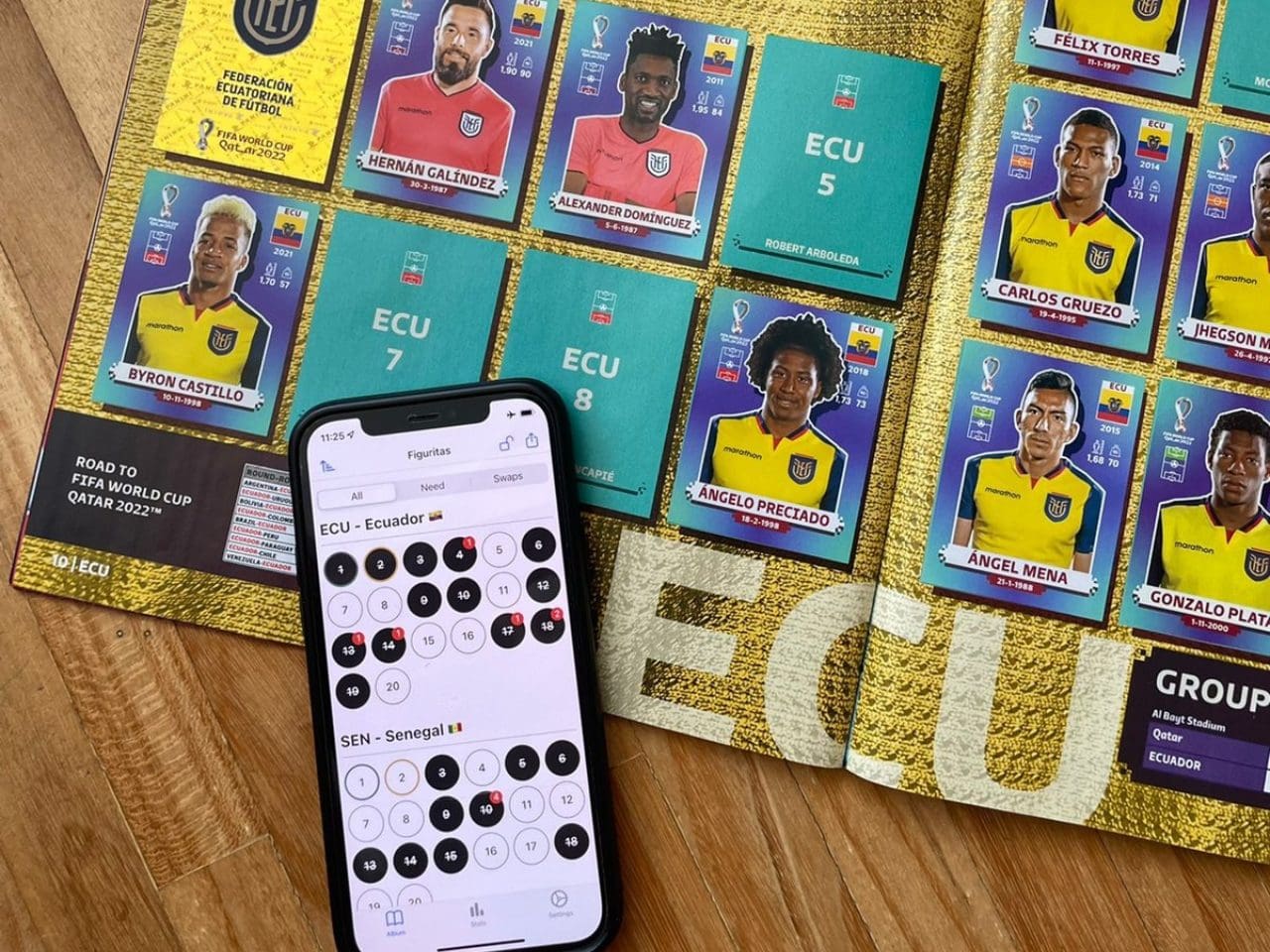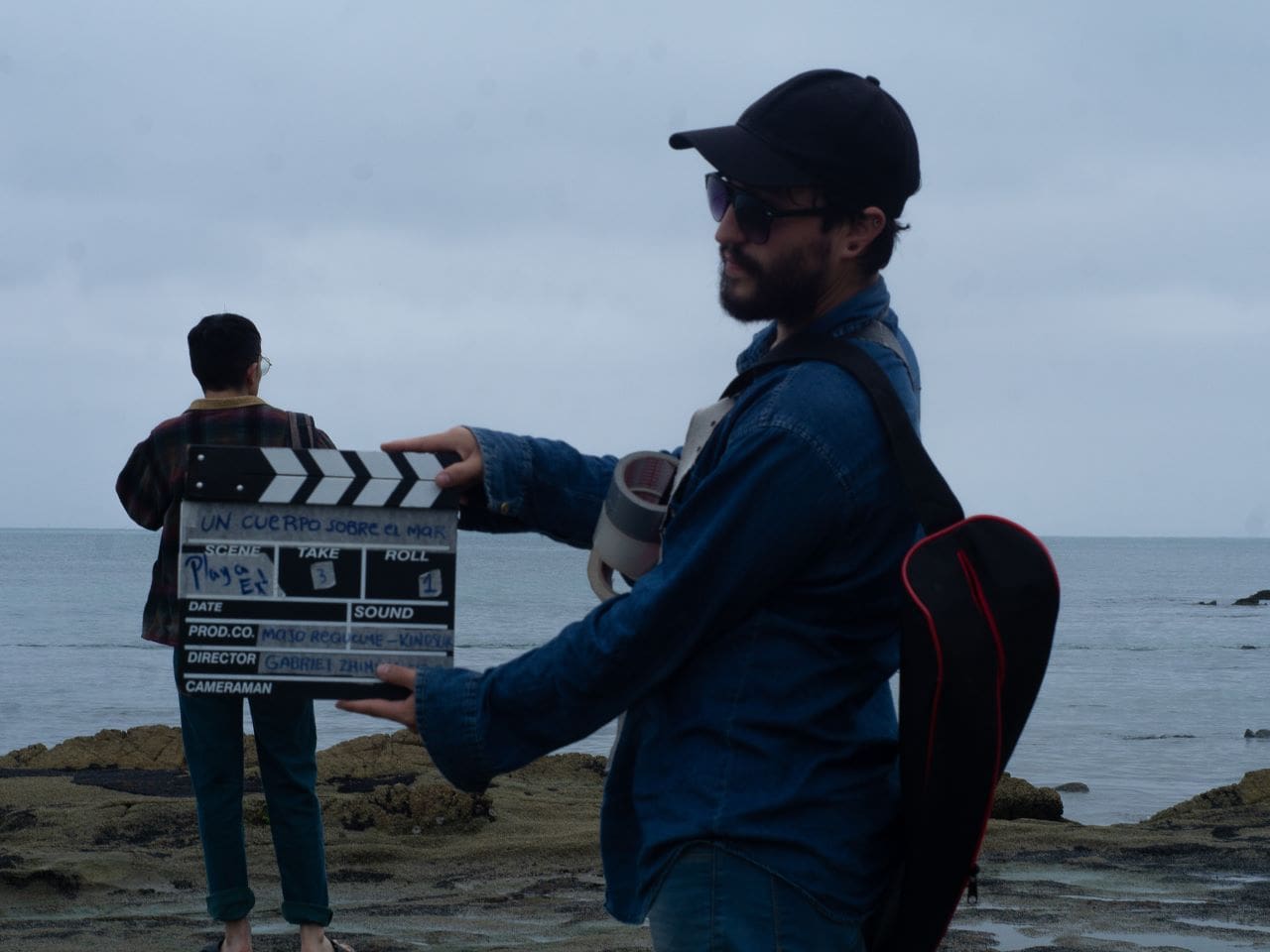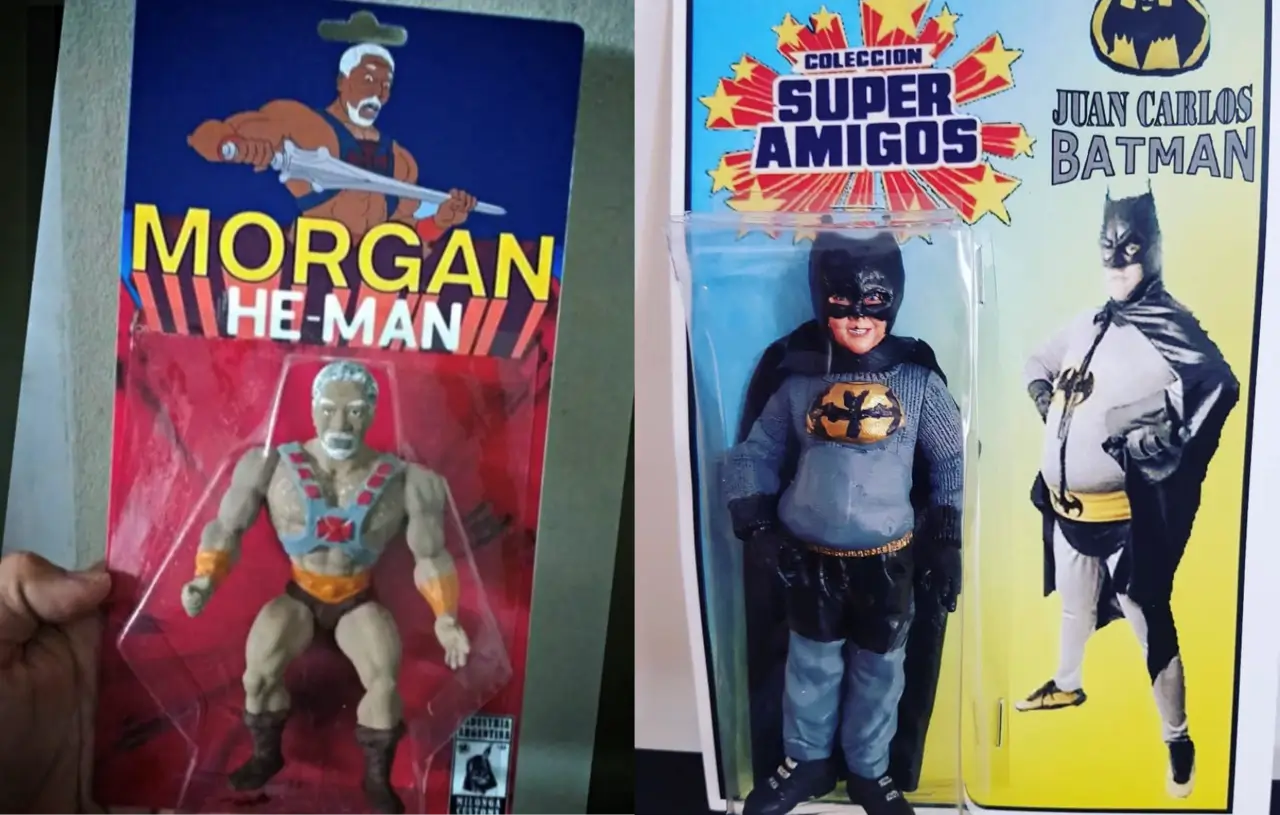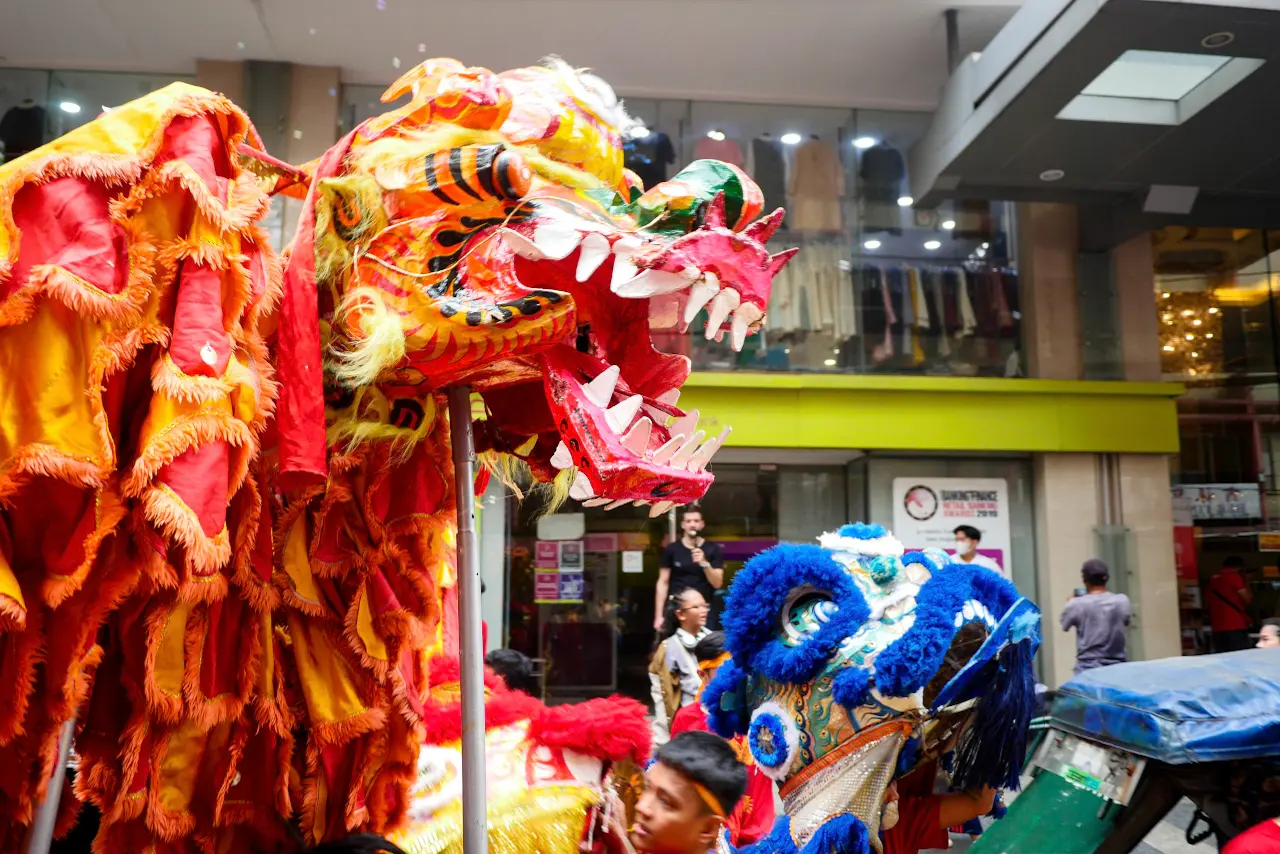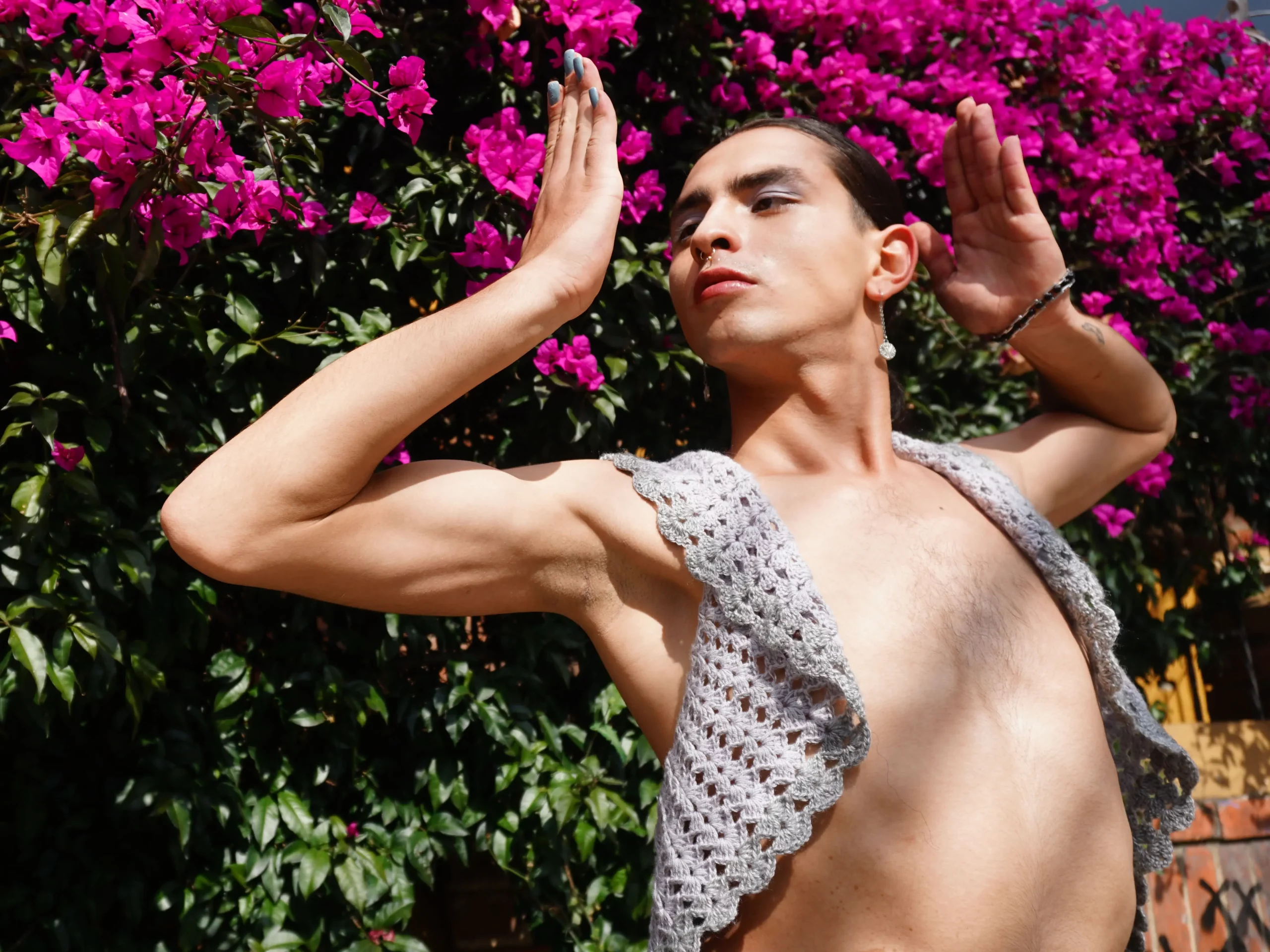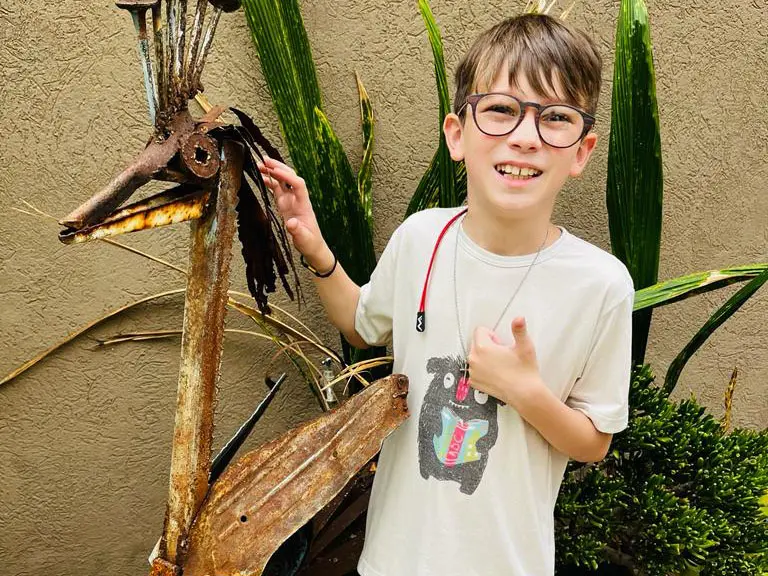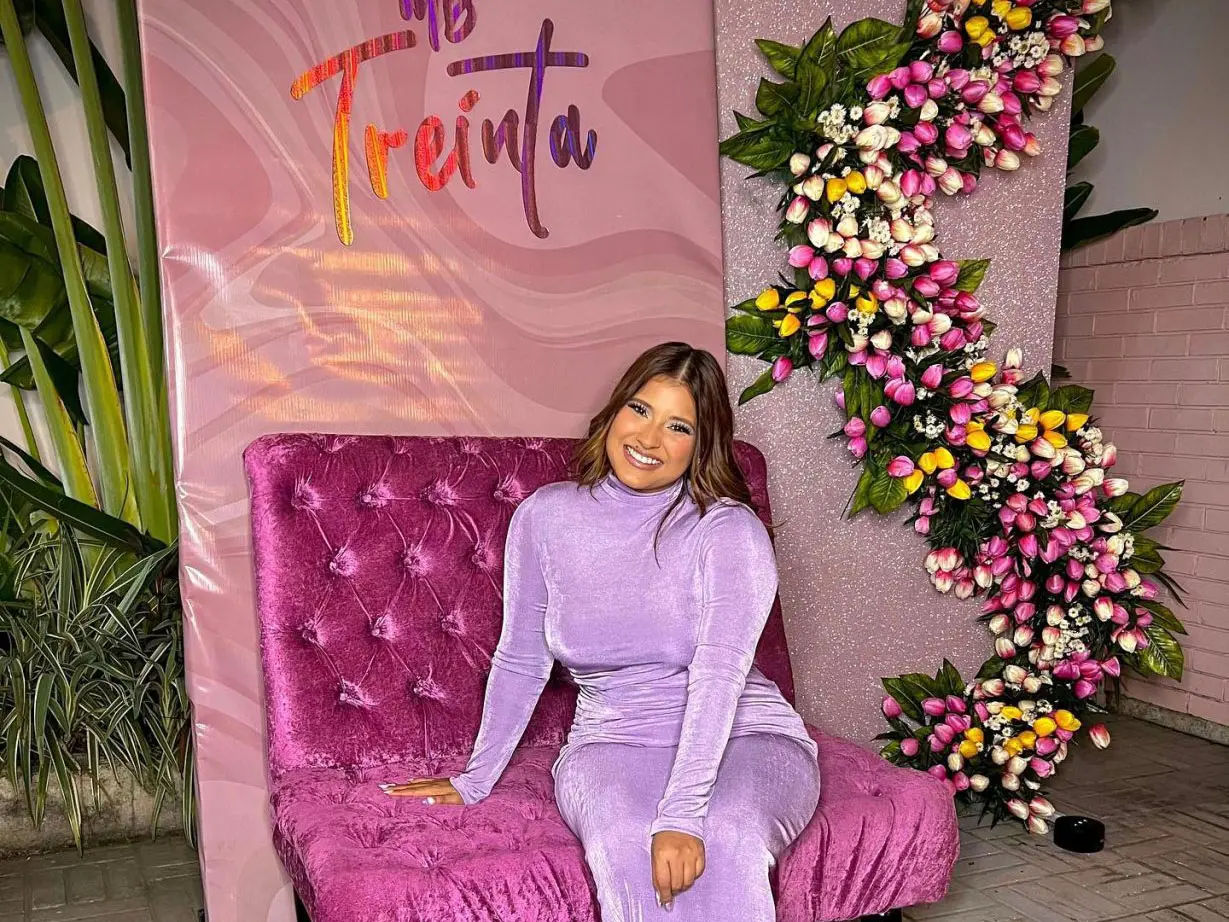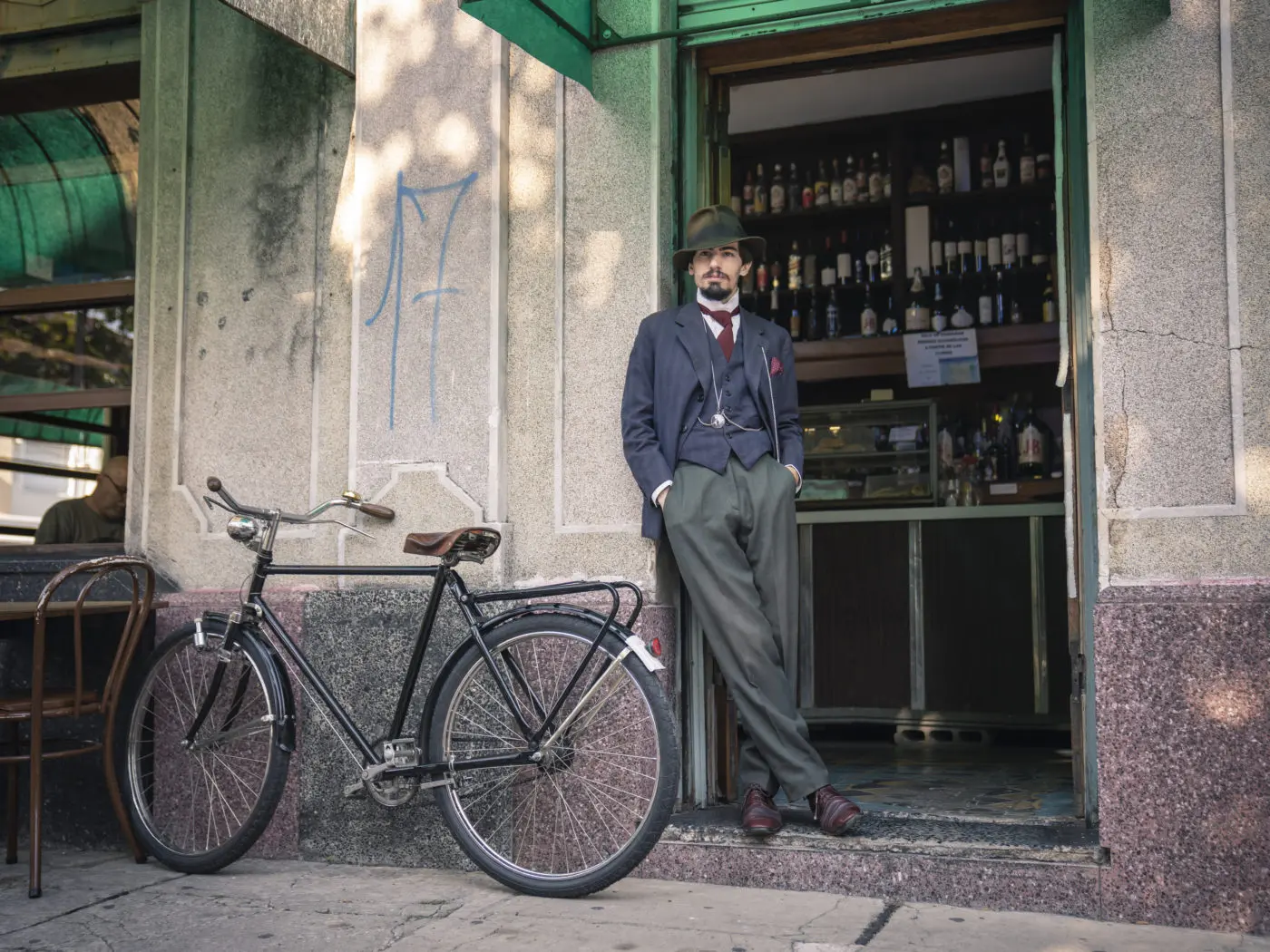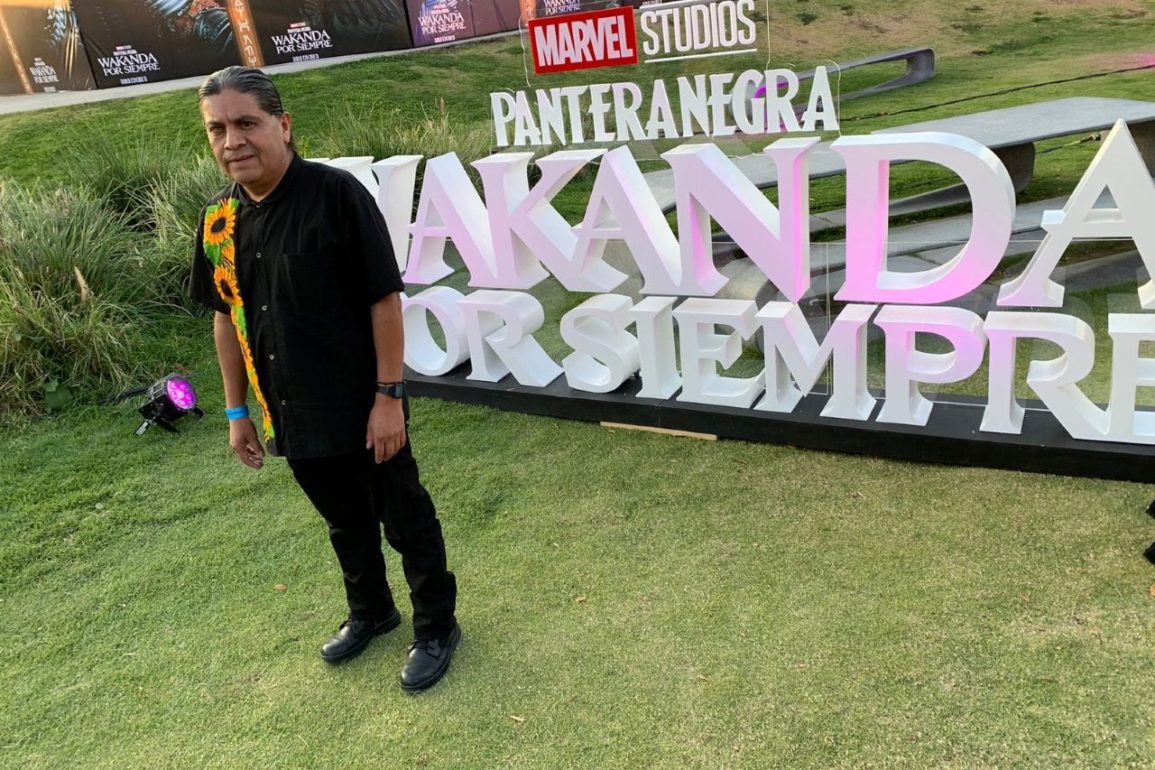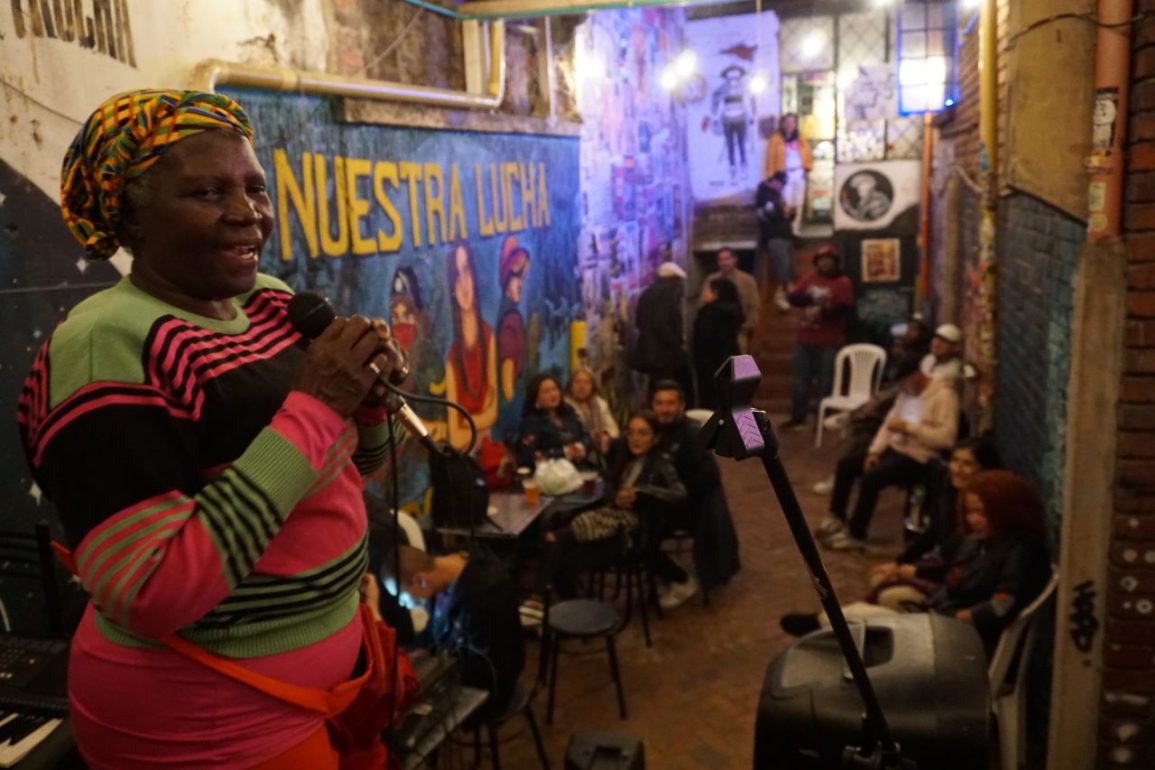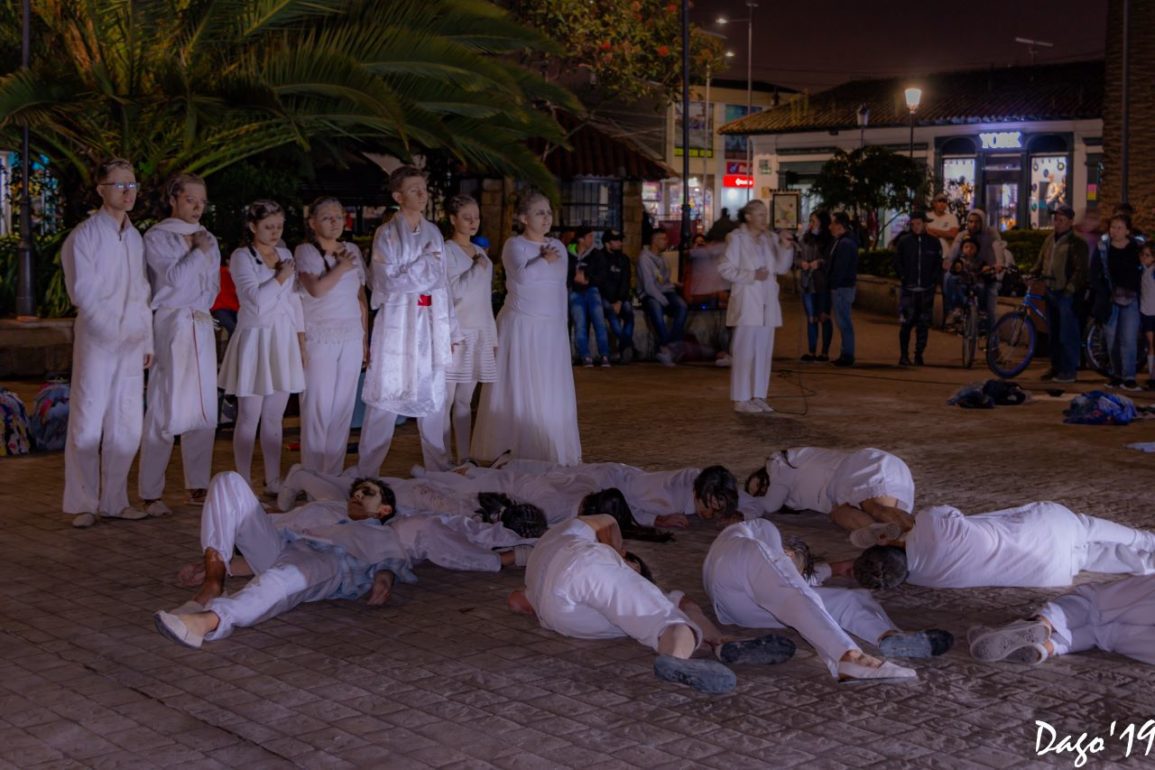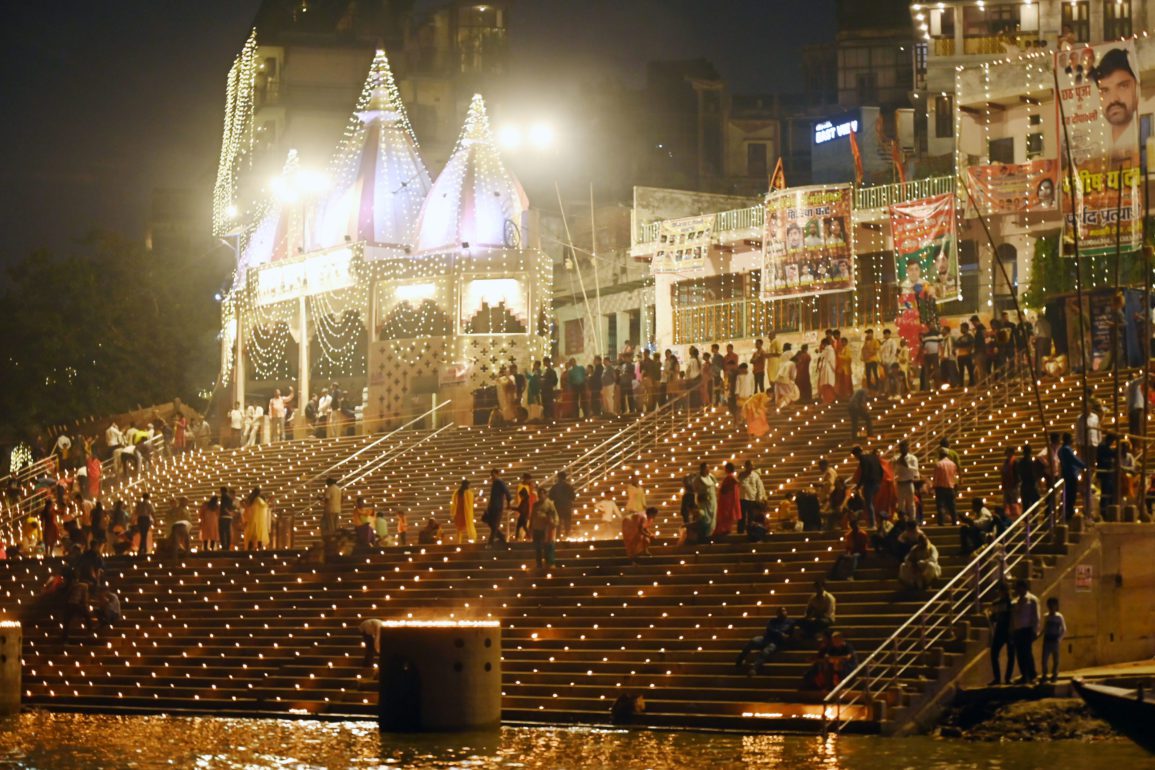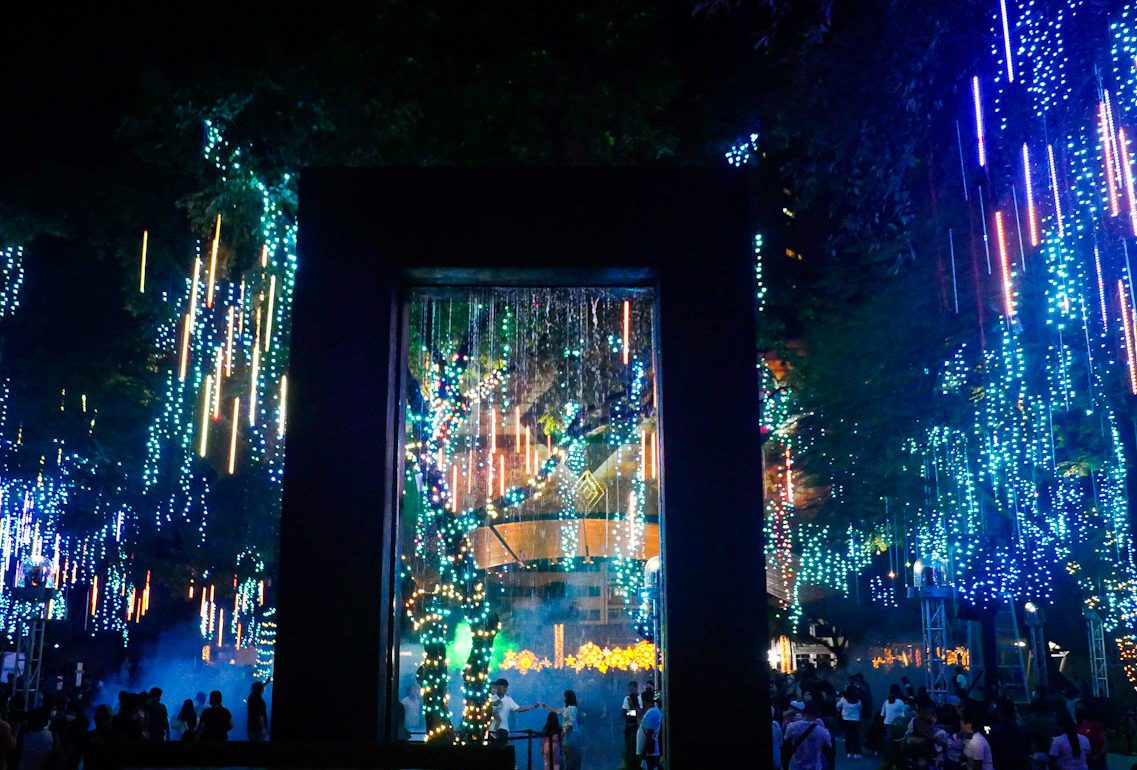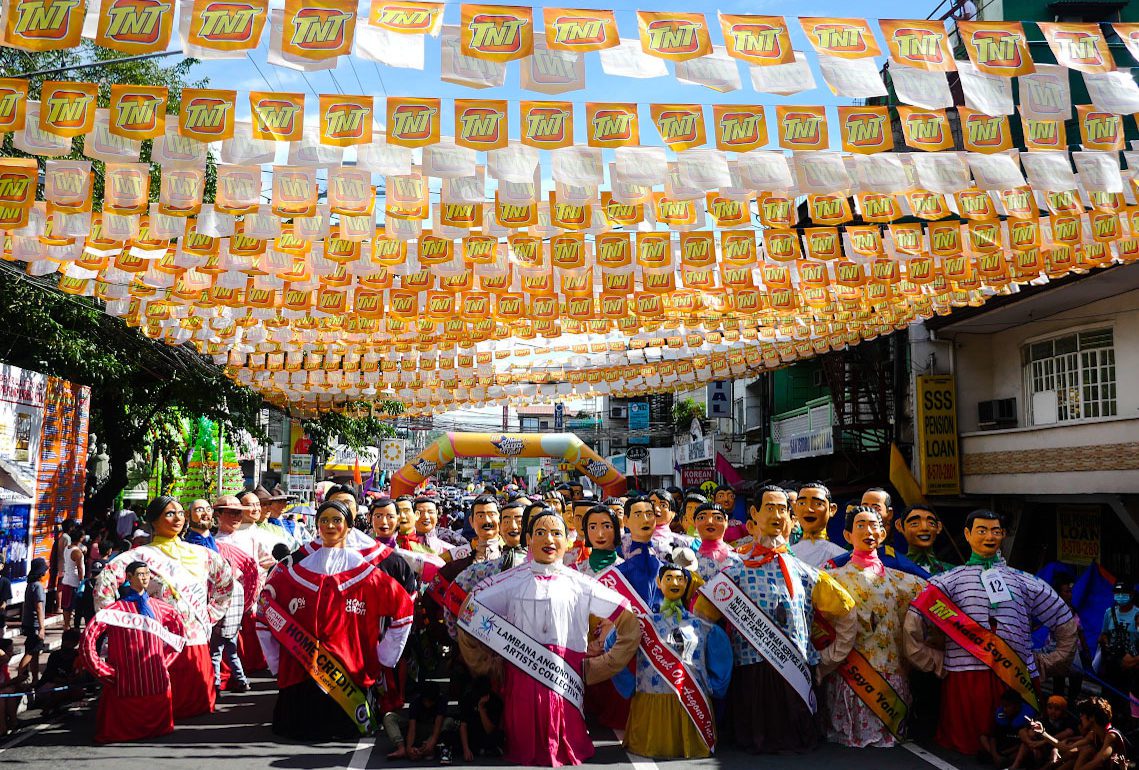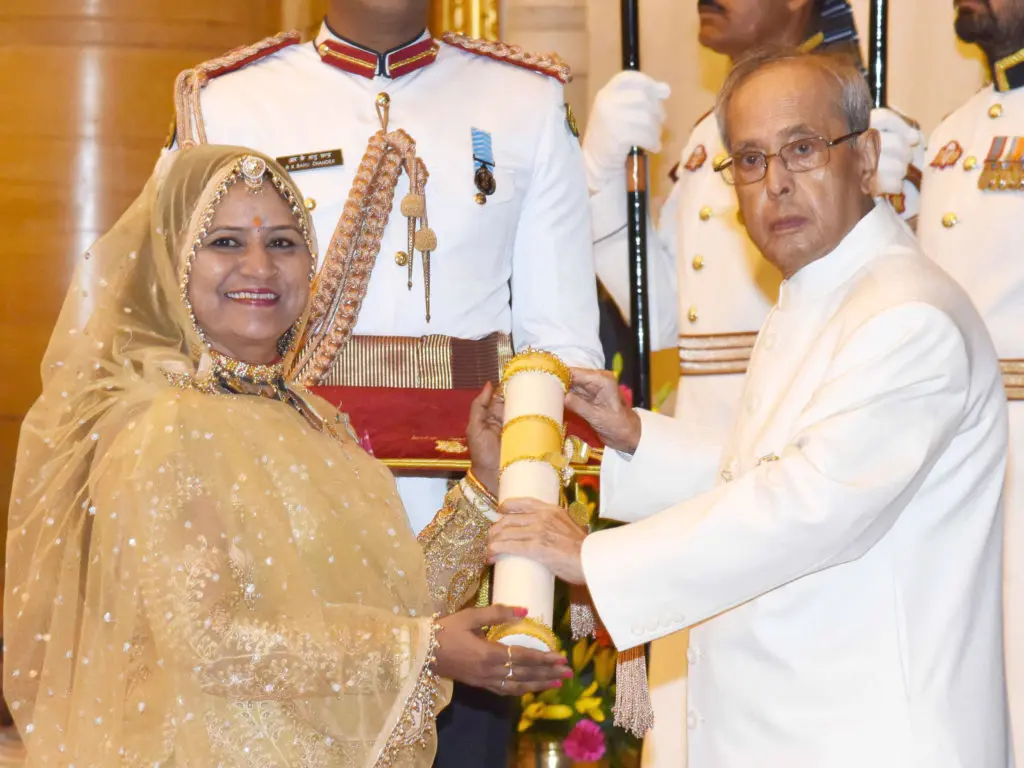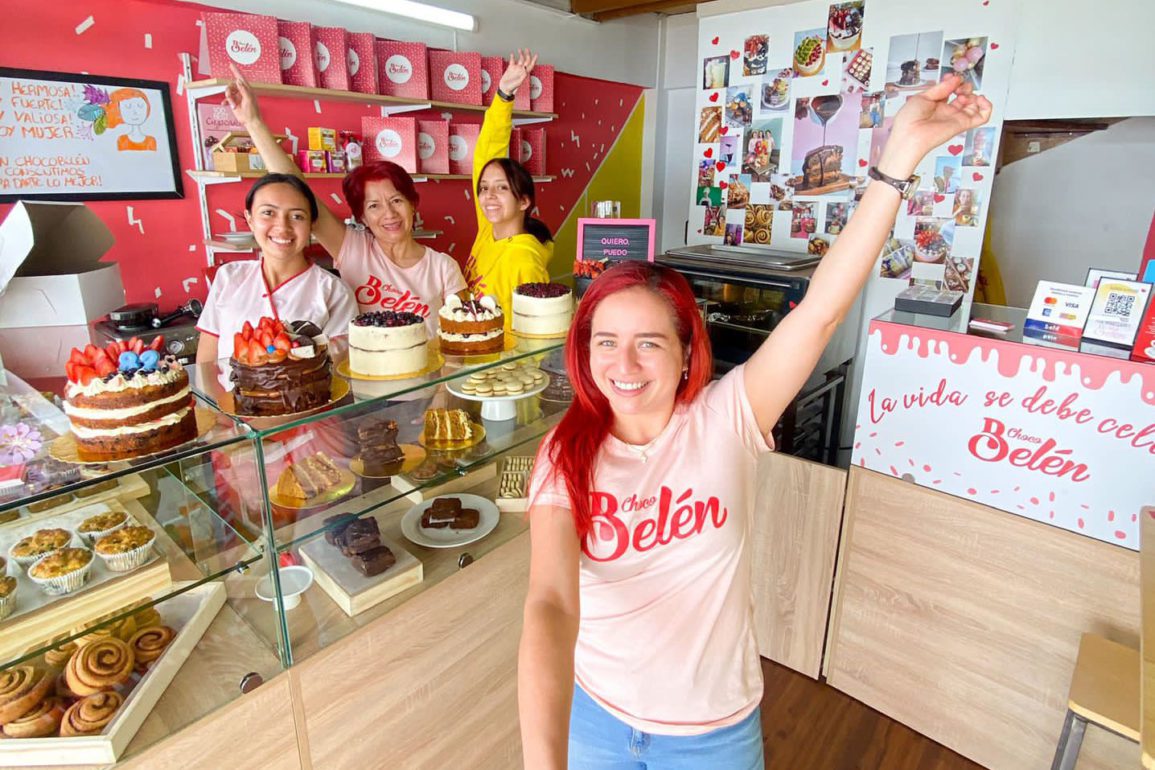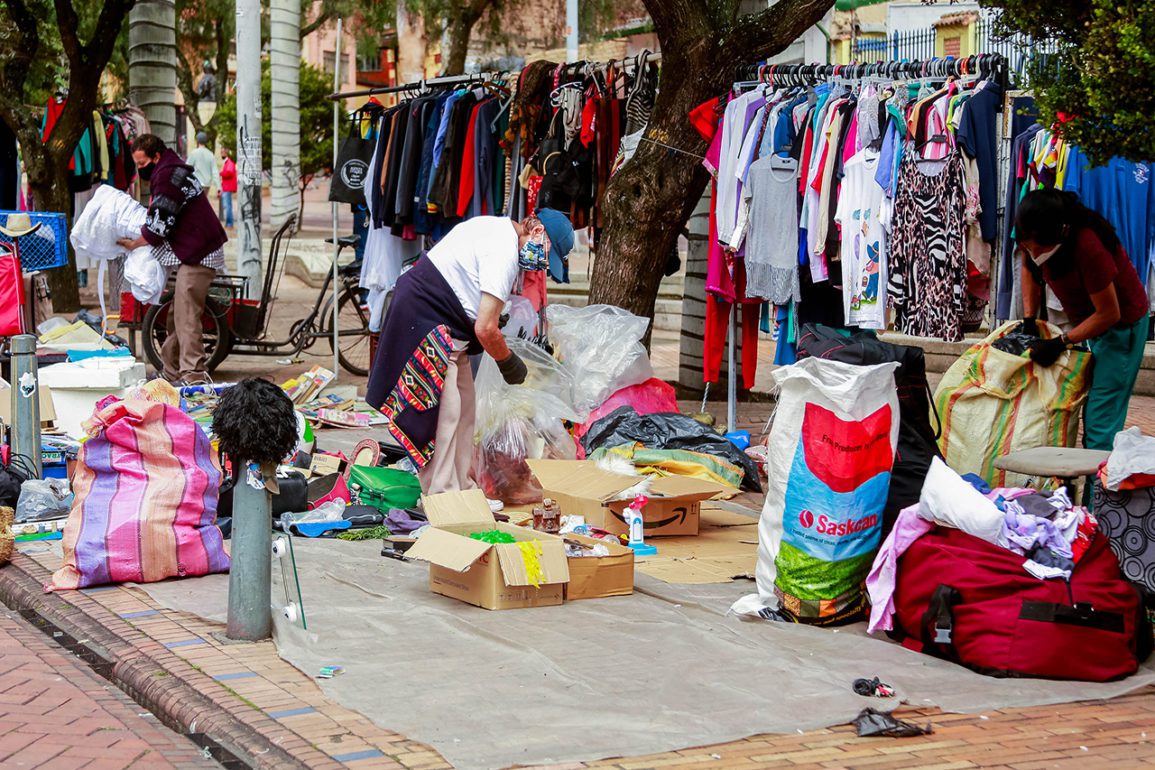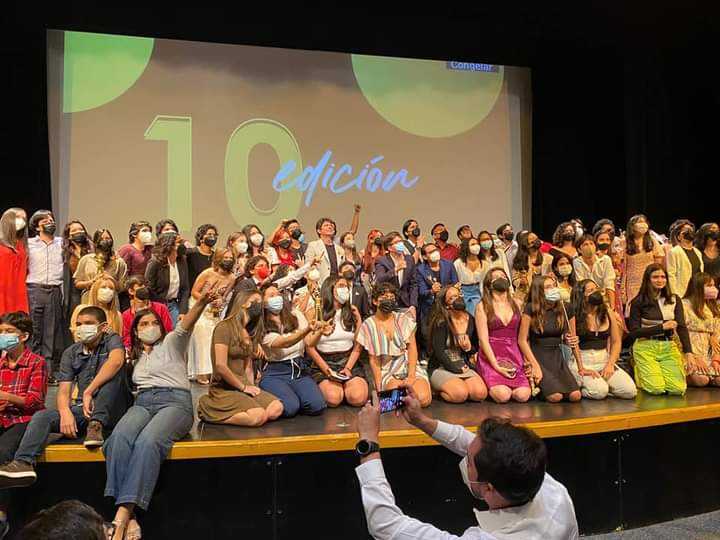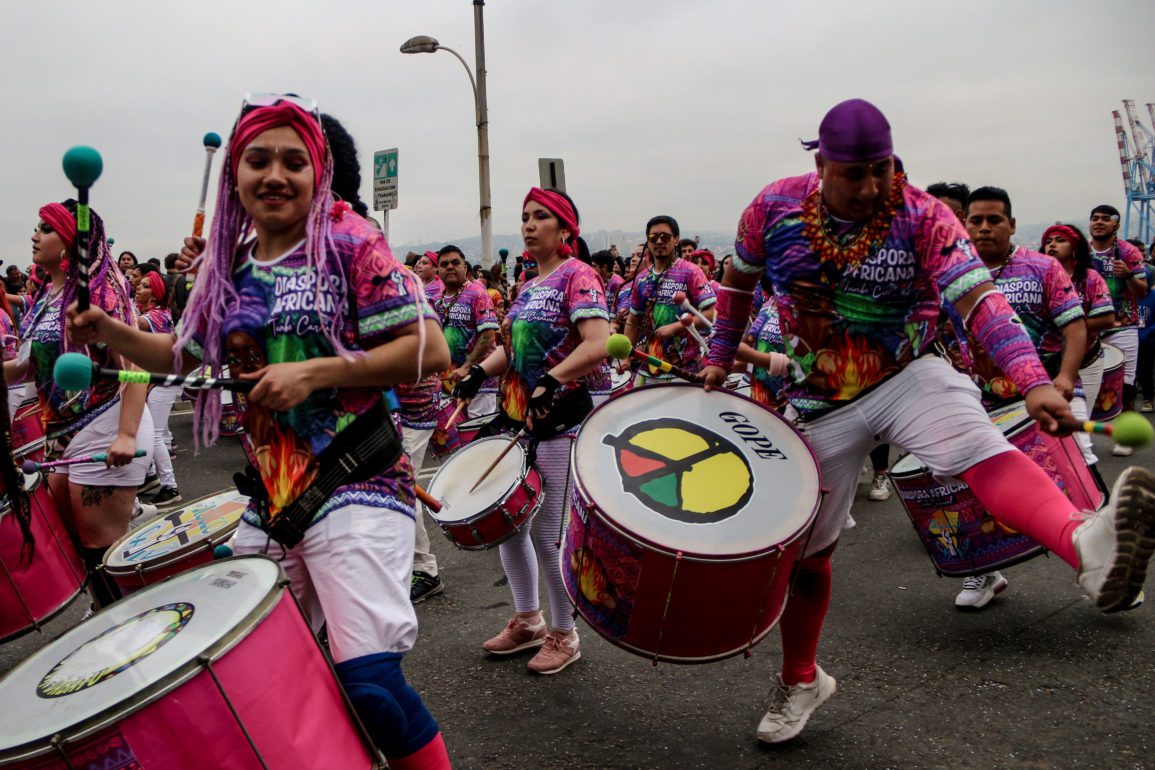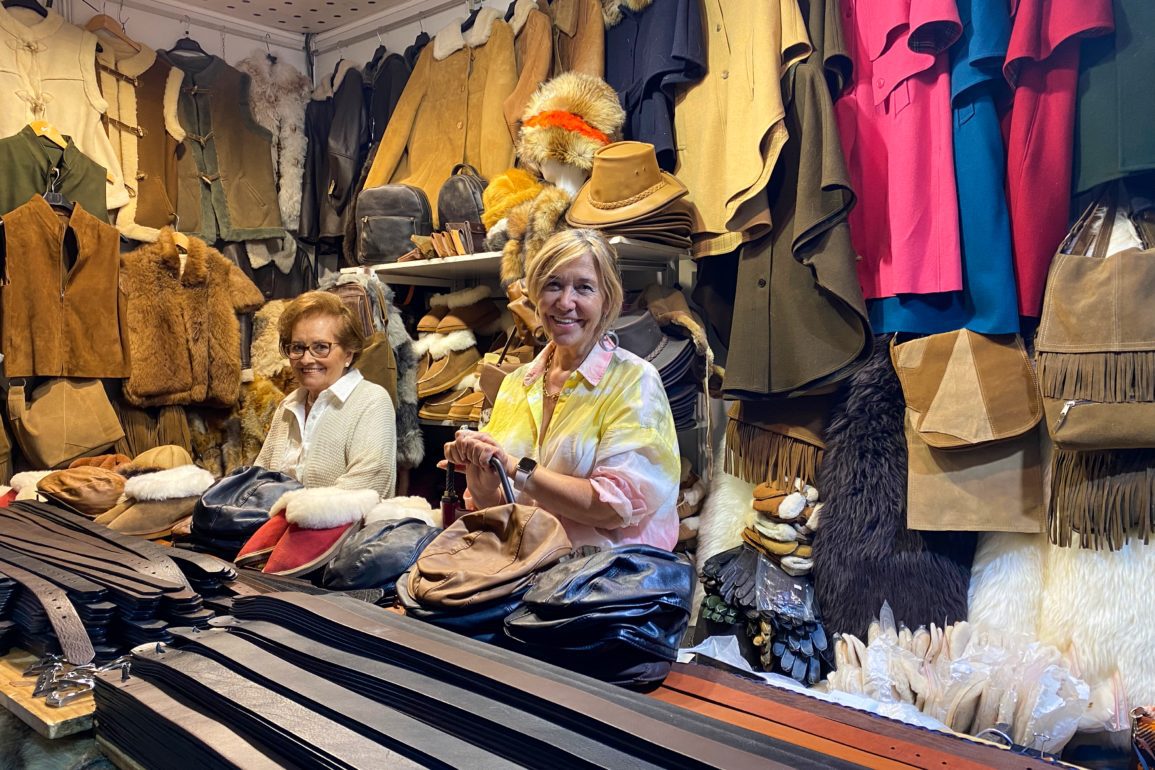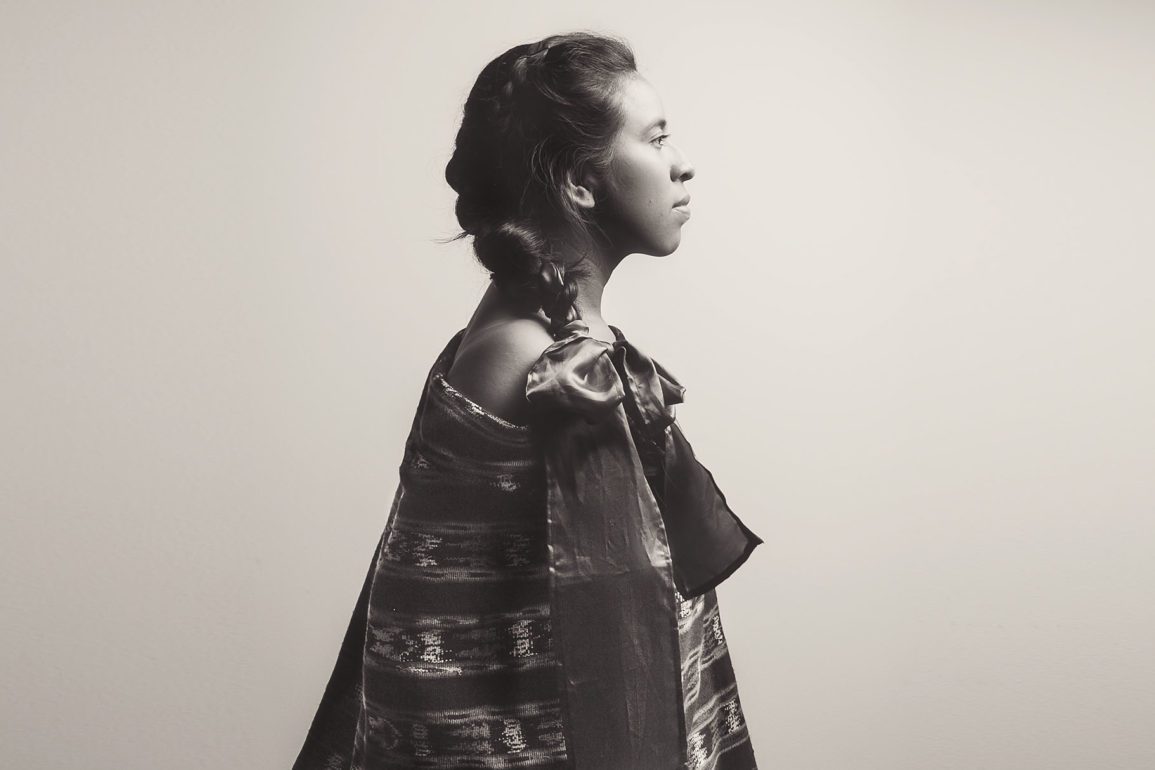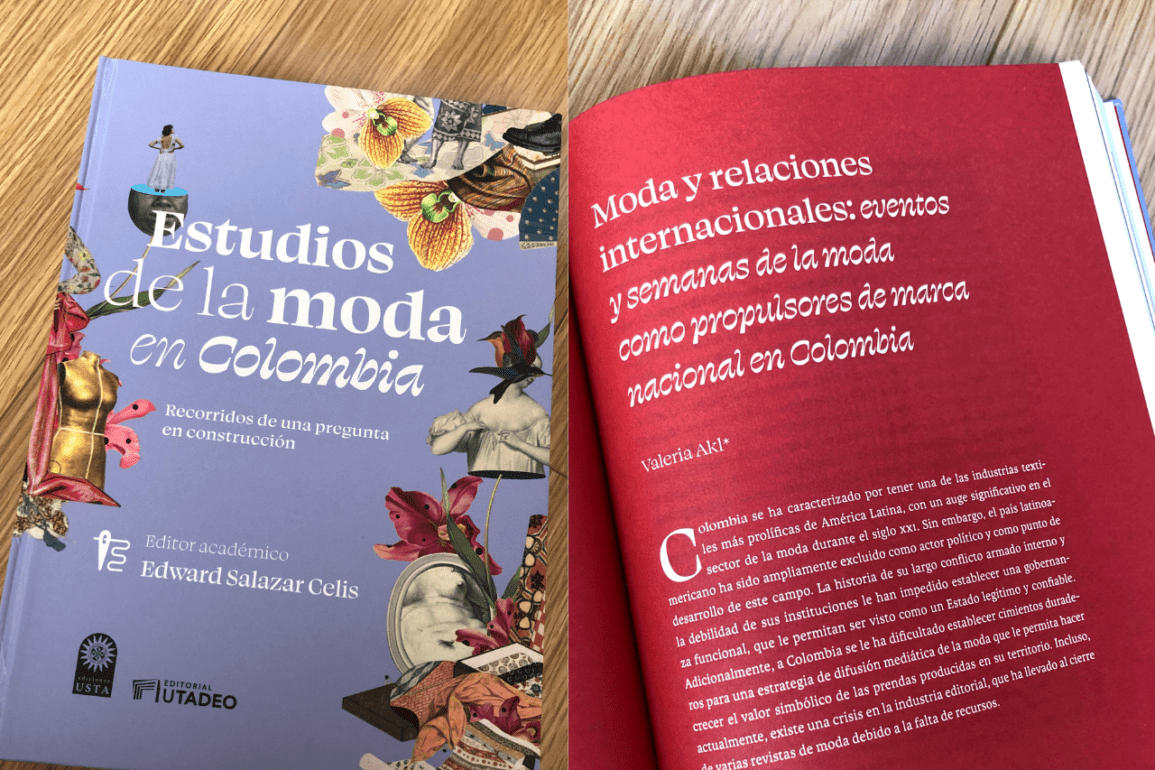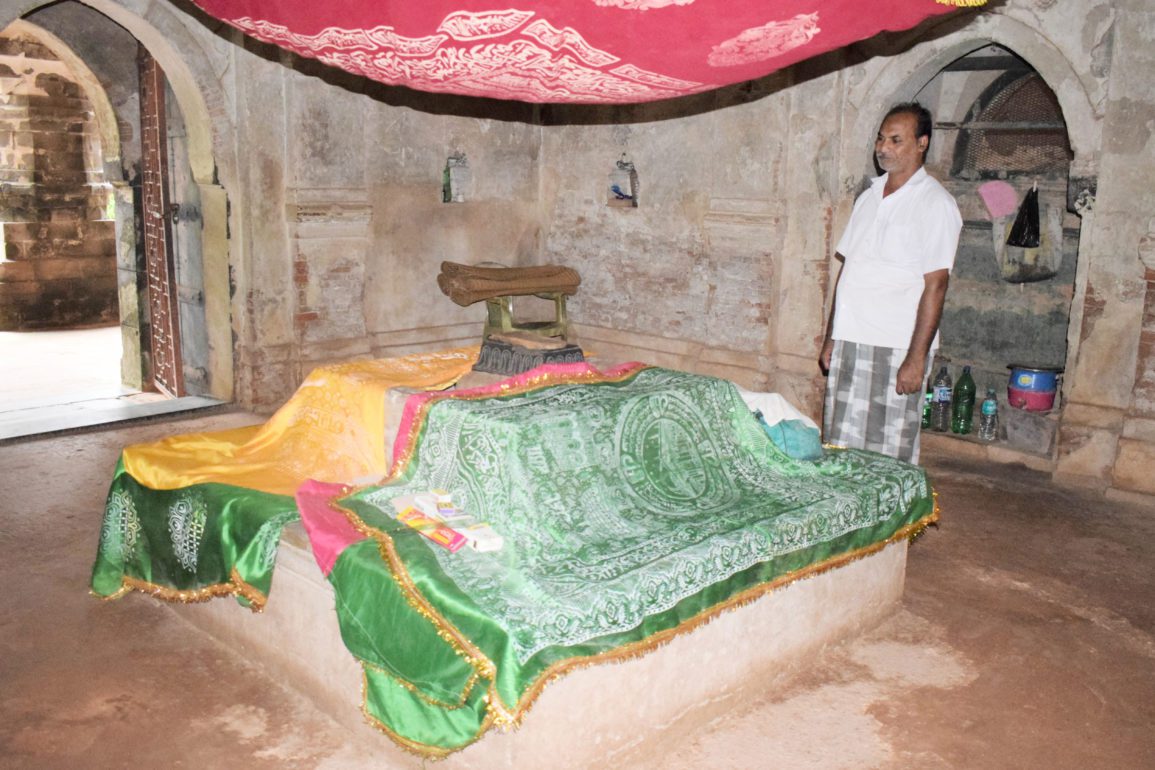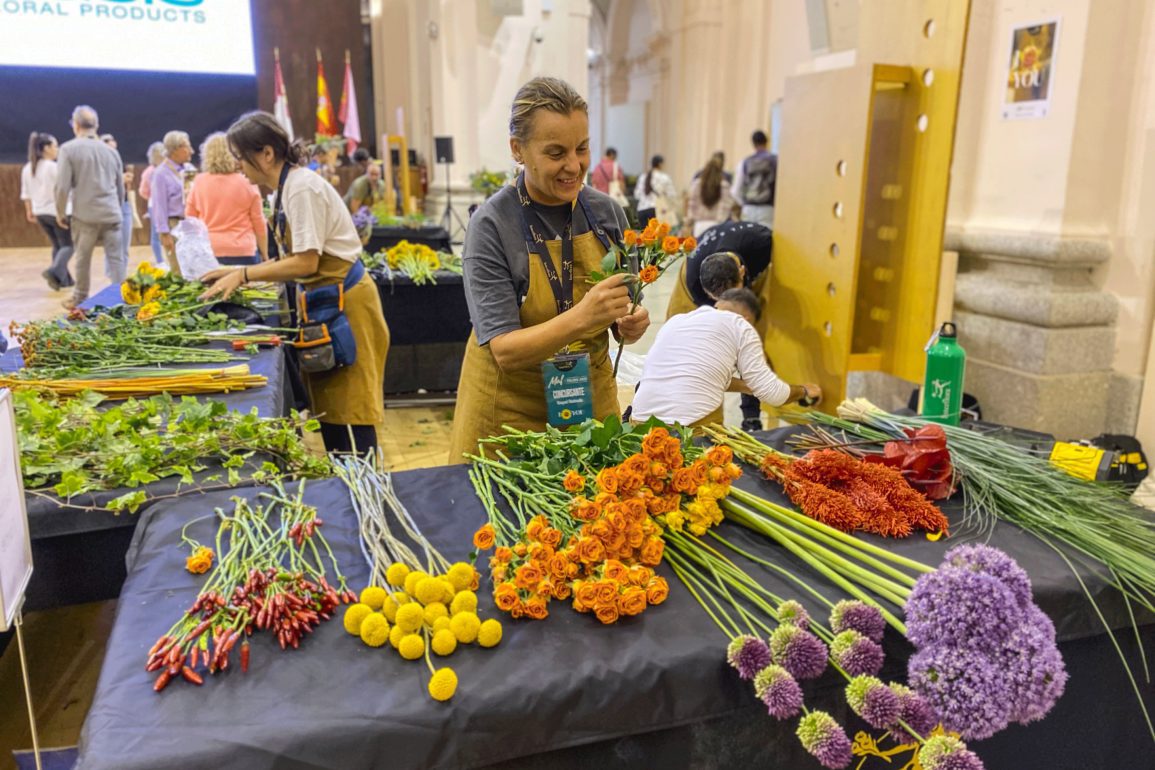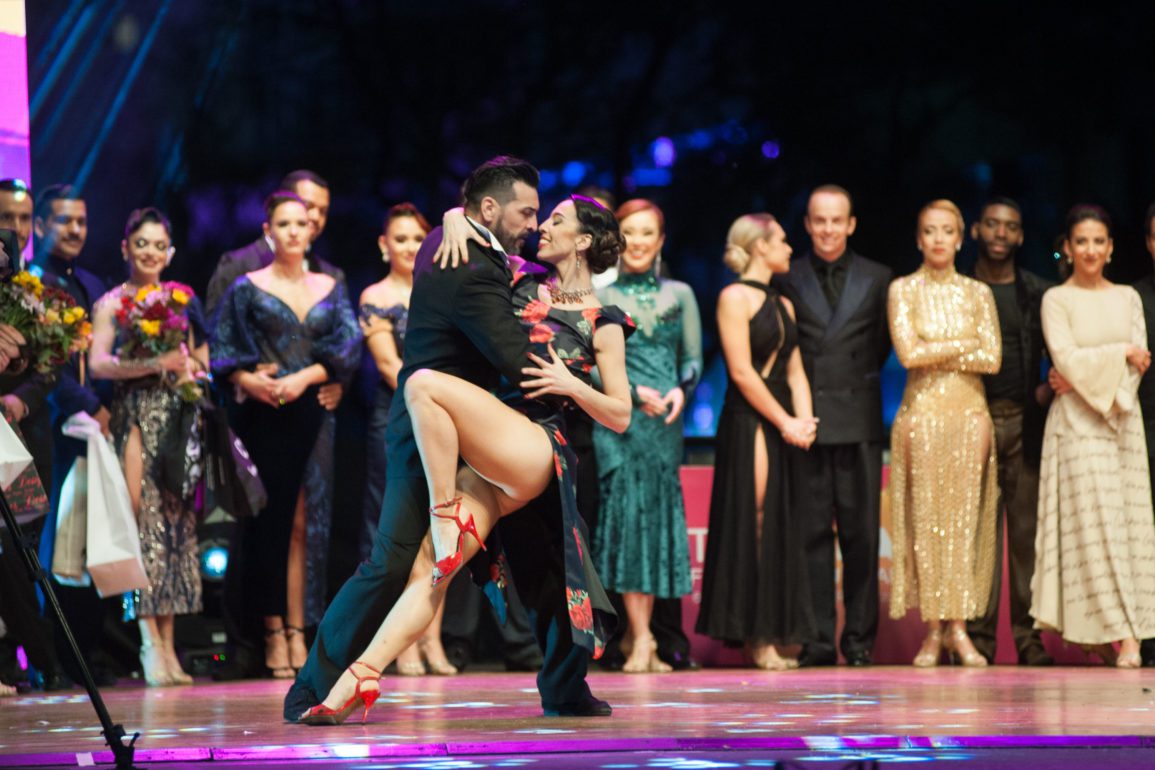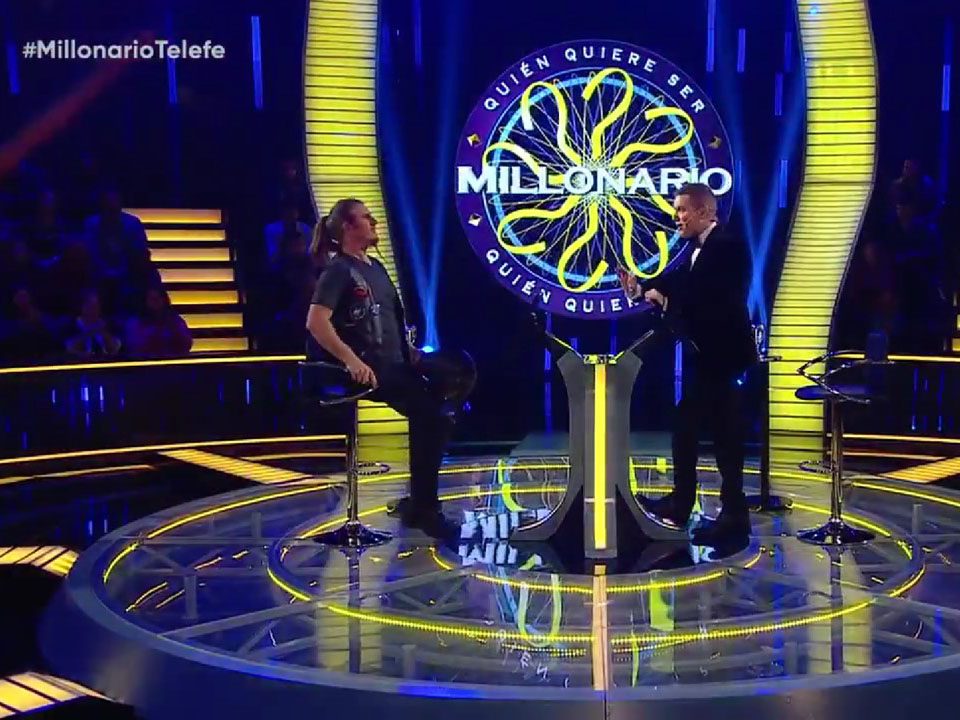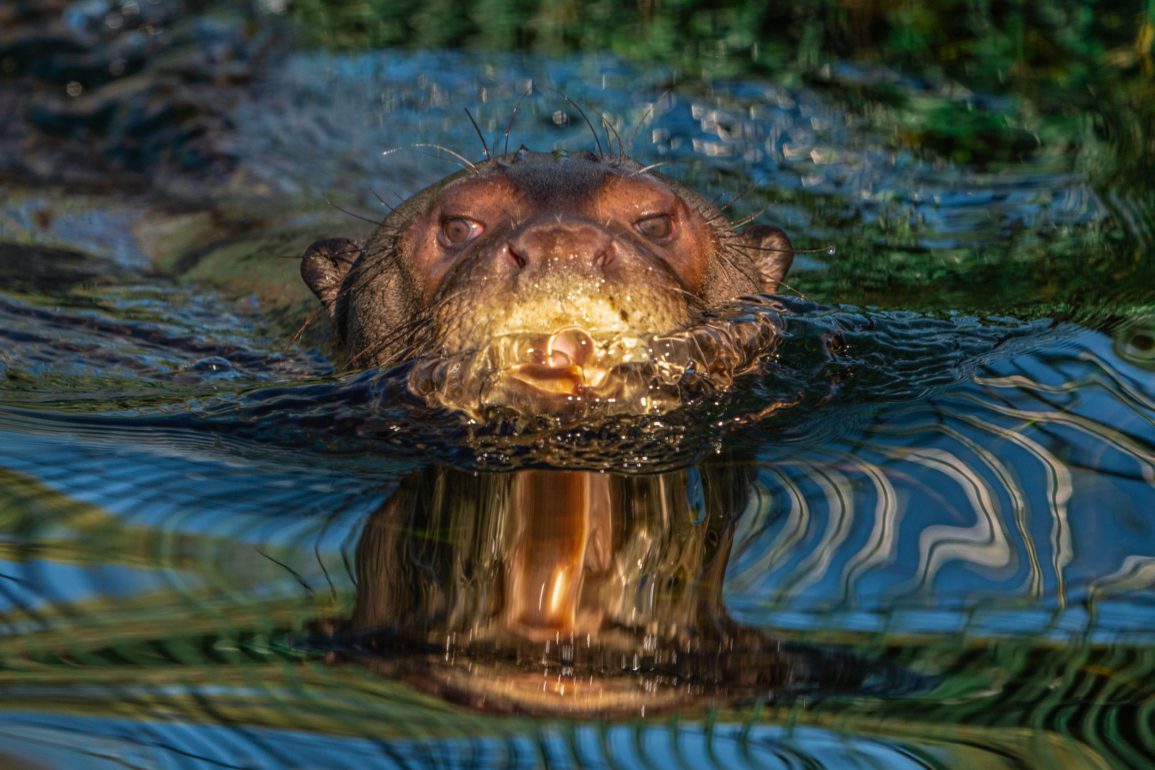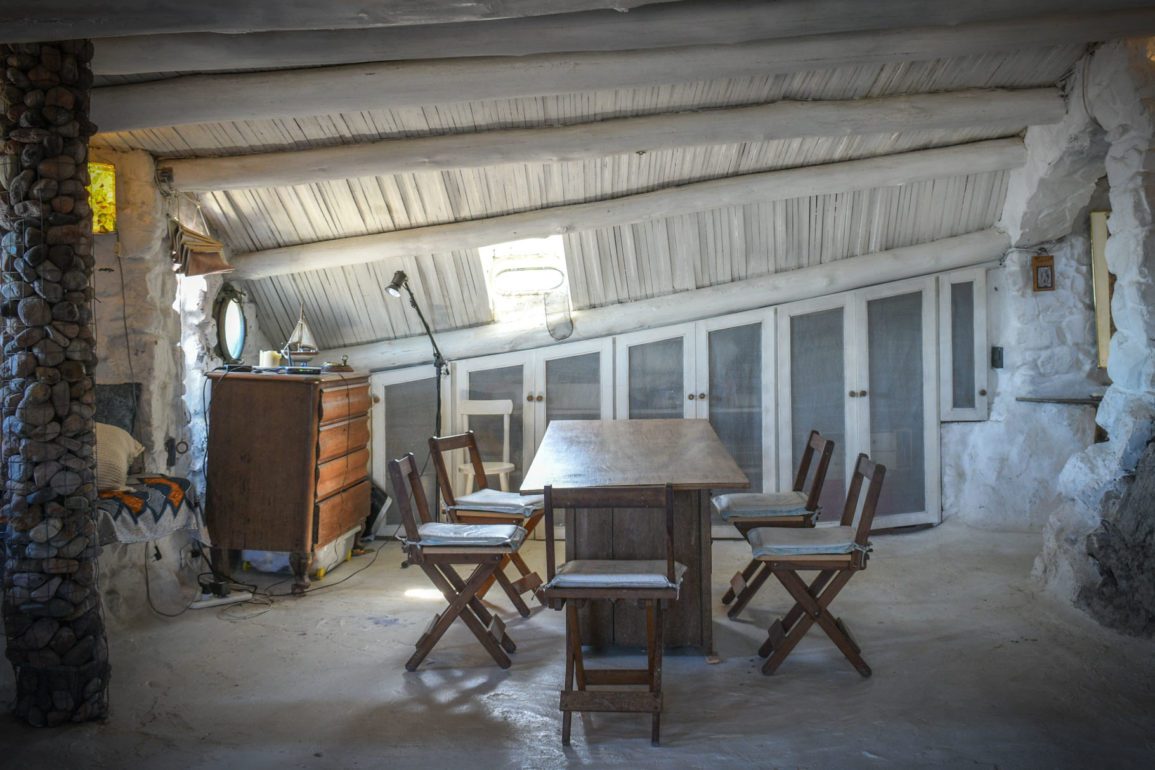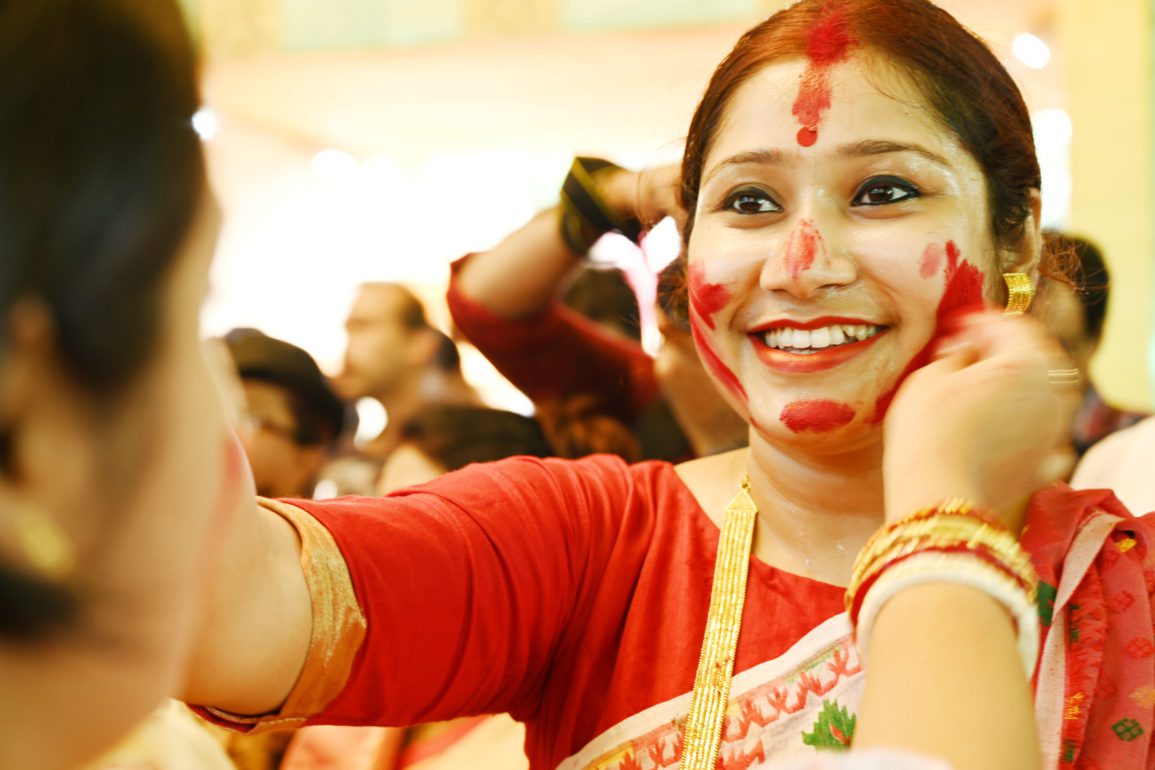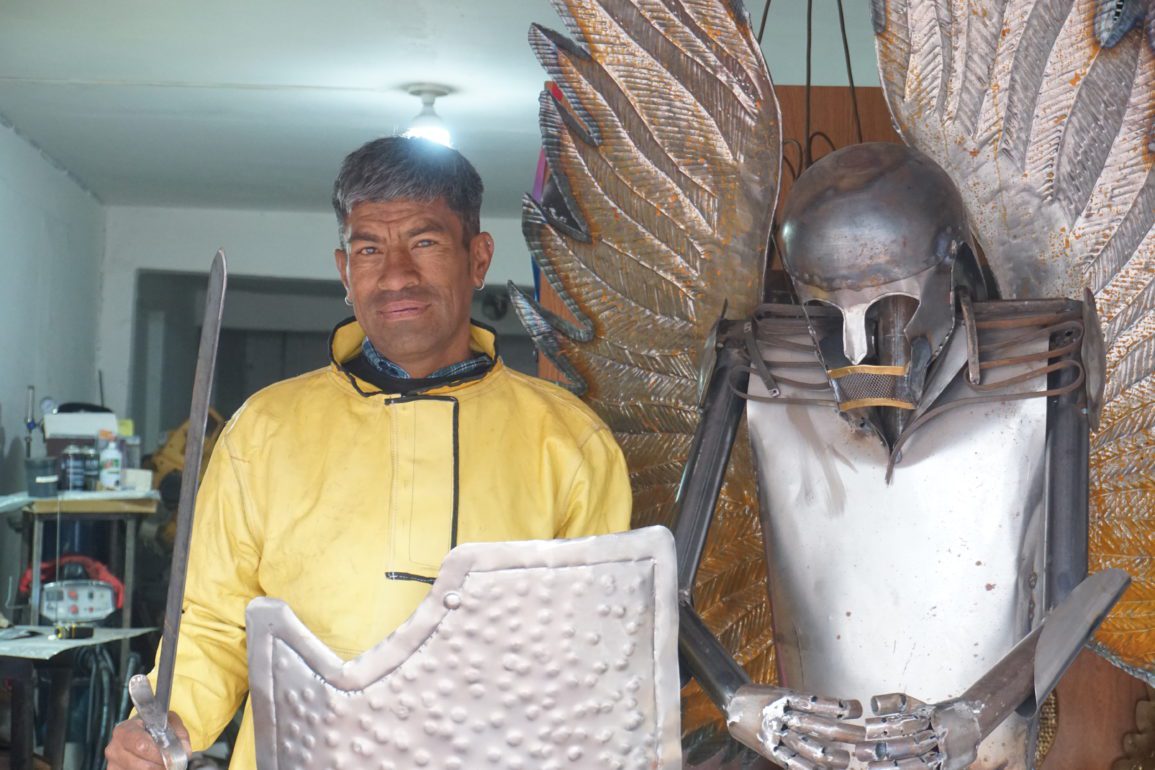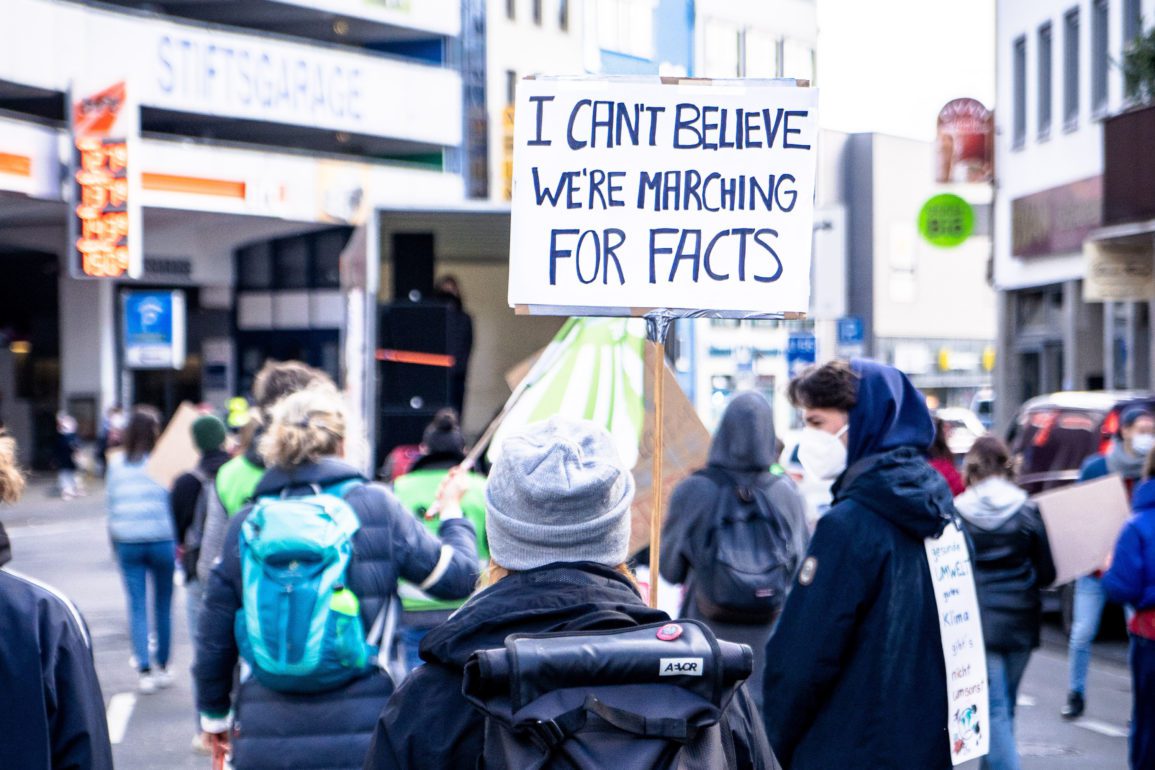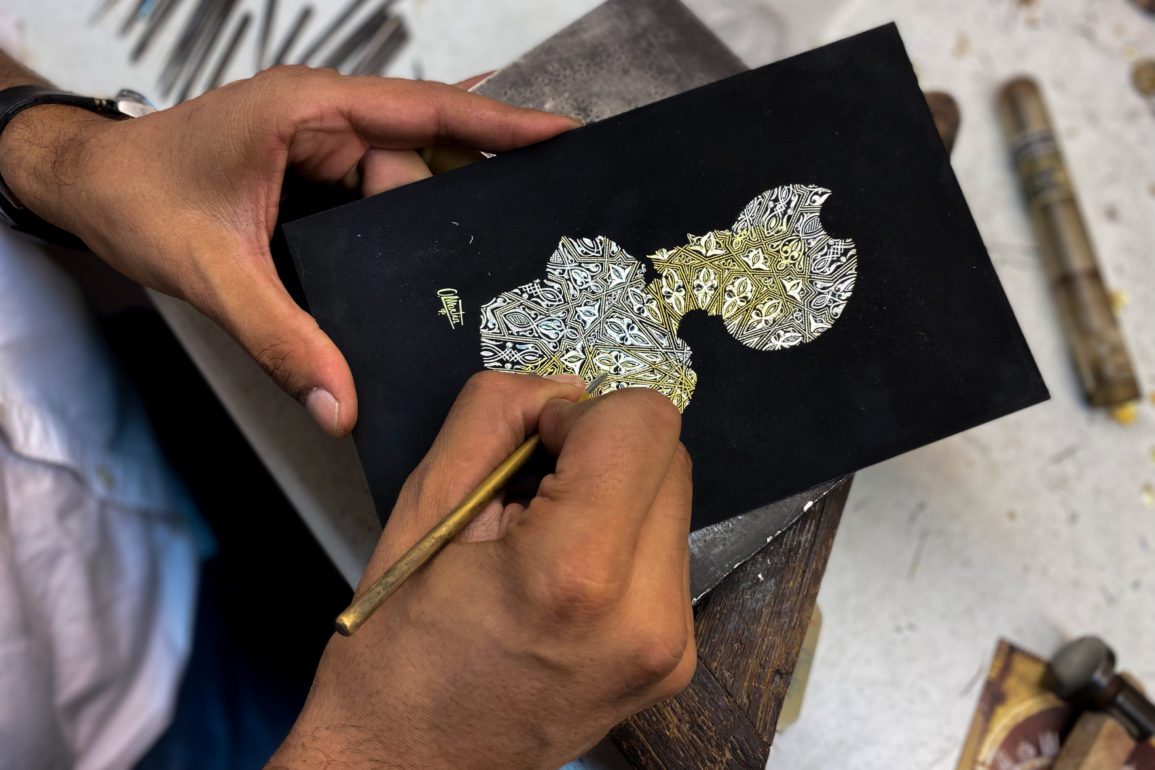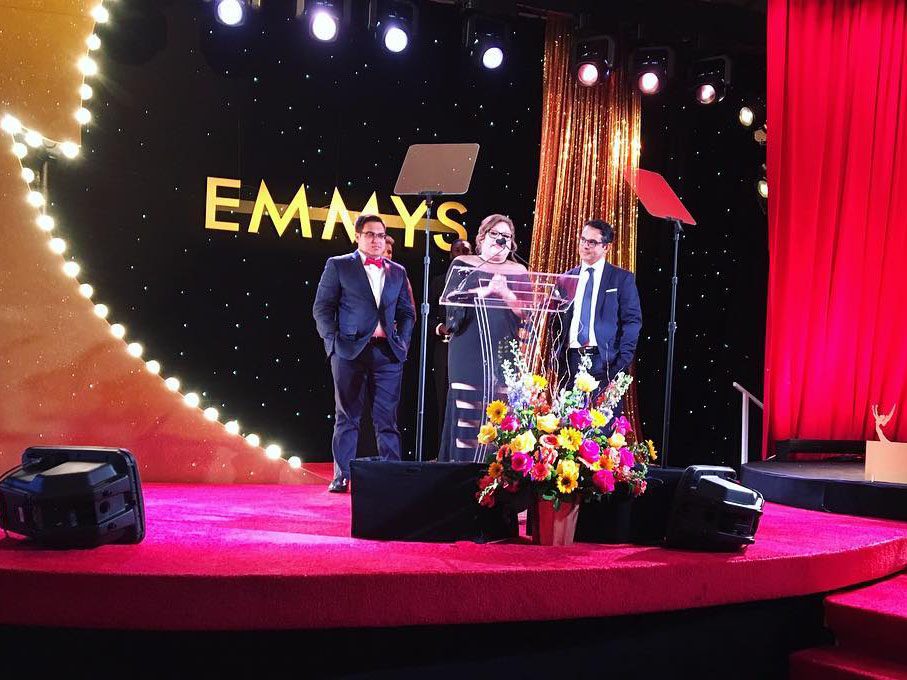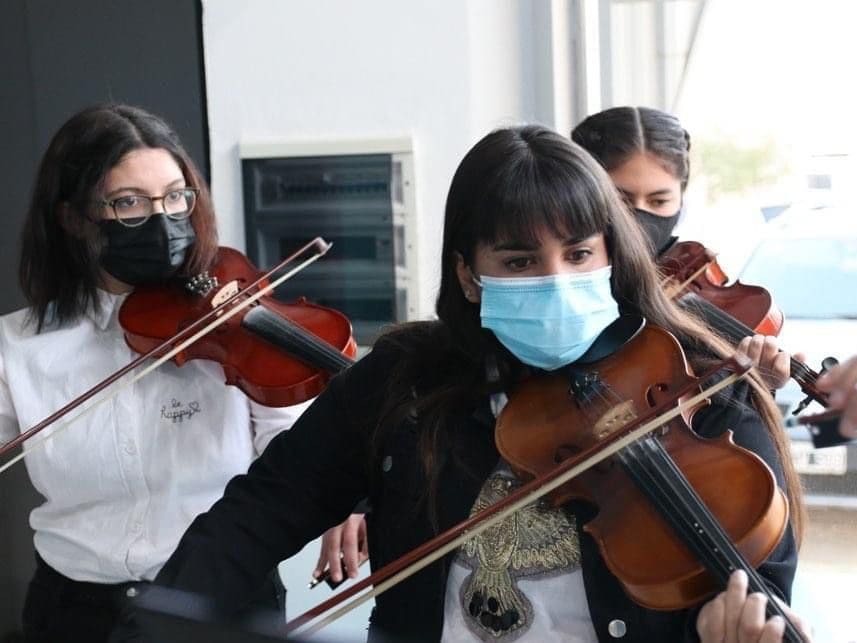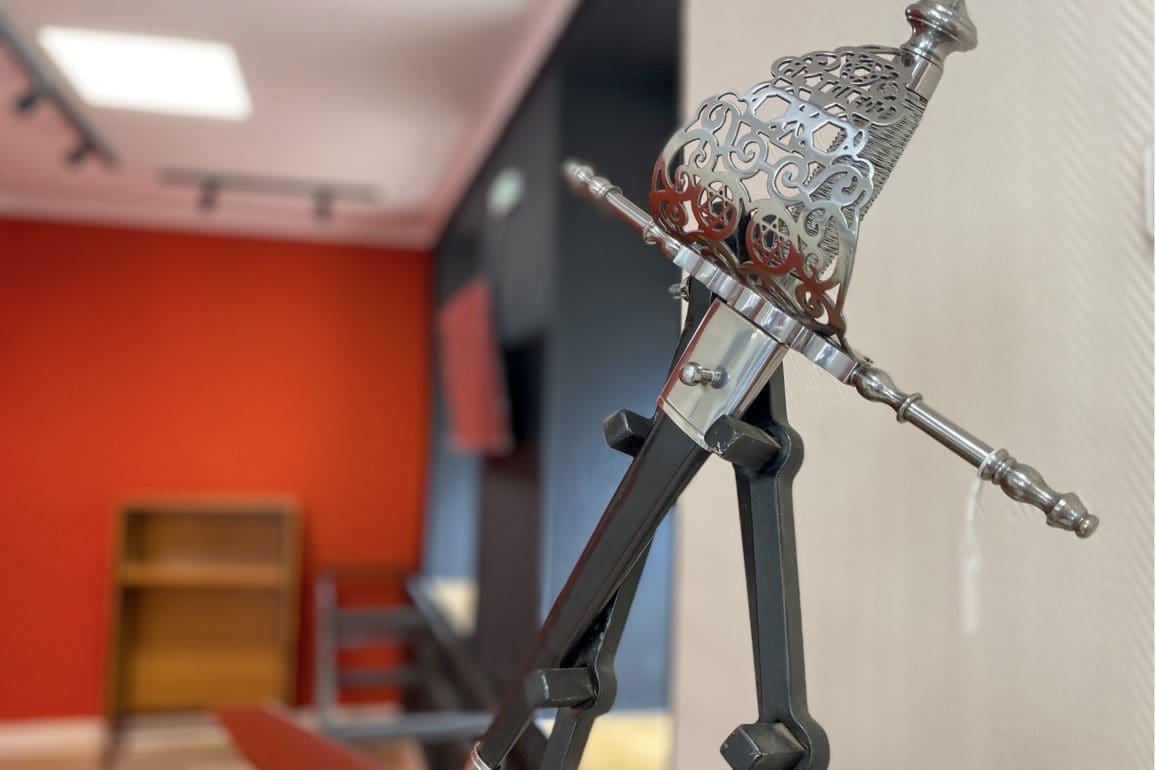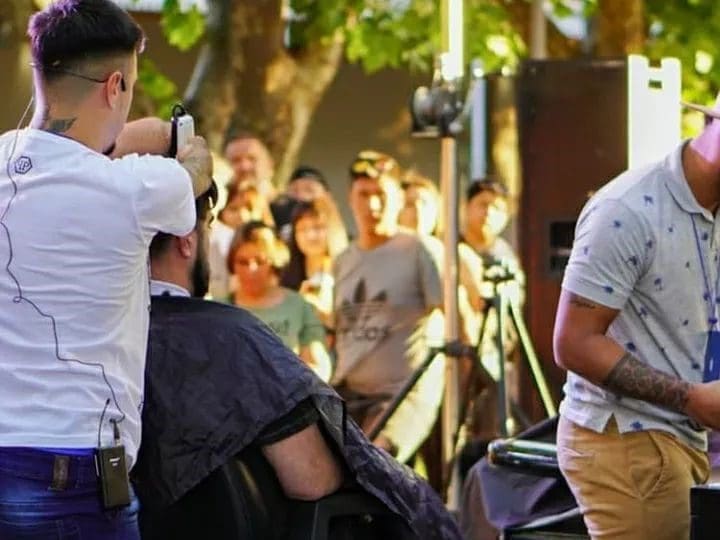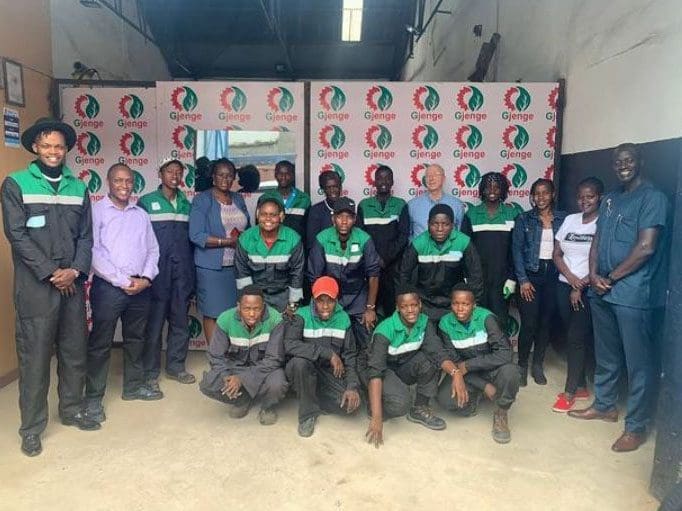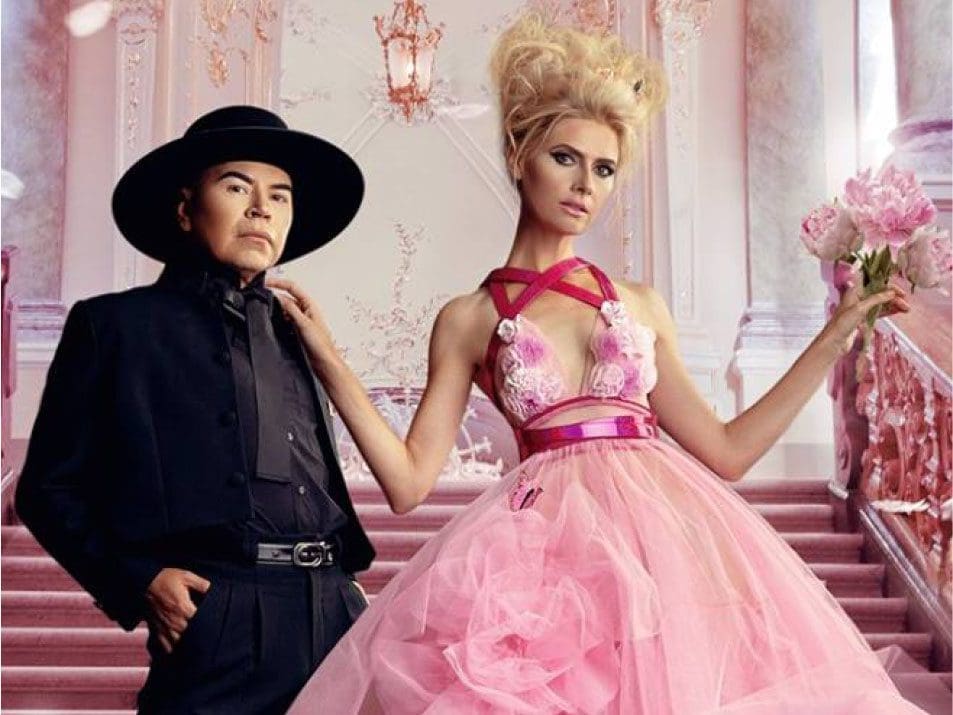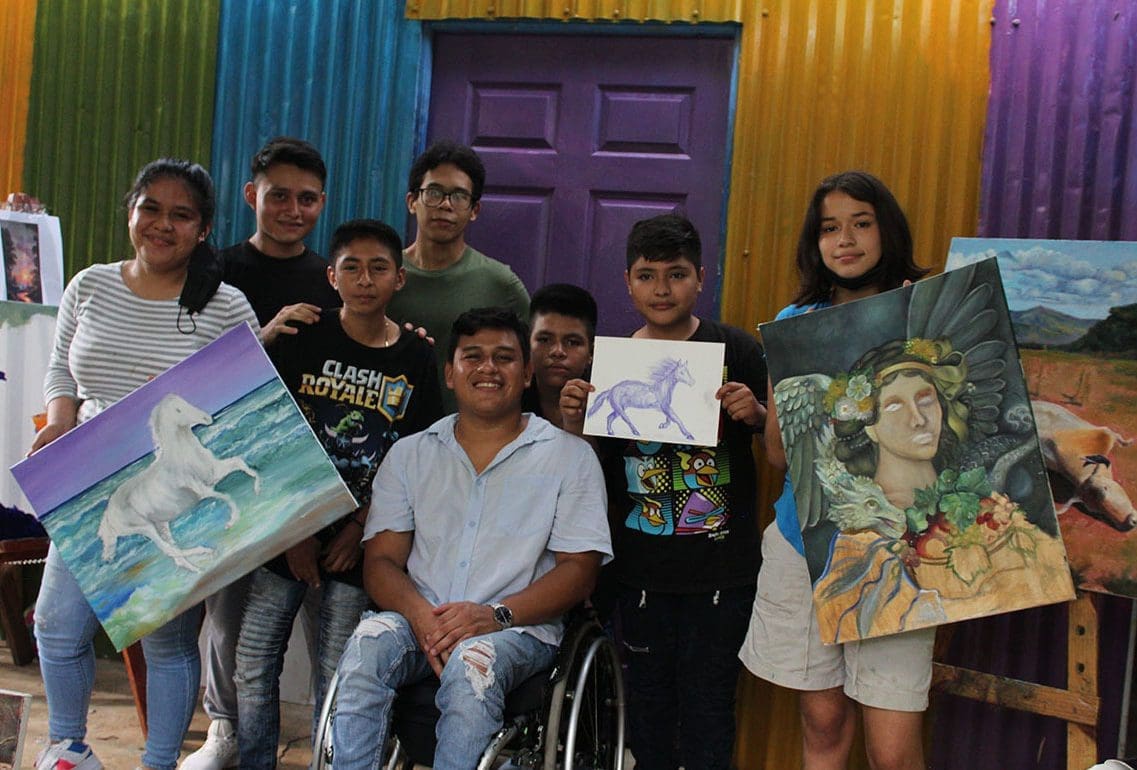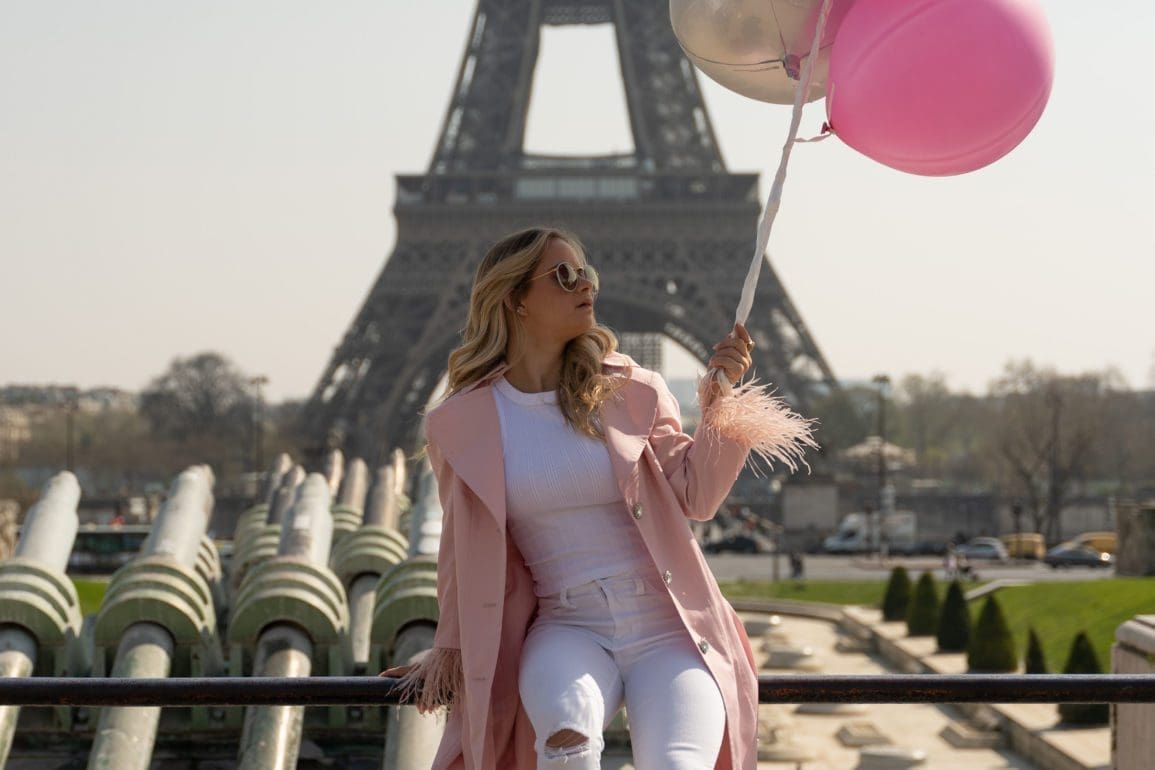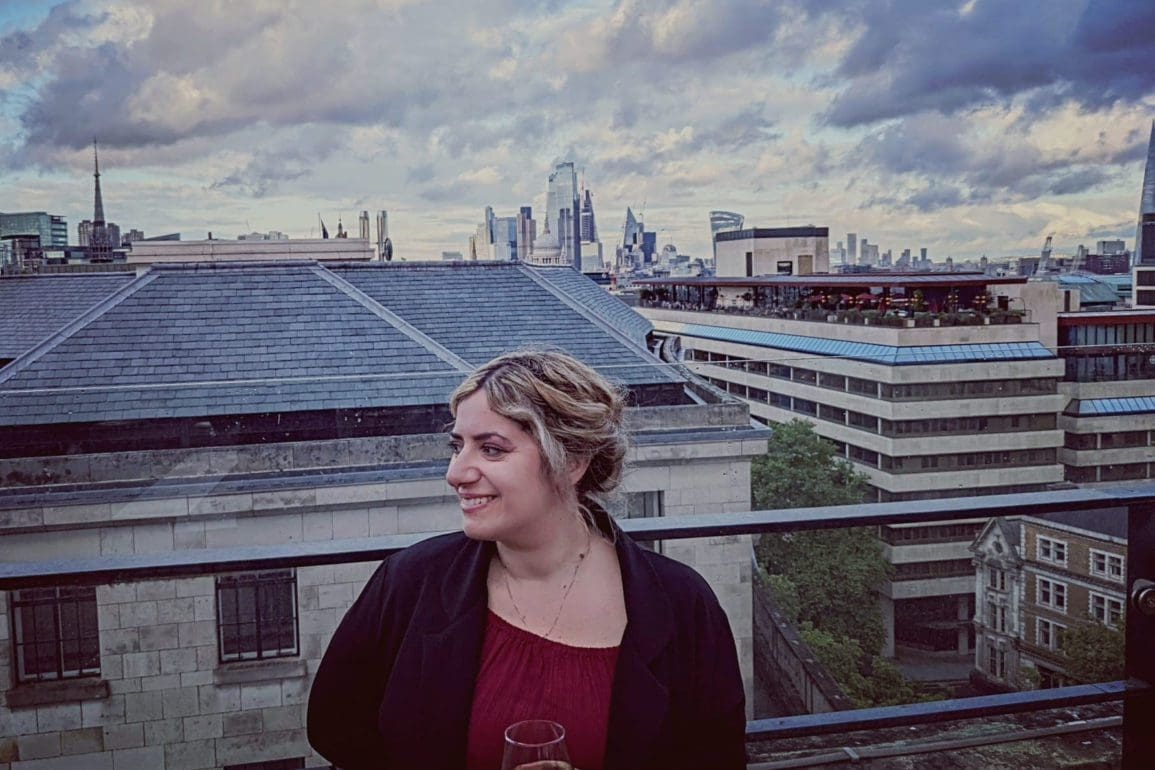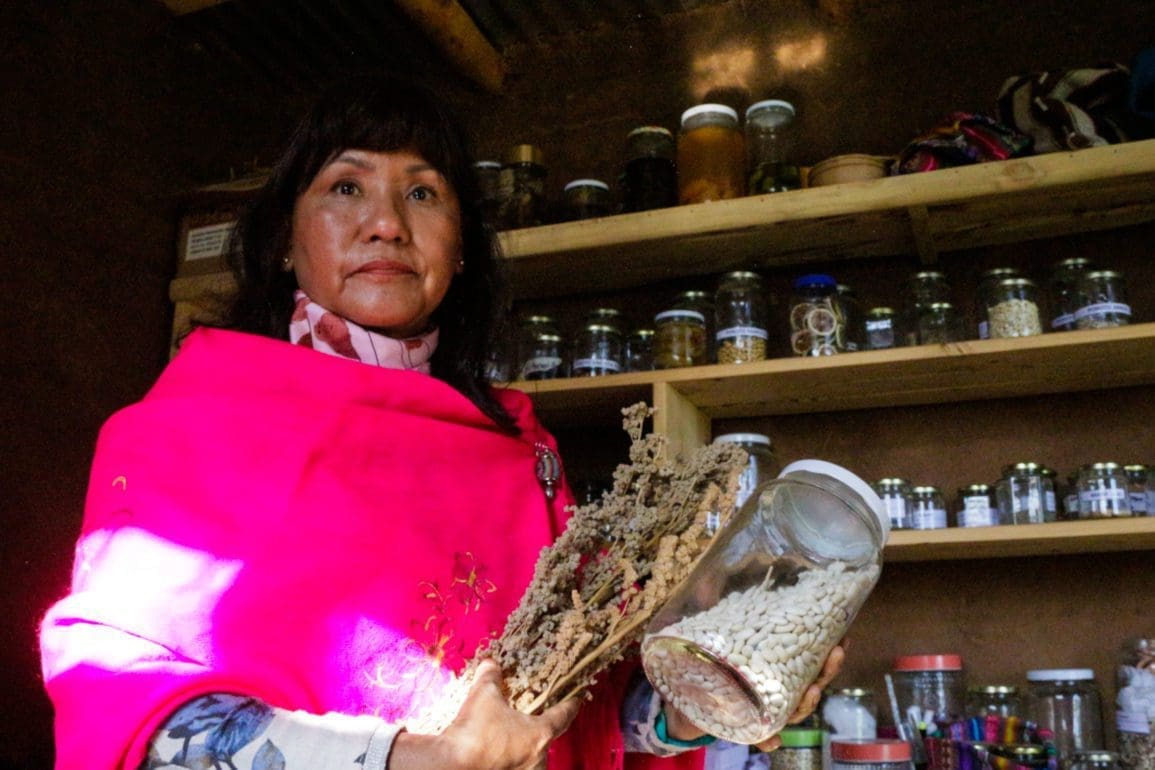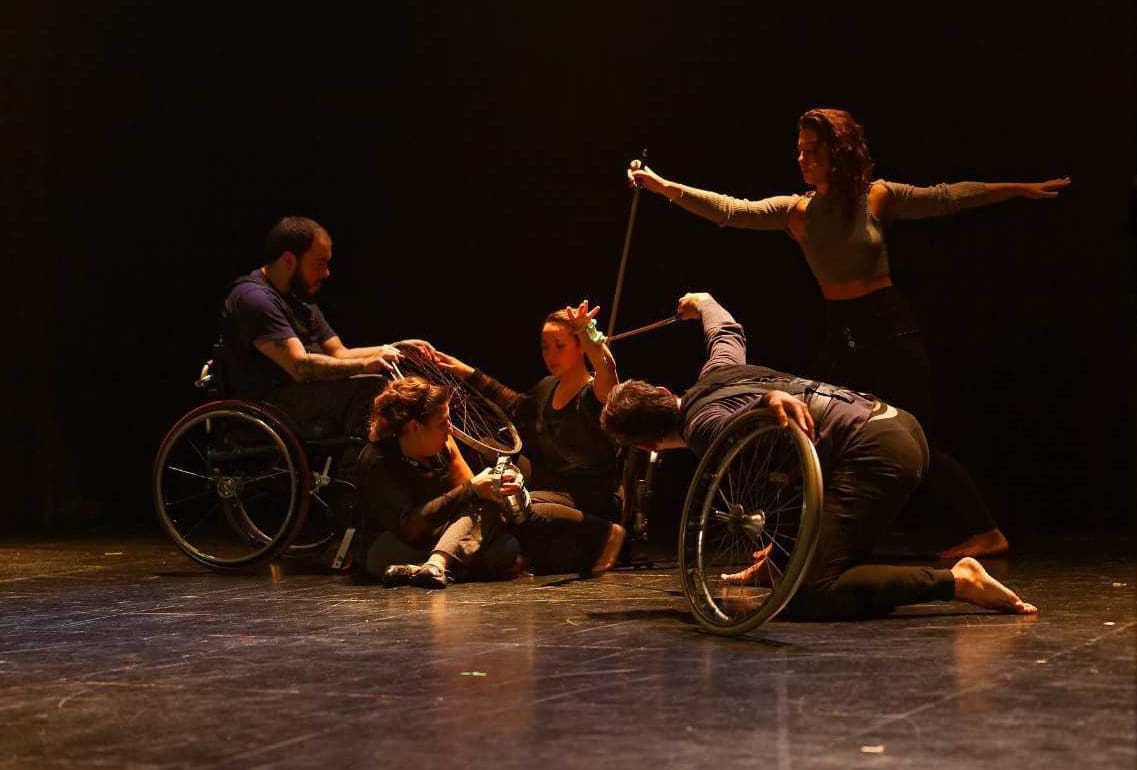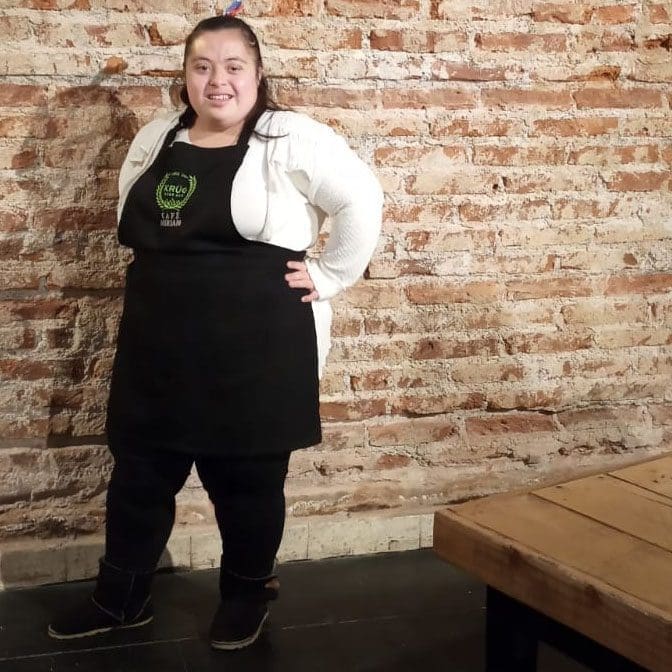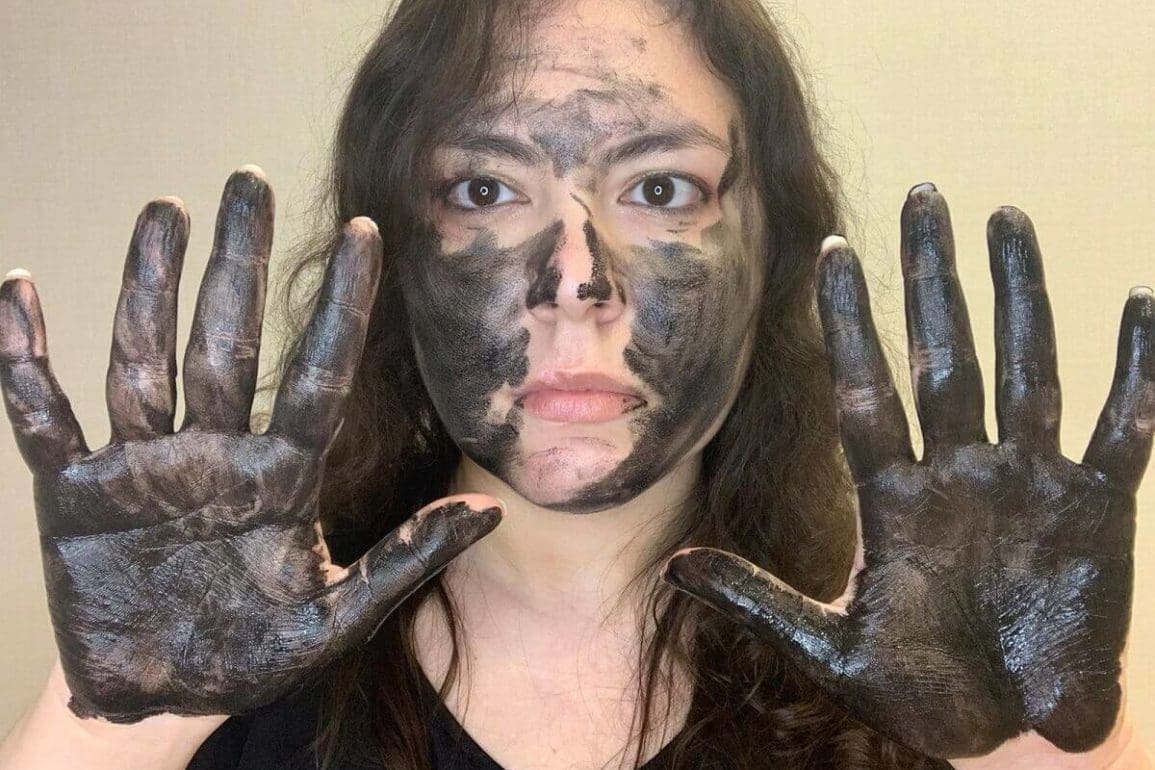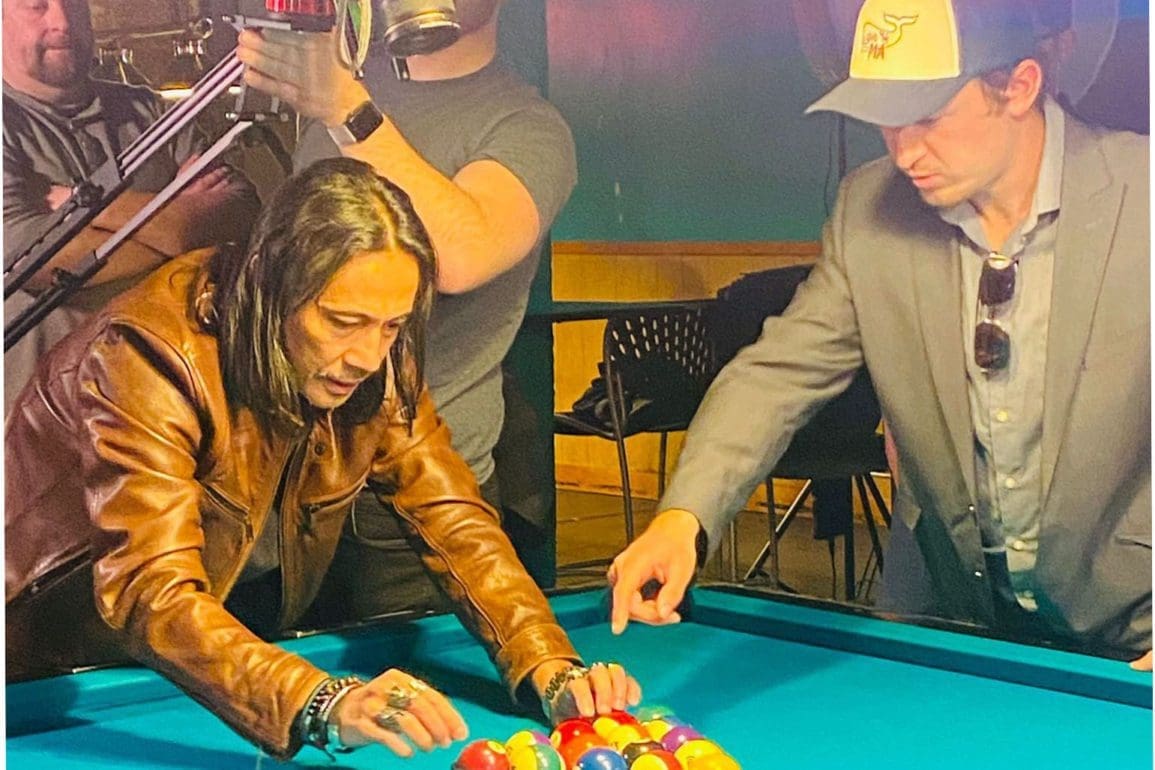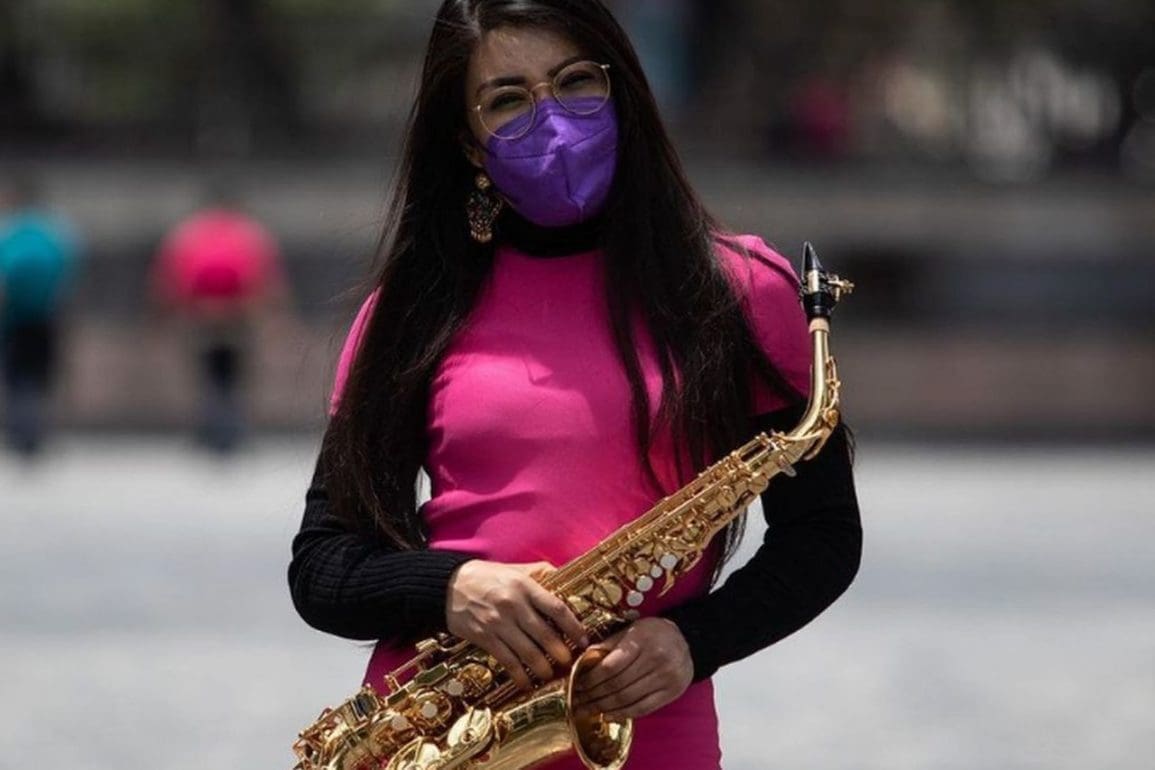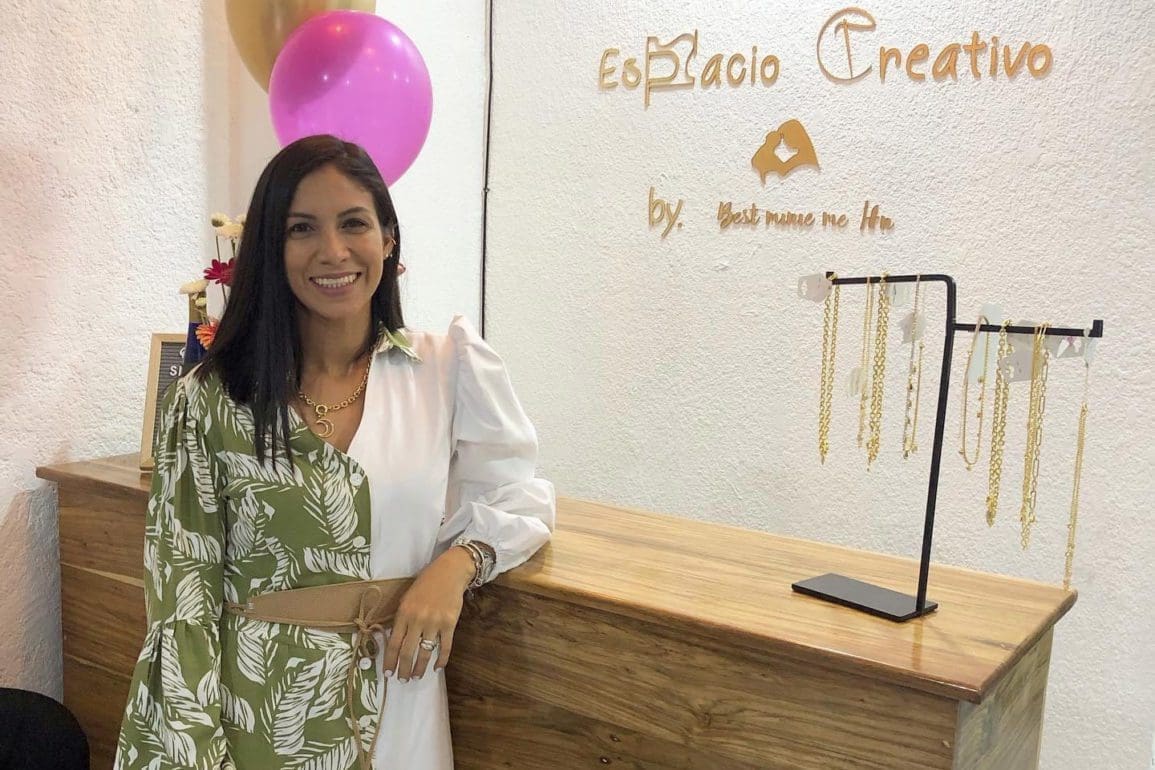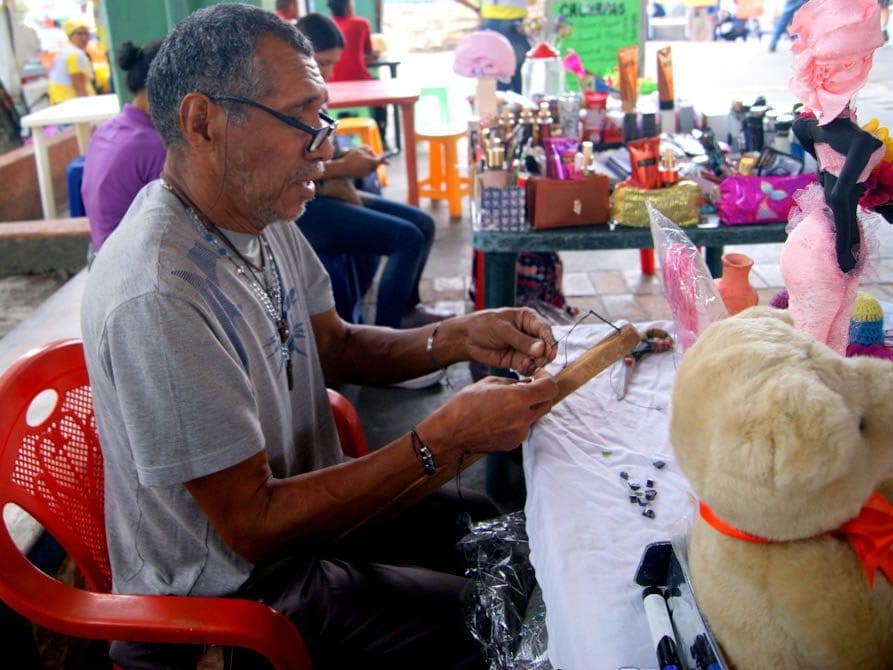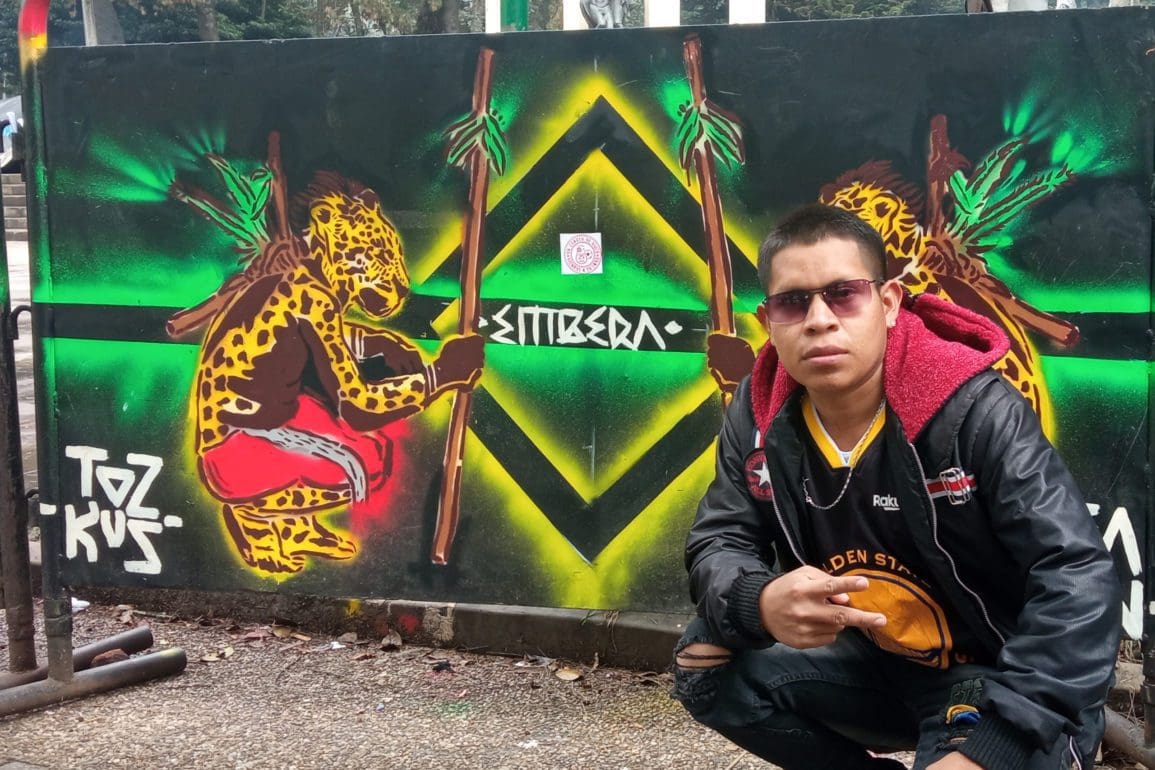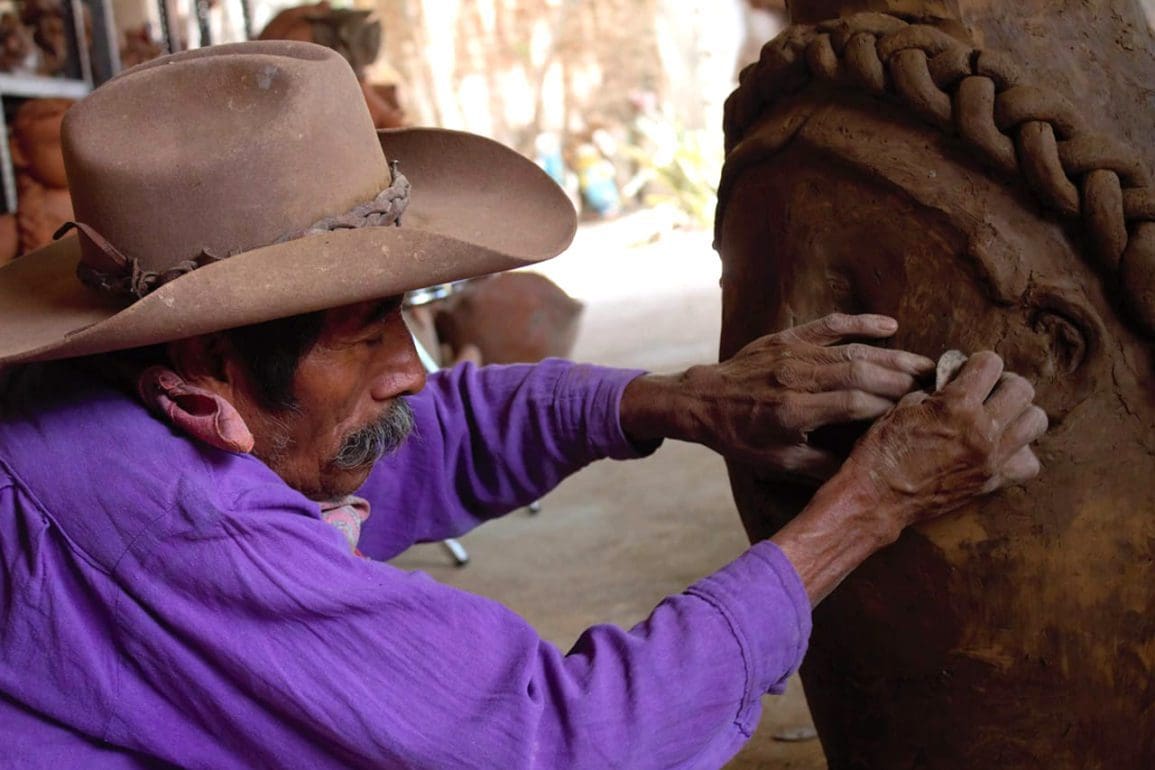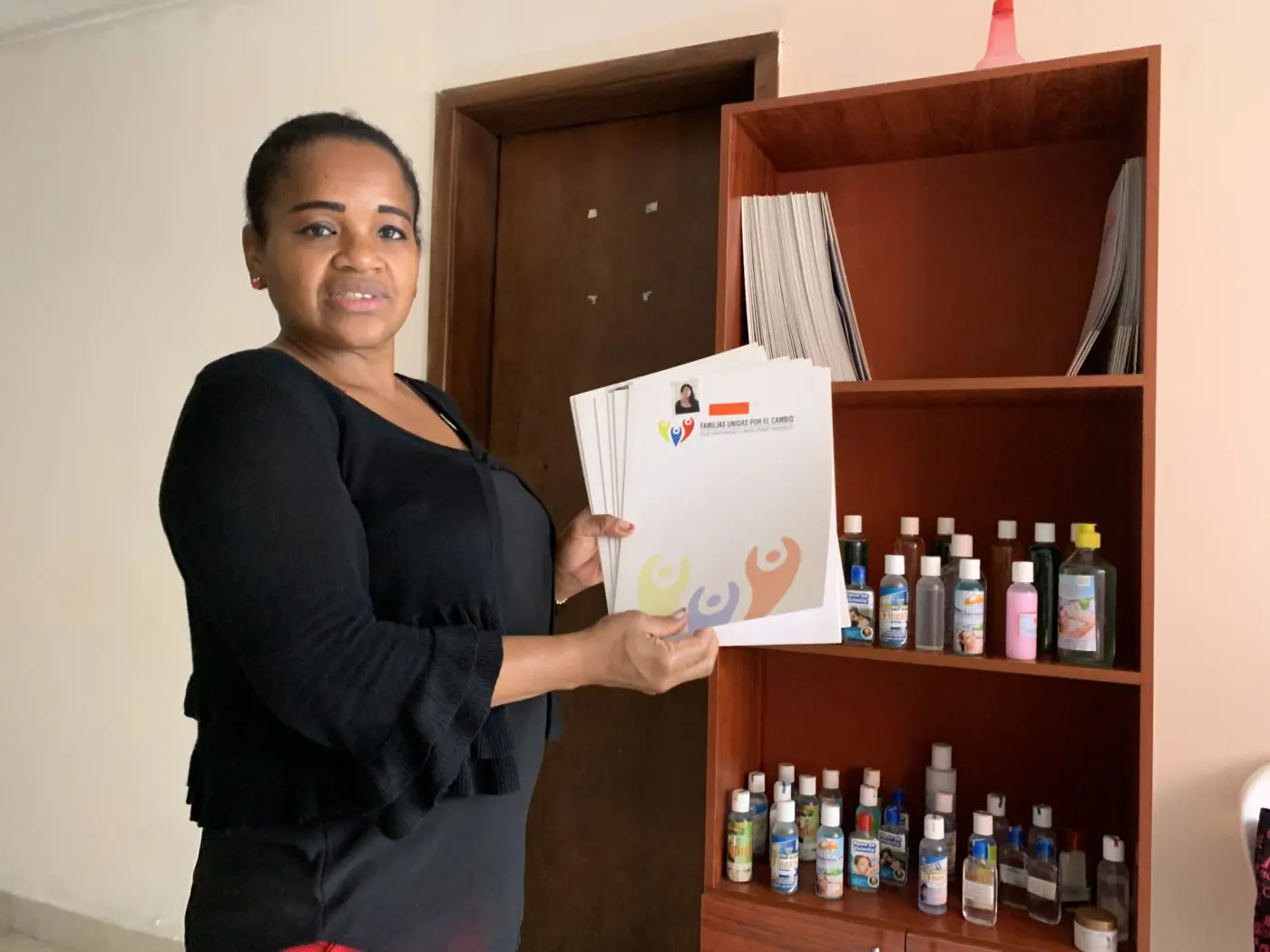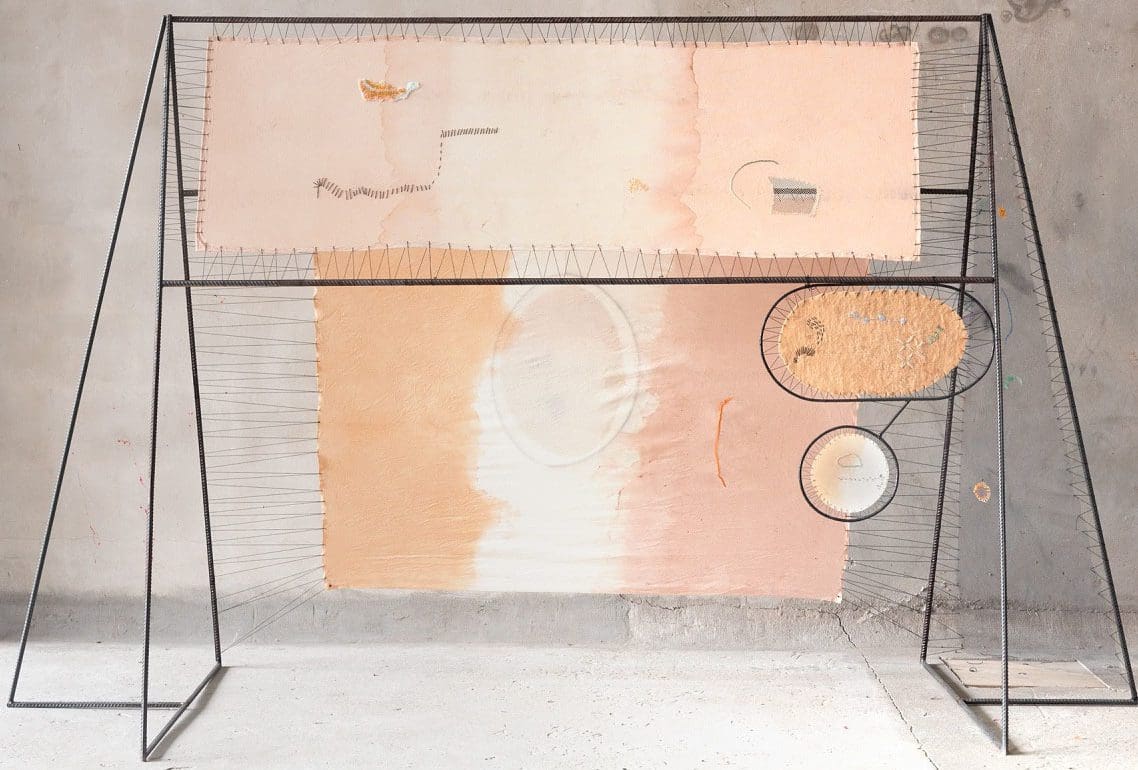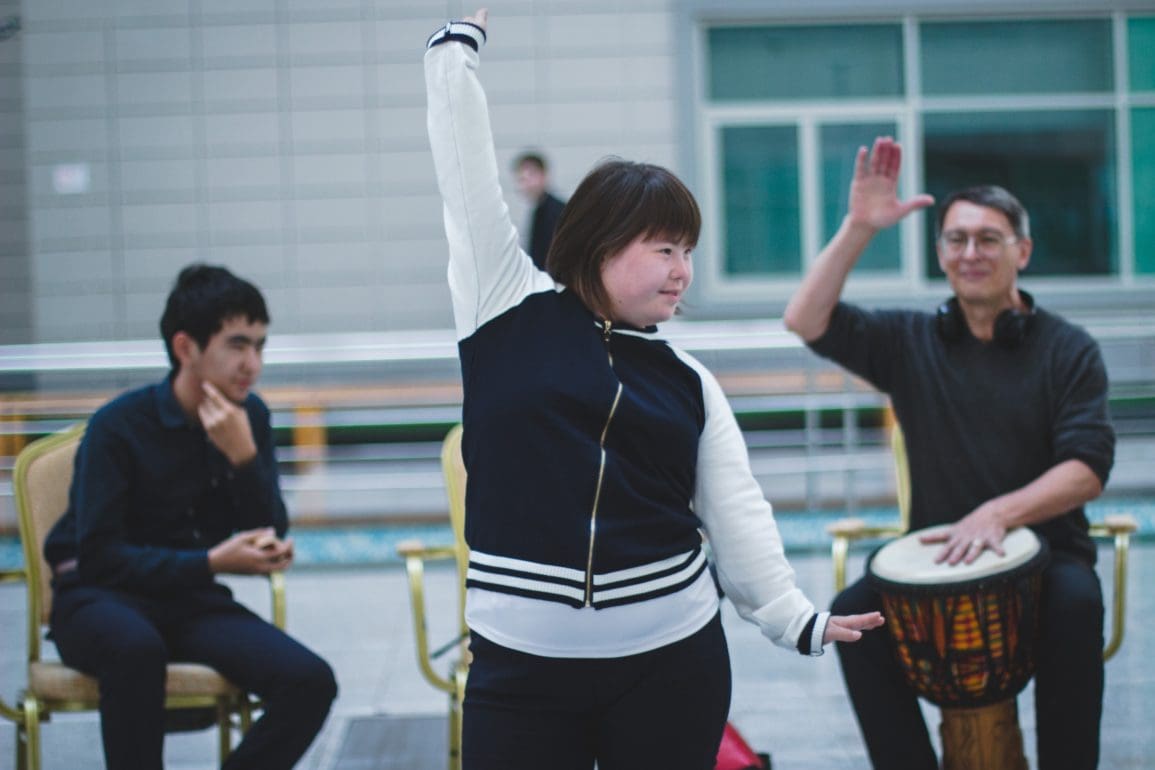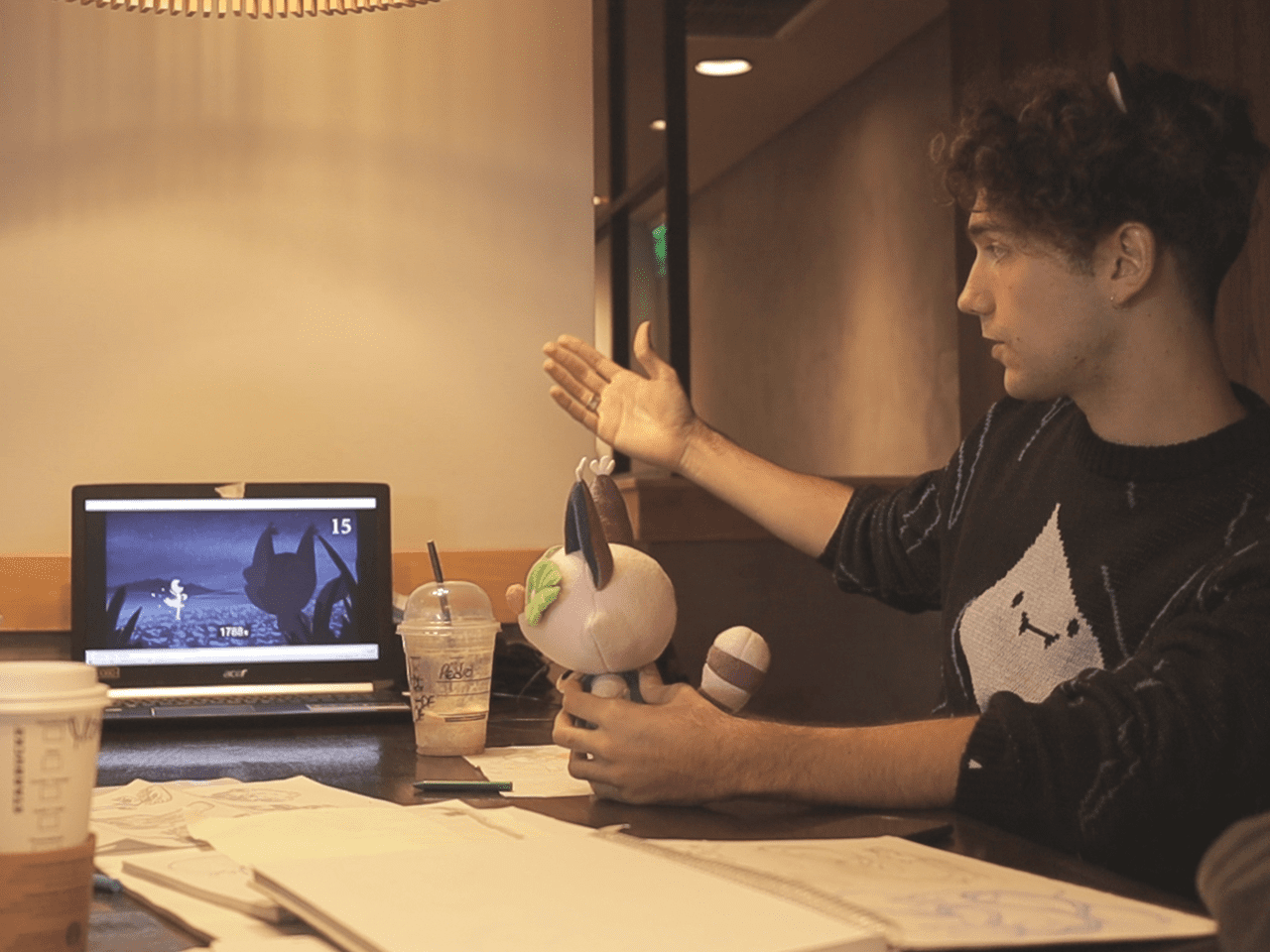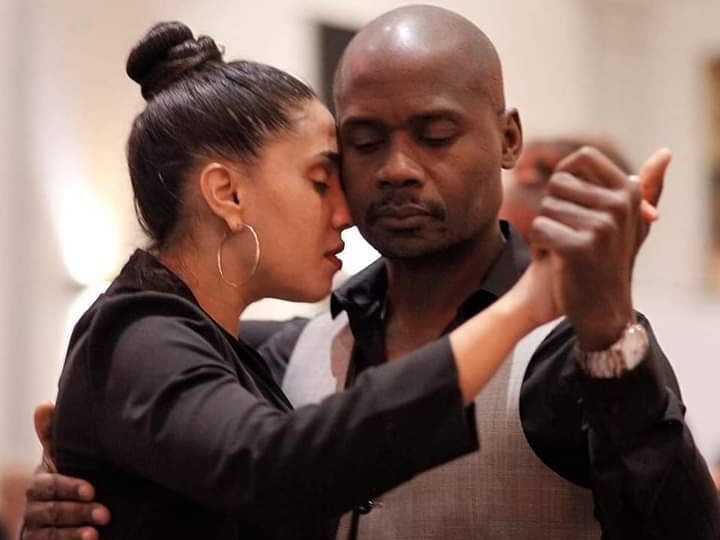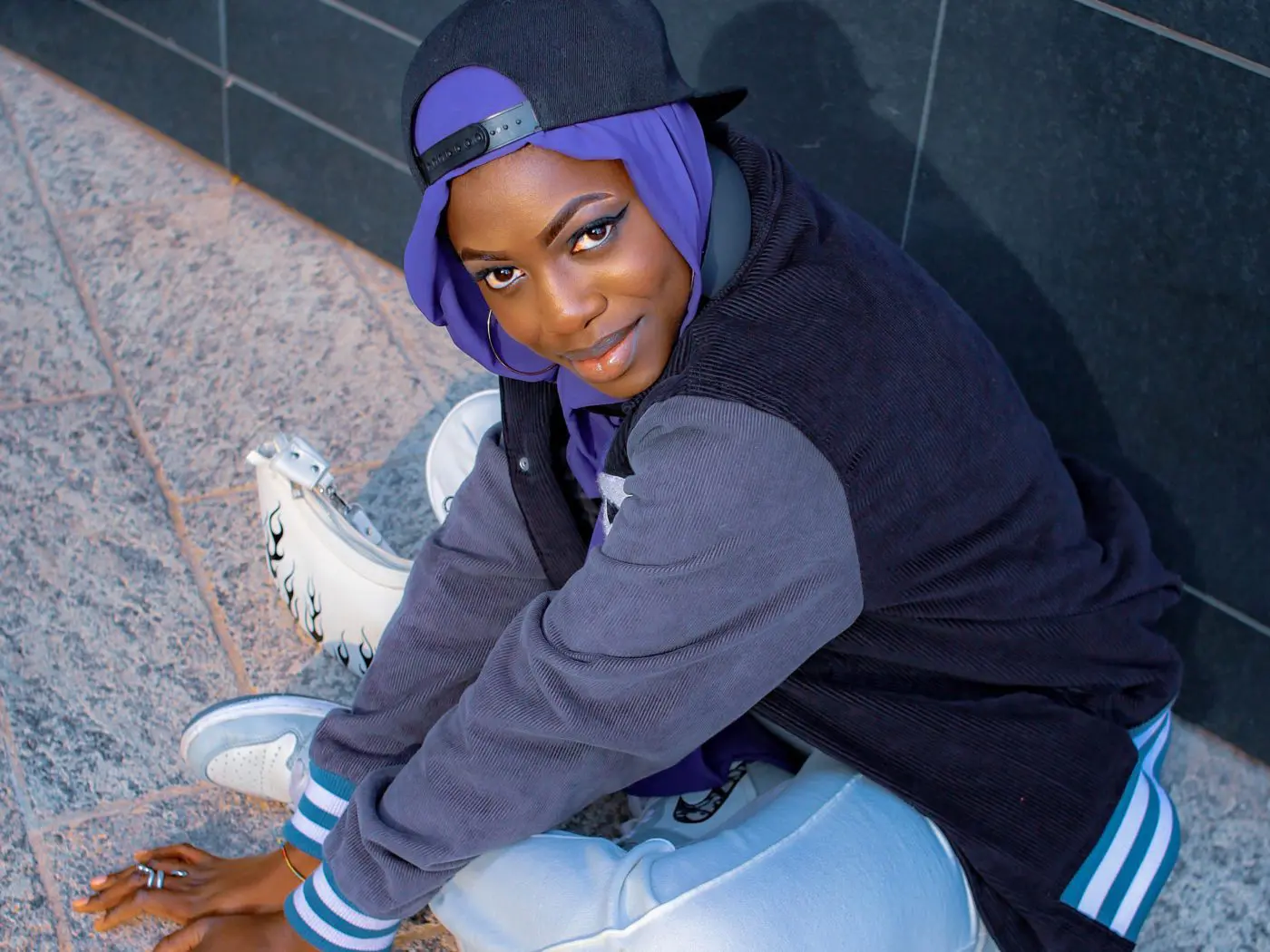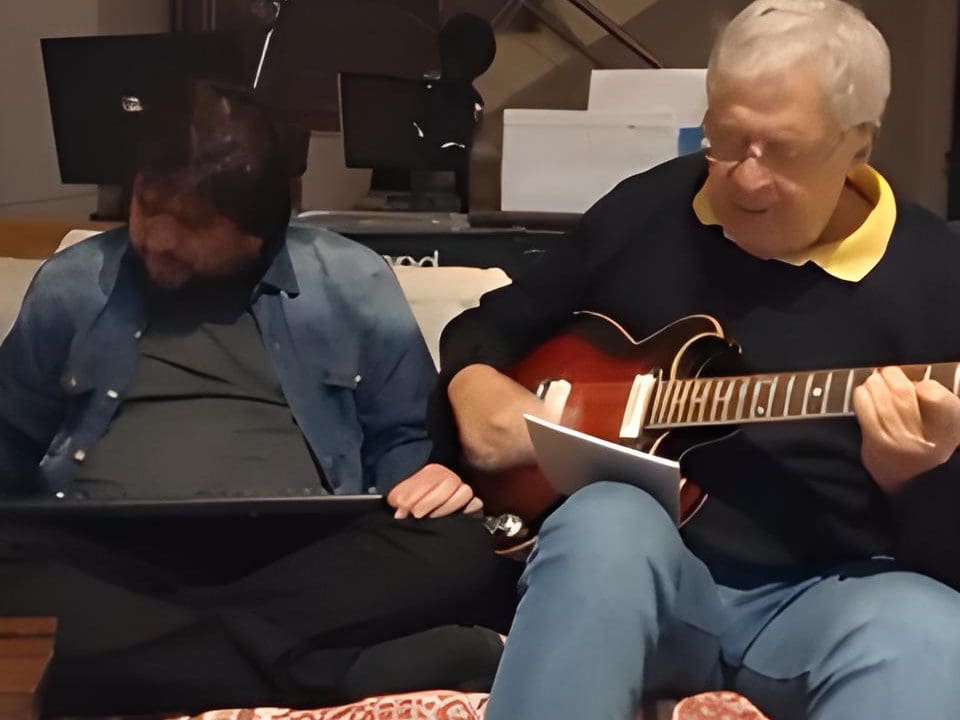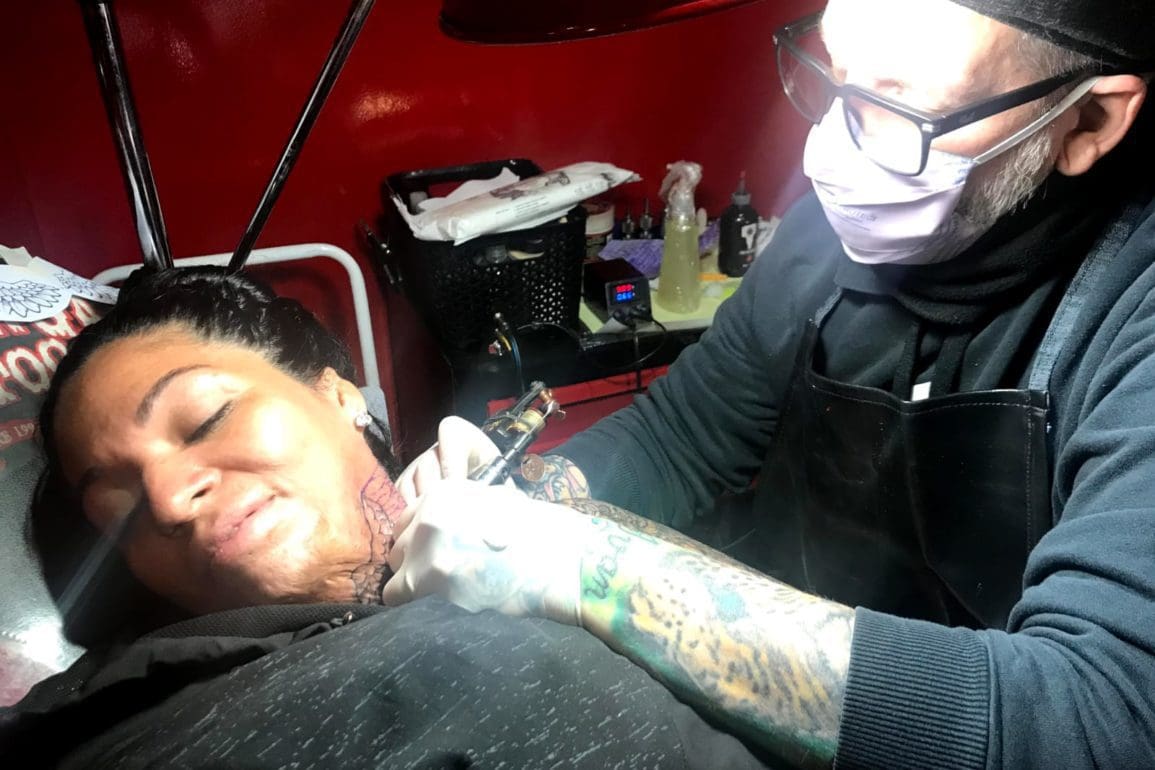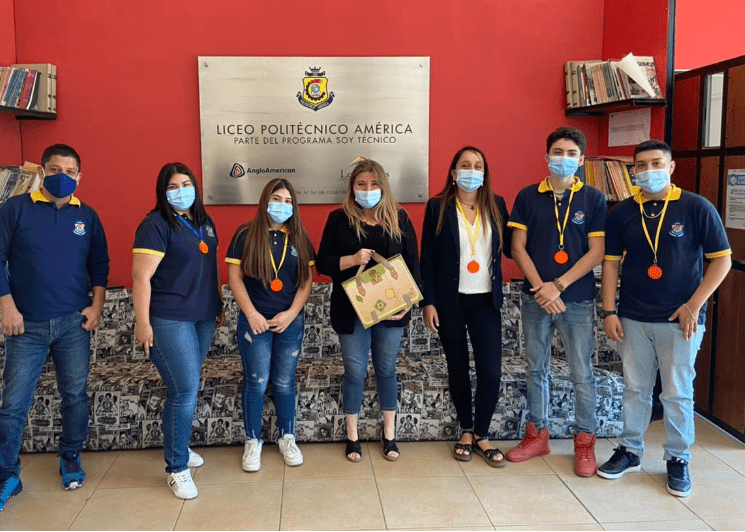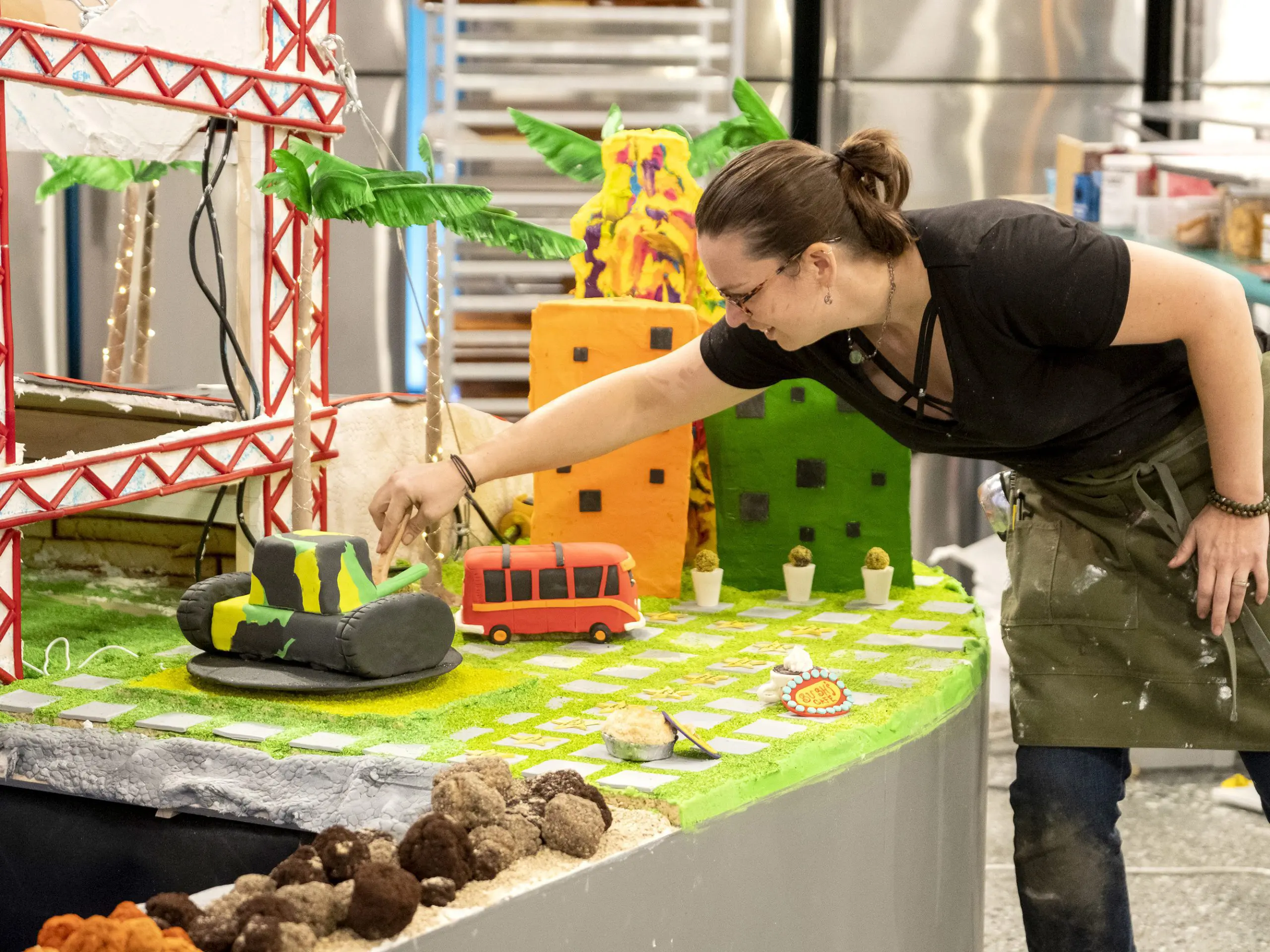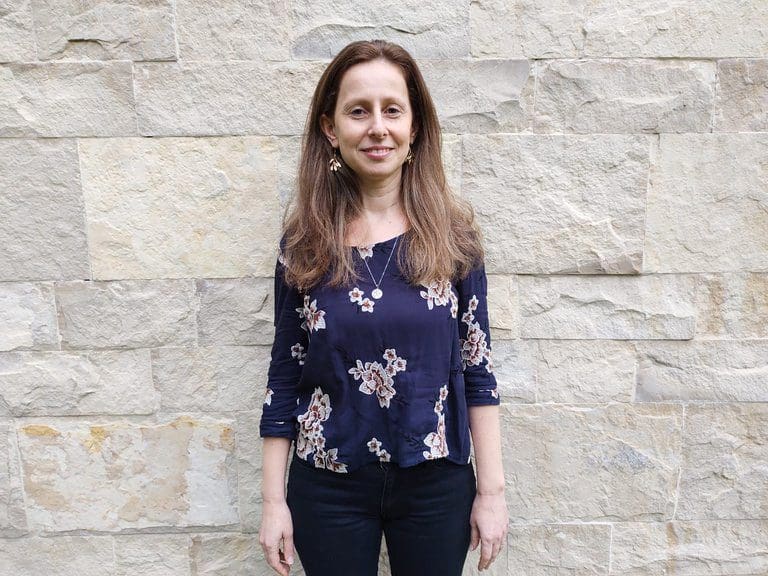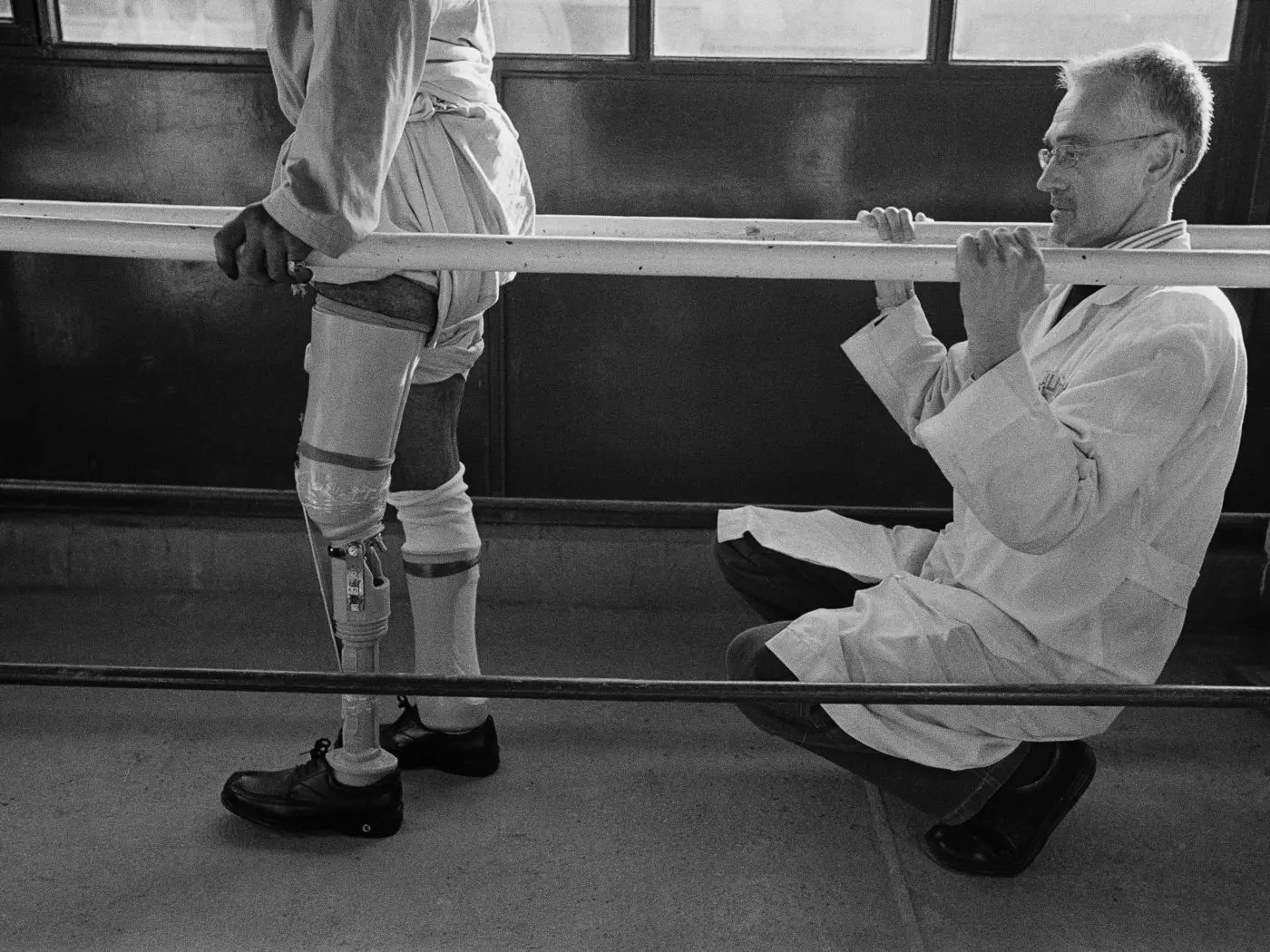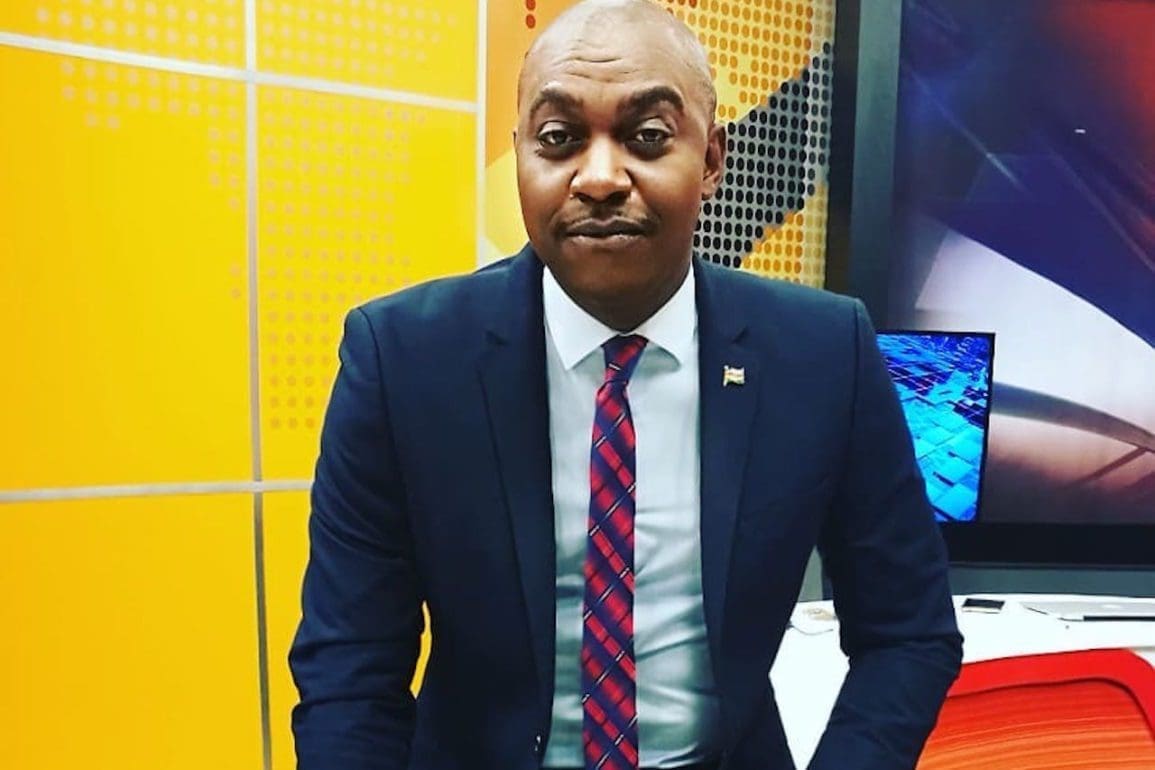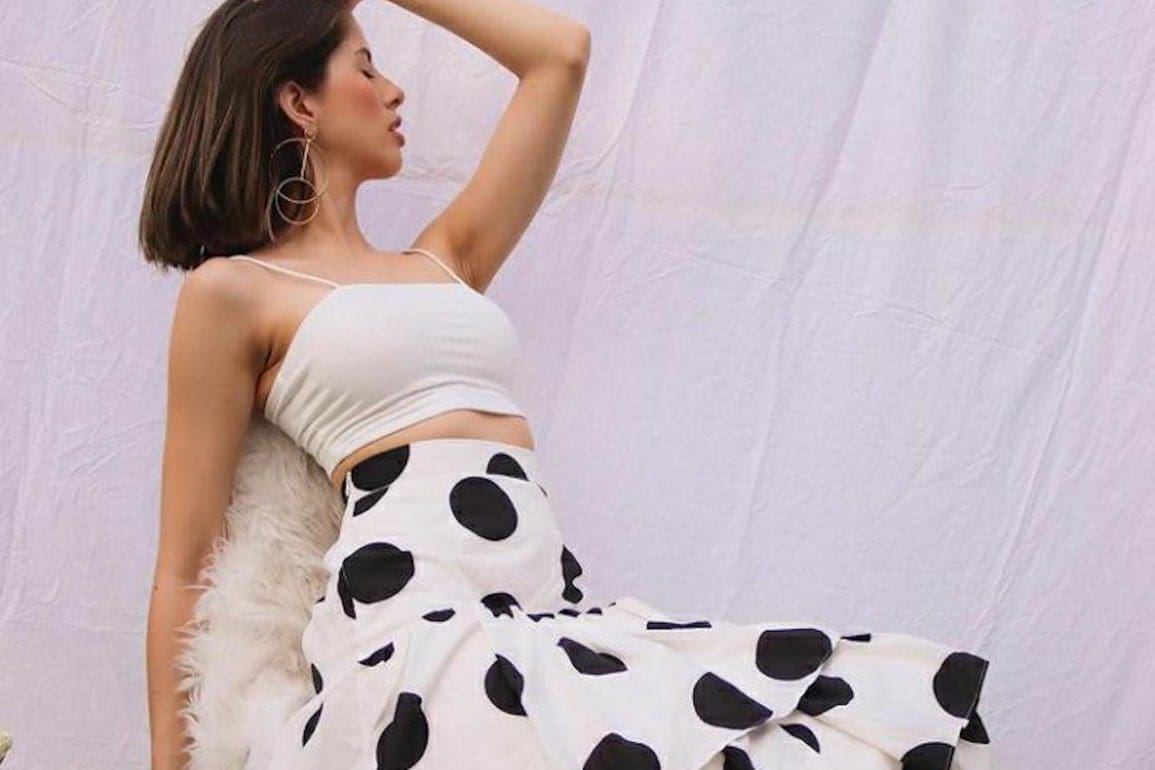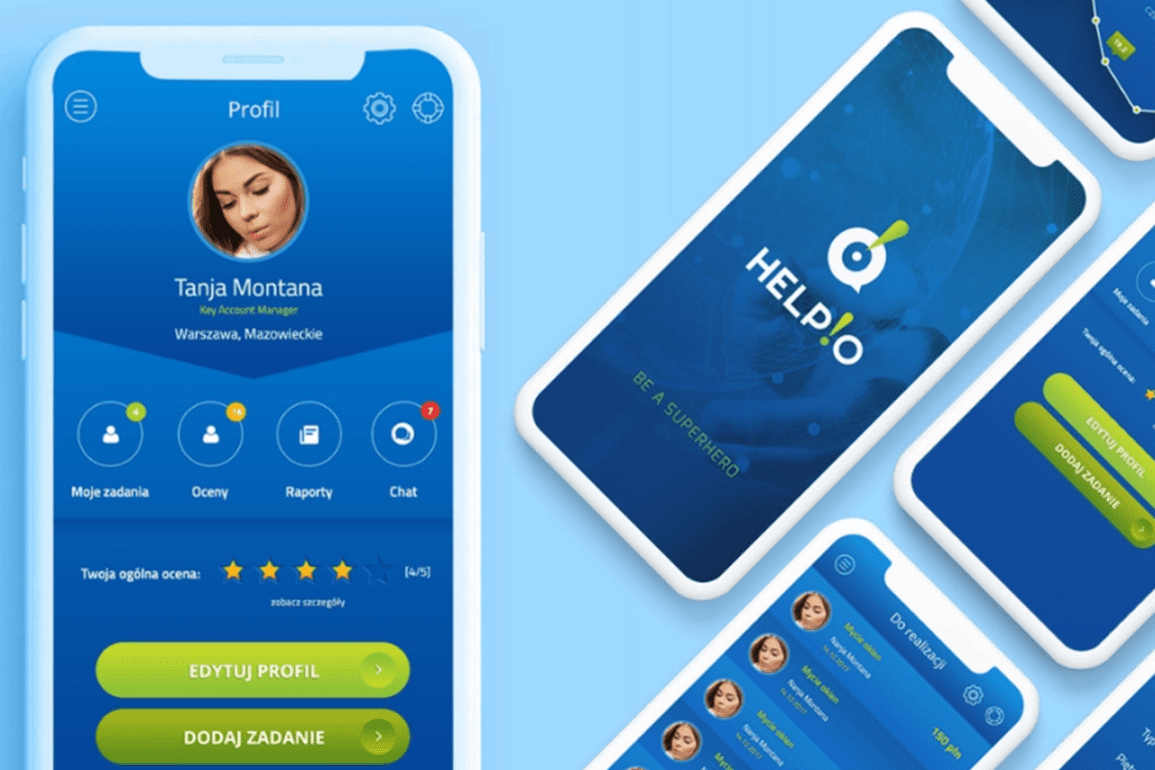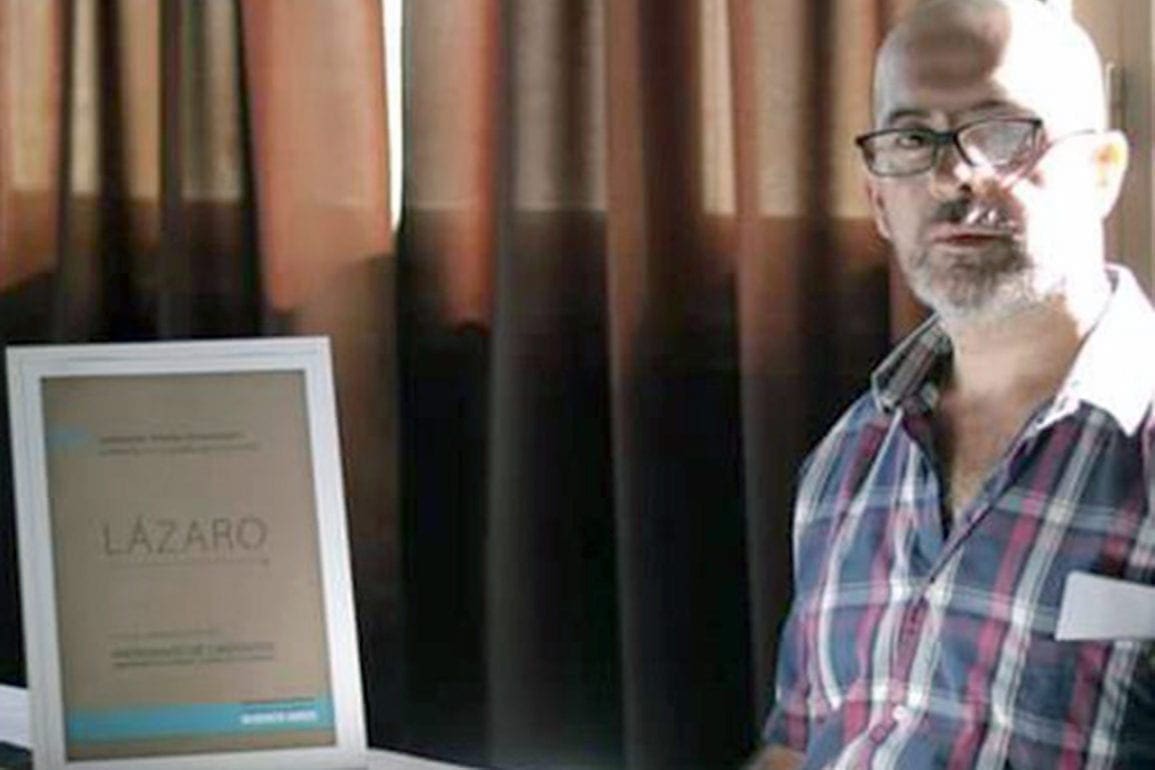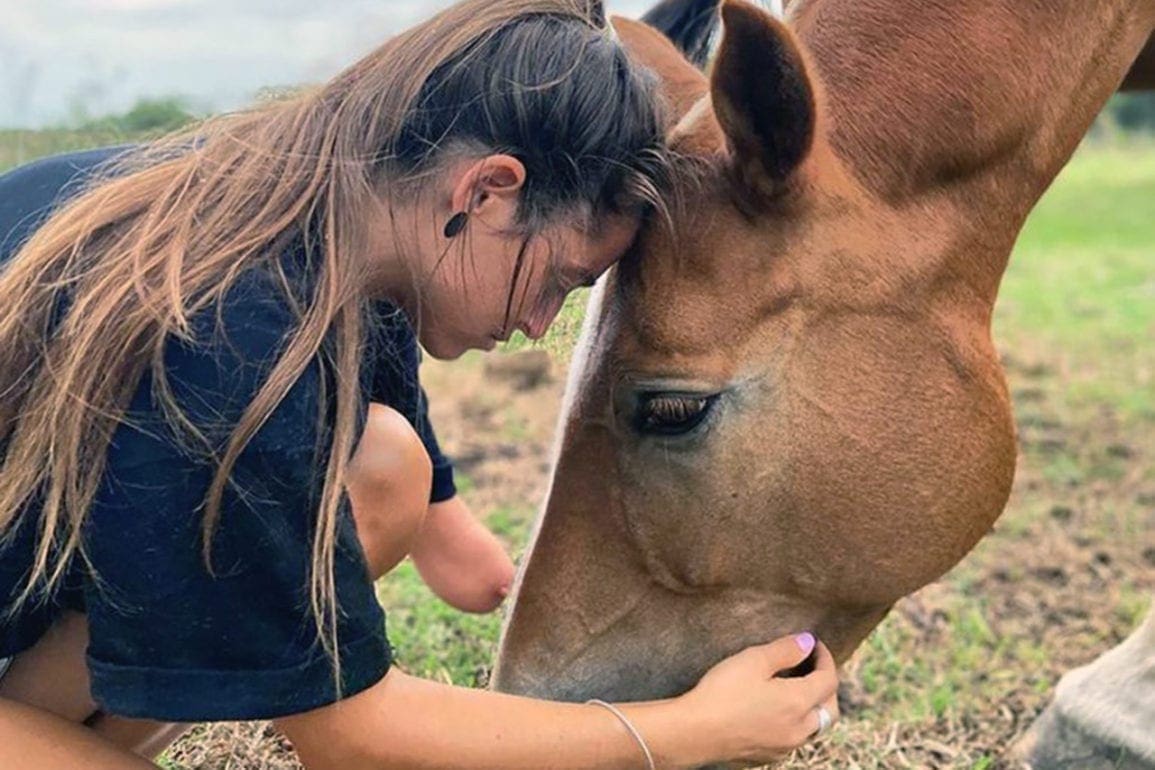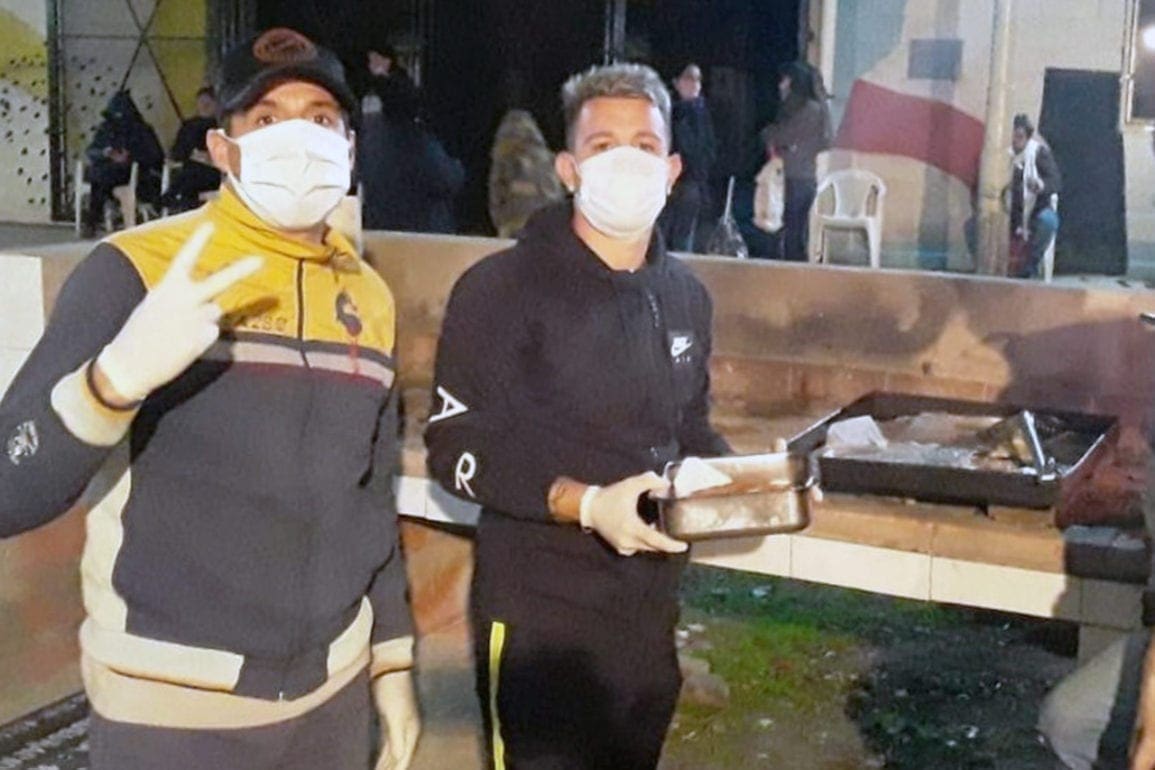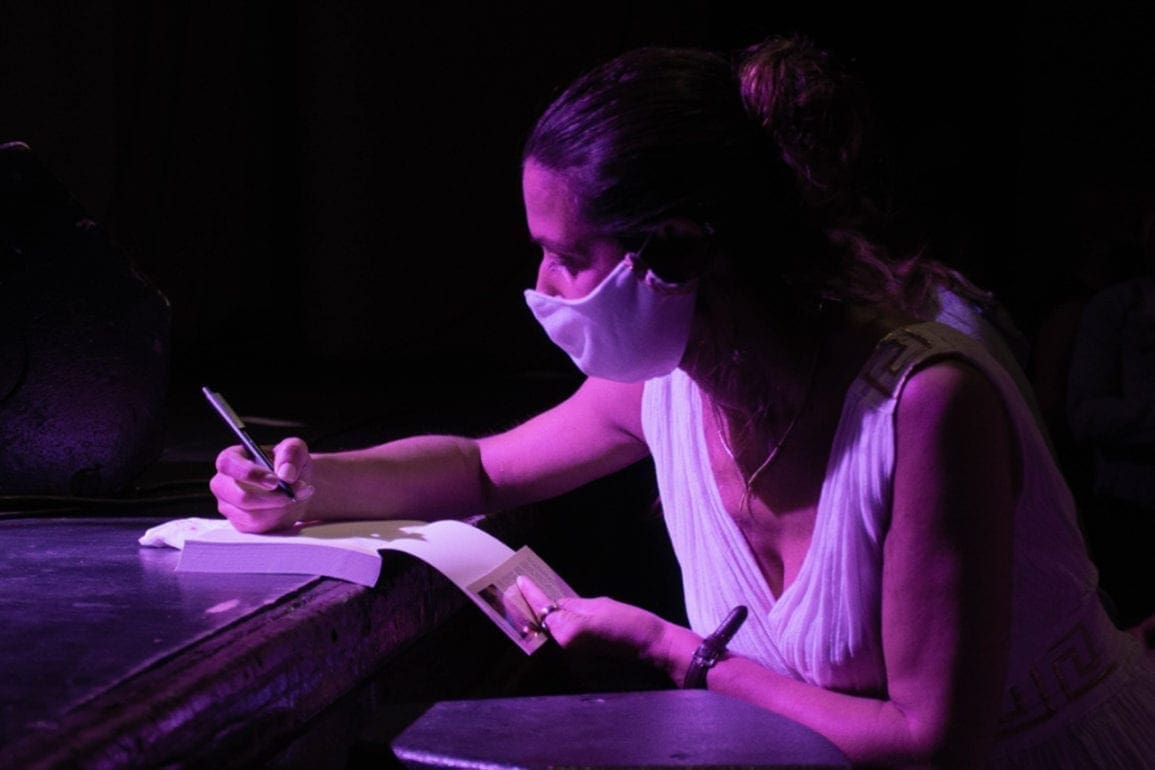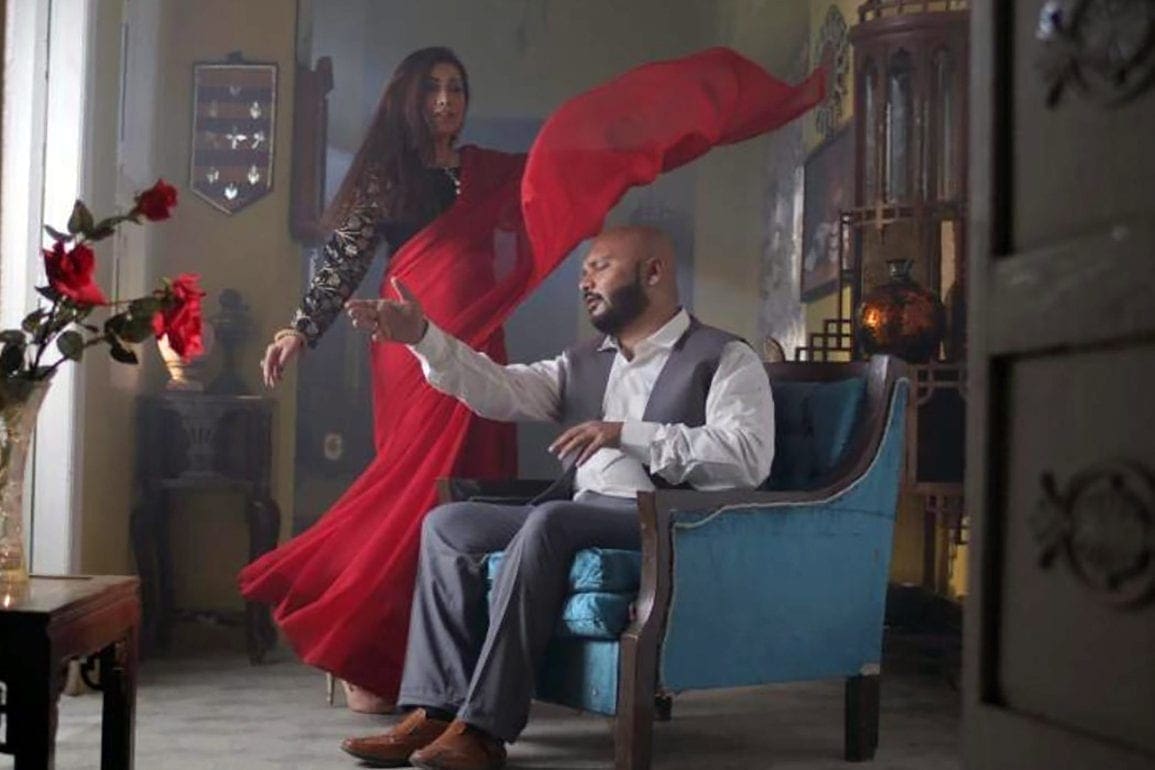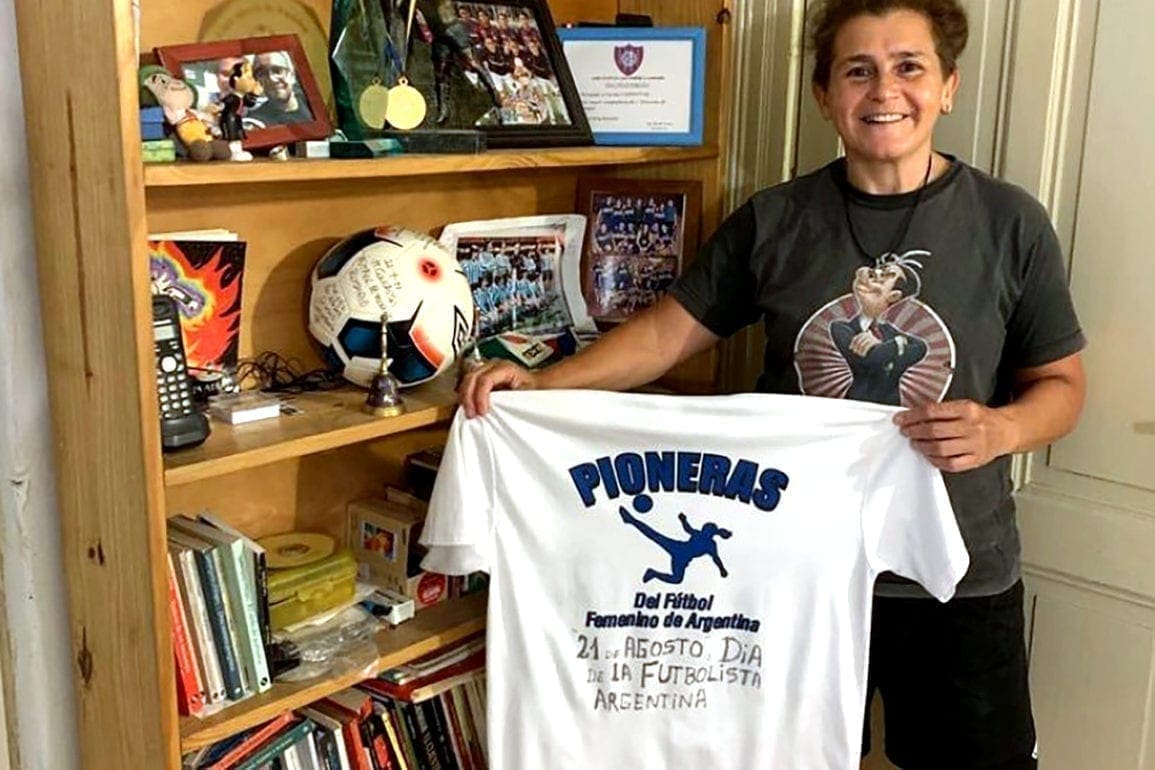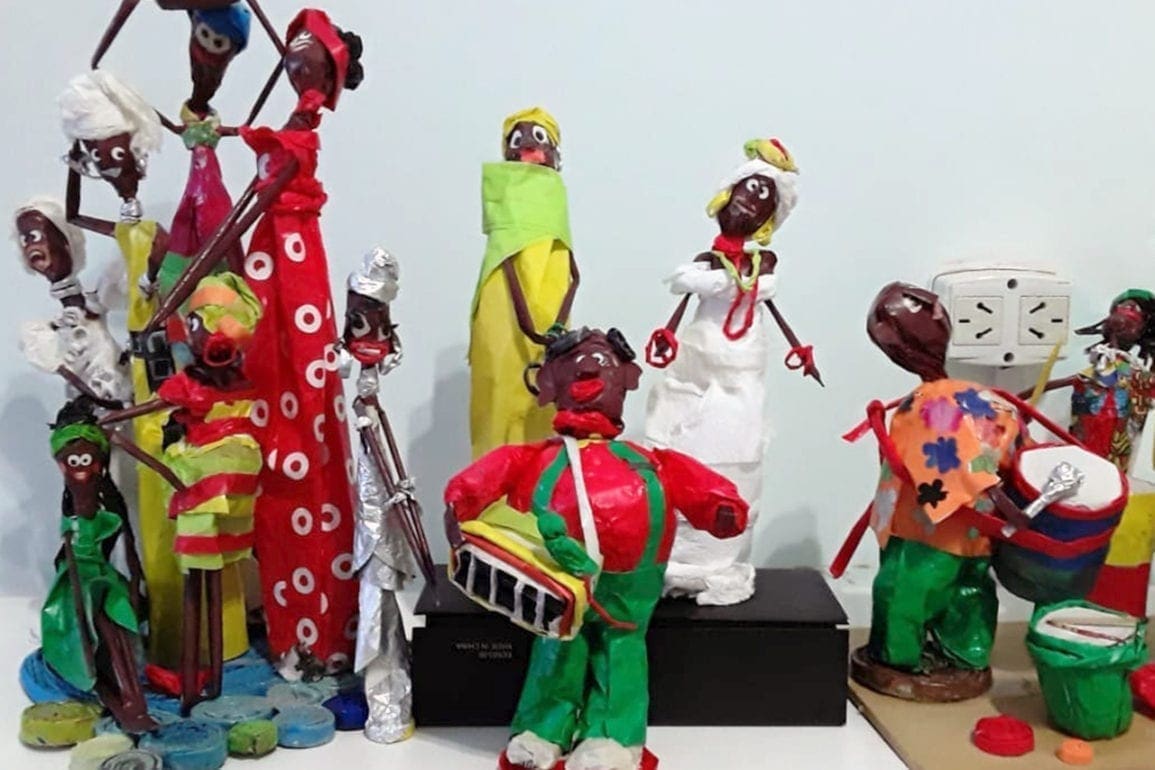Architect in India travels the world, shares love affair with fountain pens
The key to opening some of life’s most difficult doors can come in the form of a beautiful handwriting style. In the age of supercomputers and smartphones, this critical skill has dwindled. When I step in front of an audience for a public talk or deliver a workshop to students at an architectural school, people become eager to take up the use of fountain pens.
- 2 years ago
November 13, 2022
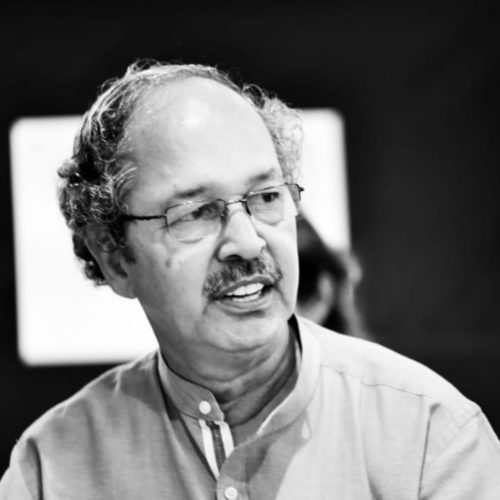
MUMBAI, India ꟷ I have enjoyed a love affair with fountain pens for 53 years. At 69 years old, I still make trips to distant cities to offer seminars and talks about pens and their history. Enjoying a fountain pen resembles partaking in a fine meal or glass of wine. The entire experience becomes meaningful and gratifying.
Nothing can replace the warmth of a handwritten note
My love affair with fountain pens started in eighth grade, when my first pen arrived in 1969. Though I do not recall the brand, I vividly remember its tan color. The passion I felt lay dormant until adulthood, when I took my first job in 1977 at an architectural firm.
With my first paycheck, I bought a Pilot Birdy fountain pen for 200 rupees. The broad nib appealed to me, and it reminded me of my first pen, which had widened due to repeat usage. The nib of a fountain pen serves as its heart and blood, respectively.
Friends and others joked, saying I should not have spent half my paycheck on a single pen. I still have it in my possession today and it works. A fountain pen represents a status symbol. Carrying a Montblanc pen is like carrying a star in your pocket. The arrow represents a Parker pen, and a dot on the clip points to a Sheaffer.
In my opinion, the fountain pen remains the finest writing instrument still used today. Even in the heartless digital era, a nice handwritten note offers people a personal touch. The warmth and feeling it carries cannot be duplicated by the printed word.
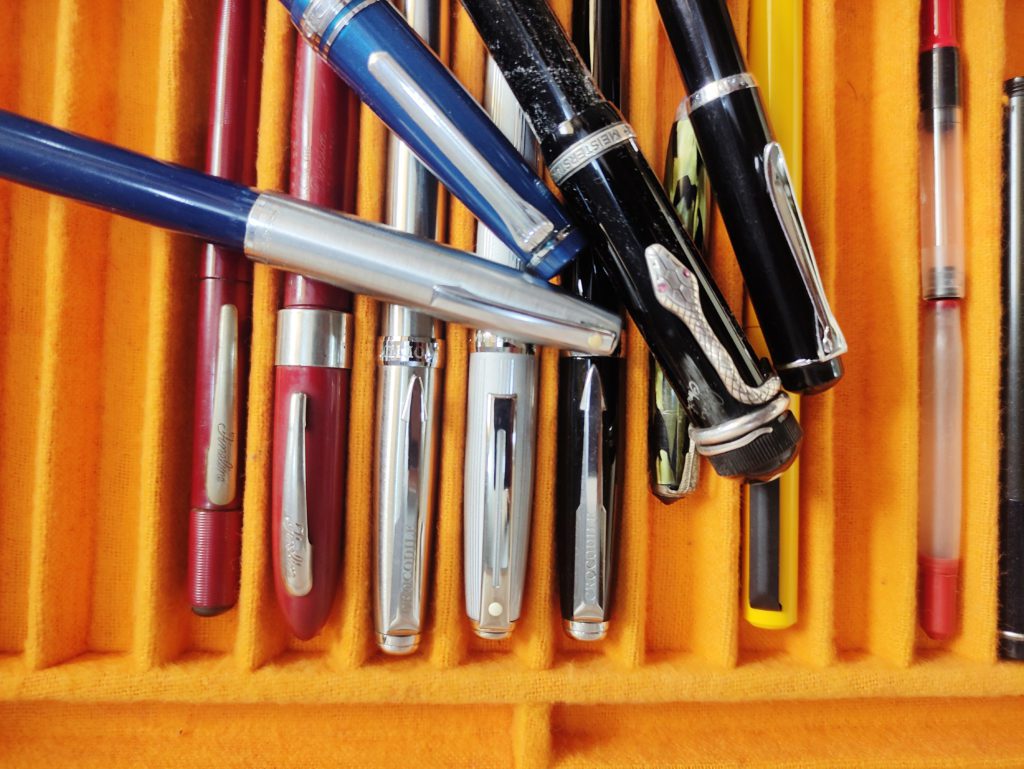
As an architect, I also appreciate the aesthetic qualities of the pieces. I select ink bottles to purchase, for example, based on design. One person’s perception of beauty may differ from another’s, but generally, we often find common aesthetics attractive.
From treasure hunting unique pieces to discovering gold-infused ink
When I travel, I visit scrap stores and pen shops. Scrap sellers often serve as the best place to find ancient pieces. In my travels, I have haggled rare inkpot bottles from Sheaffer, Parker, and Cross.
My current collection consists of 350 fountain pens including those mentioned, as well as Montblanc, Montegrappa, Delta, and Japanese Pen. My collection also boasts 300 mechanical pencils and 313 inkpot bottles in various brands, colors, shapes, and sizes.
In the early days of writing, the only ink colors we had were blue, black, red, and green. In fact, it all started with Blue Camel Ink – the most affordable and basic ink ever used. Here in India, well known brands like Sulekha from Kolkata and Bril from Bangalore come in myriad colors today. I have enjoyed the beauty of violet, yellow, and golden inks.
As the years passed, my interest expanded, and I steadily added more brands and colors to my collection. Incredible tales exist behind the brands which produce fountain pens, the colors, and the forms of the bottles. Some brands offer endless colors, like Robert Oster.
Others infuse scents into the ink. Montblanc offers “the ink of love” with a rose aroma, and the “James Purdy Ink” which smells like single malt whiskey. One of their inks, called “Personal Code Ink,” is infused with plant DNA to sign priceless documents wherein the signatory can be verified through forensics.
In fact, Montblanc even has “Elixir Gold Ink,” limited to 100 bottles, each of which contains real gold dust. Other interesting creations include shimmer ink which glows from the thin metallic particles; and the classic invisible ink which must read under an ultra-violet light!
Stopped in customs for carrying inkpots from Japan
In 2008, I went to Japan to judge an architectural student competition. At a local pen shop, a few unique inkpots caught my attention. So enthralled, I acquired about 20 to 25 ink bottles that day for 25,000 rupees.
I flew home and when I arrived in India, customs officers at the Mumbai airport stopped me and asked what was in my luggage. In a courteous reply, I informed them I carried several ink bottles in my bag. The agents laughed and said, “Others carry bottles of booze, and you carry ink bottles!” Fortunately, they let me leave.
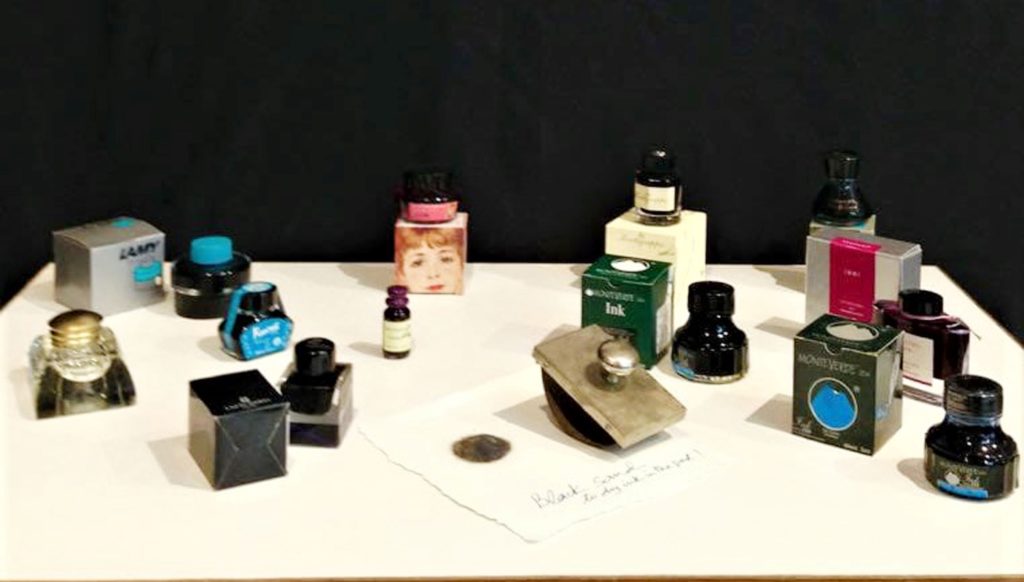
Ink bottles come in a wide variety of materials, shapes, and sizes. Typical ink pots consist of glass or plastic, but I own bottles made of brass and even crystal with glass inscriptions. Some pots I cannot afford, like “The Eternal Bird,” a crystal pot bearing the sculpture of a gold or silver bird.
Some people collect stamps, matchboxes, or cigarette wrappers, but I never knew anyone who collected fountain pens and inkpots. I was and still am smitten by it.
Passion for fountain pens takes man to universities and lecture halls all over India
The key to opening some of life’s most difficult doors can come in the form of a beautiful handwriting style. In the age of supercomputers and smartphones, this critical skill has dwindled. When I step in front of an audience for a public talk or deliver a workshop to students at an architectural school, people become eager to take up the use of fountain pens.
Sharing lectures on the origins, development, and design of fountain pens helps interest grow. My passion led me to many great opportunities like presenting at Manipal University in Dubai in 2007 and delivering a 13-day program at the National Institute of Design in Ahmedabad in 2010. I even earned an invitation to speak at the “India Pen Show” at the Nehru Center in Mumbai in 2020. Just this year, I earned the opportunity to speak on the manufacturing process used by the Montblanc Company at the “Pune Fountain Pen Show 2022.”

The joy of this hobby extends beyond collecting and speaking. I also get to share my collection with the world. Three times, it went on display in Maharashtra, allowing the general population to partake. I remember answering many questions and smiling as I spoke to attendees, while I shared facts like the history of pens named after Agatha Christie and Mahatma Gandhi.
The Christie pen features a cobra with two ruby-studded eyes and a cobra-hooded nib. A walking stance appears on the jib of the Gandhi pen, while the body features fine lines resembling khadi (hemp) strings. Montblanc only produced 241 Gandhi pens and it was later banned by the Kerala High Court of India for exploiting Gandhi’s image for commercial gain.
Helping people select and purchase their first fountain pens
When buying pens, many individuals come to me for guidance. I help them understand the types of nibs that suit their intentions. Nibs come in fine writing, big, medium, wide, double broad, and other sizes. I also ask if they intend to utilize the pen frequently or sparingly, and what their goals are. Some people use pens to write papers, take notes, or do office work.
Others use the pen as a status symbol, proudly displaying their preferred brand. So, while the Montblanc and the Lexi-5 produce identical handwriting, one may select purely on brand and price. Pens can cost from 100 rupees (less than $2 USD) to 15 crore (over $1.8 million USD).
In India, the use of fountain pens continues to grow and about 30 manufacturers successfully produce pens here at a reasonable price. The pens have begun to permeate educational institutions. A Prune-based organization awards fountain pens to the participants in its writing contests.
I have since proposed the same idea to Sulekha in Kolkata; and I have offered businesses proposals to subsidize the price of pens to provide them to school pupils.

